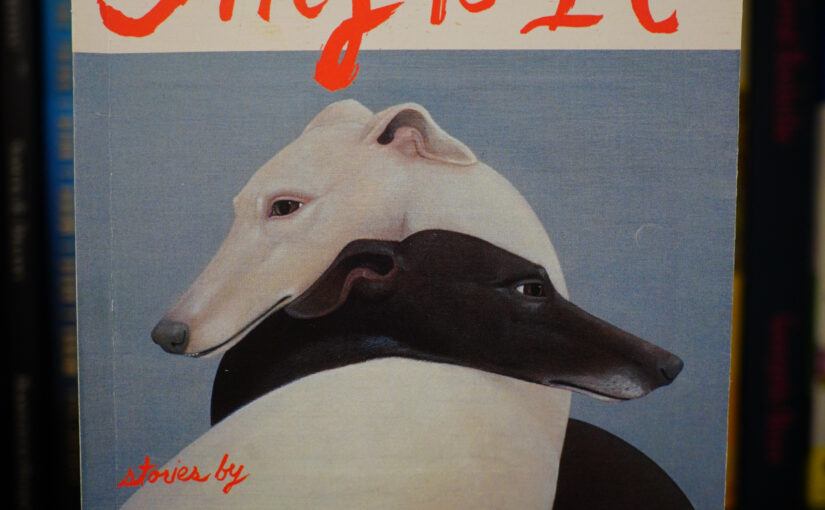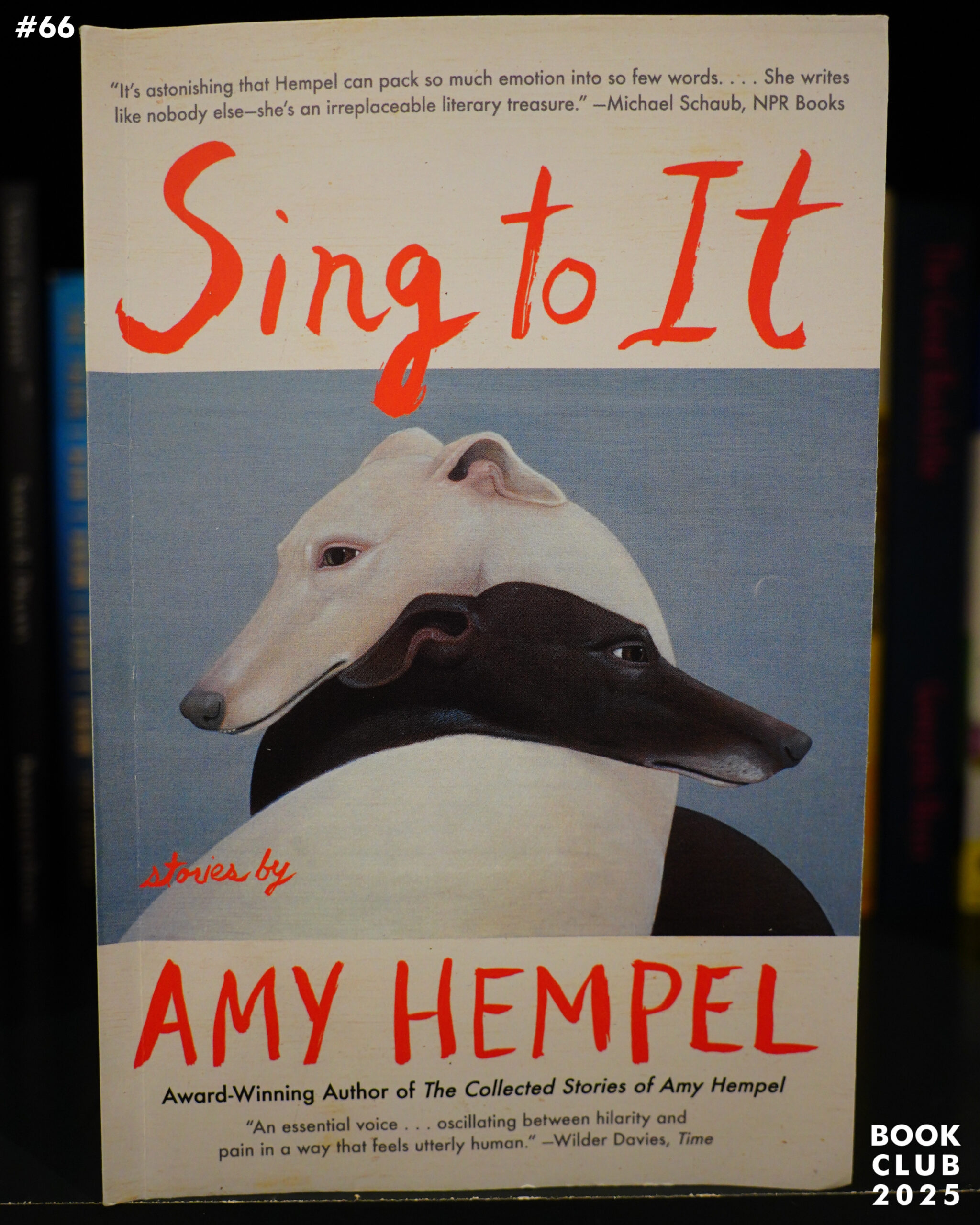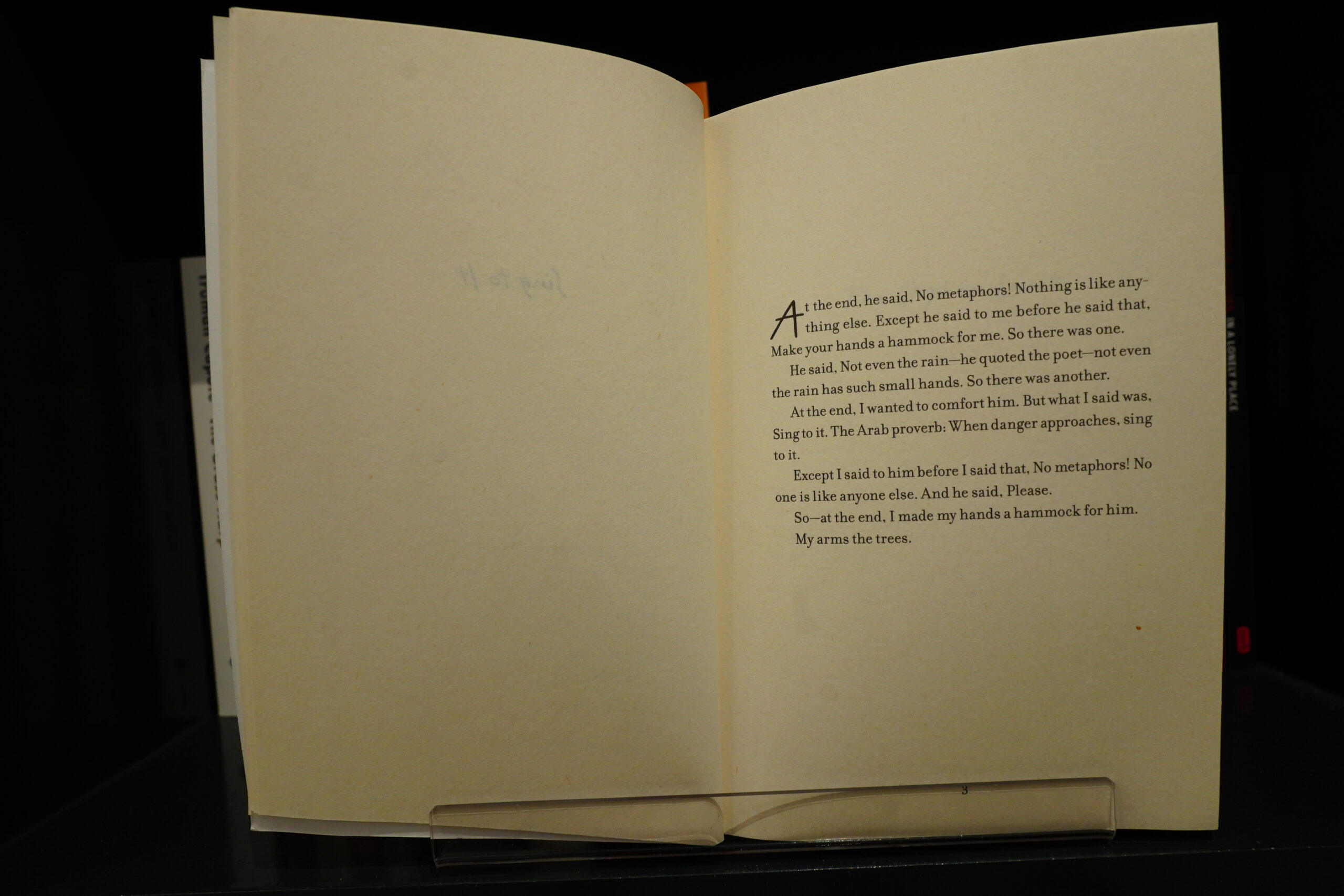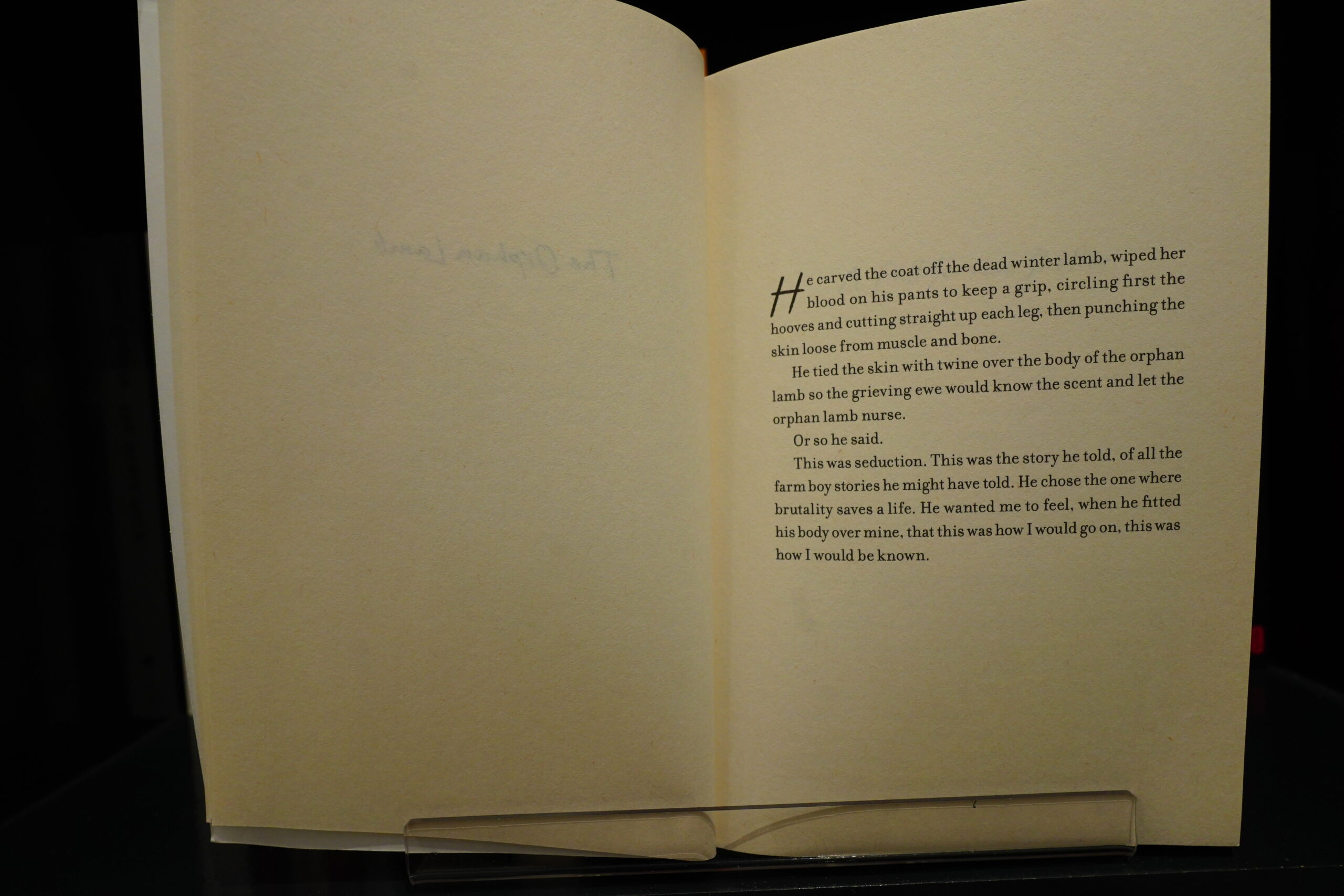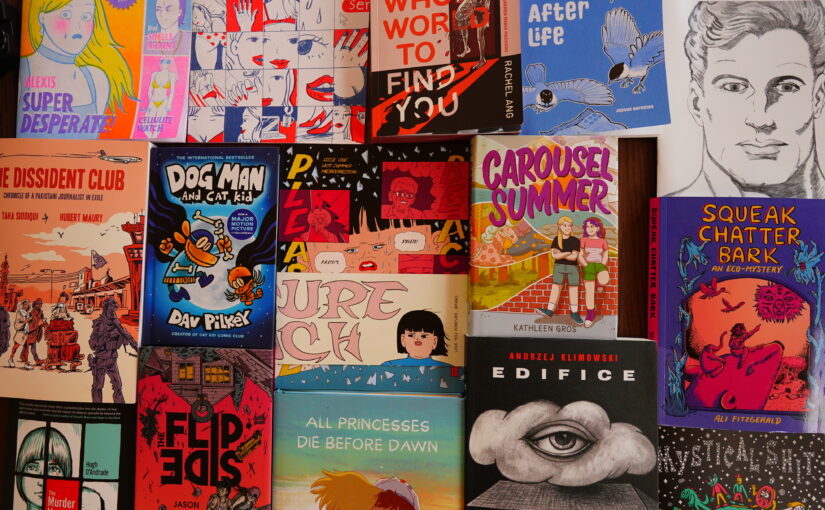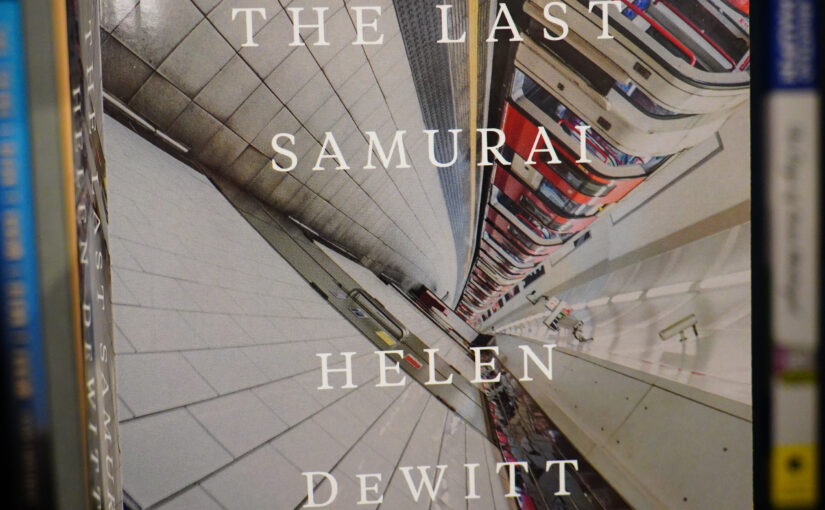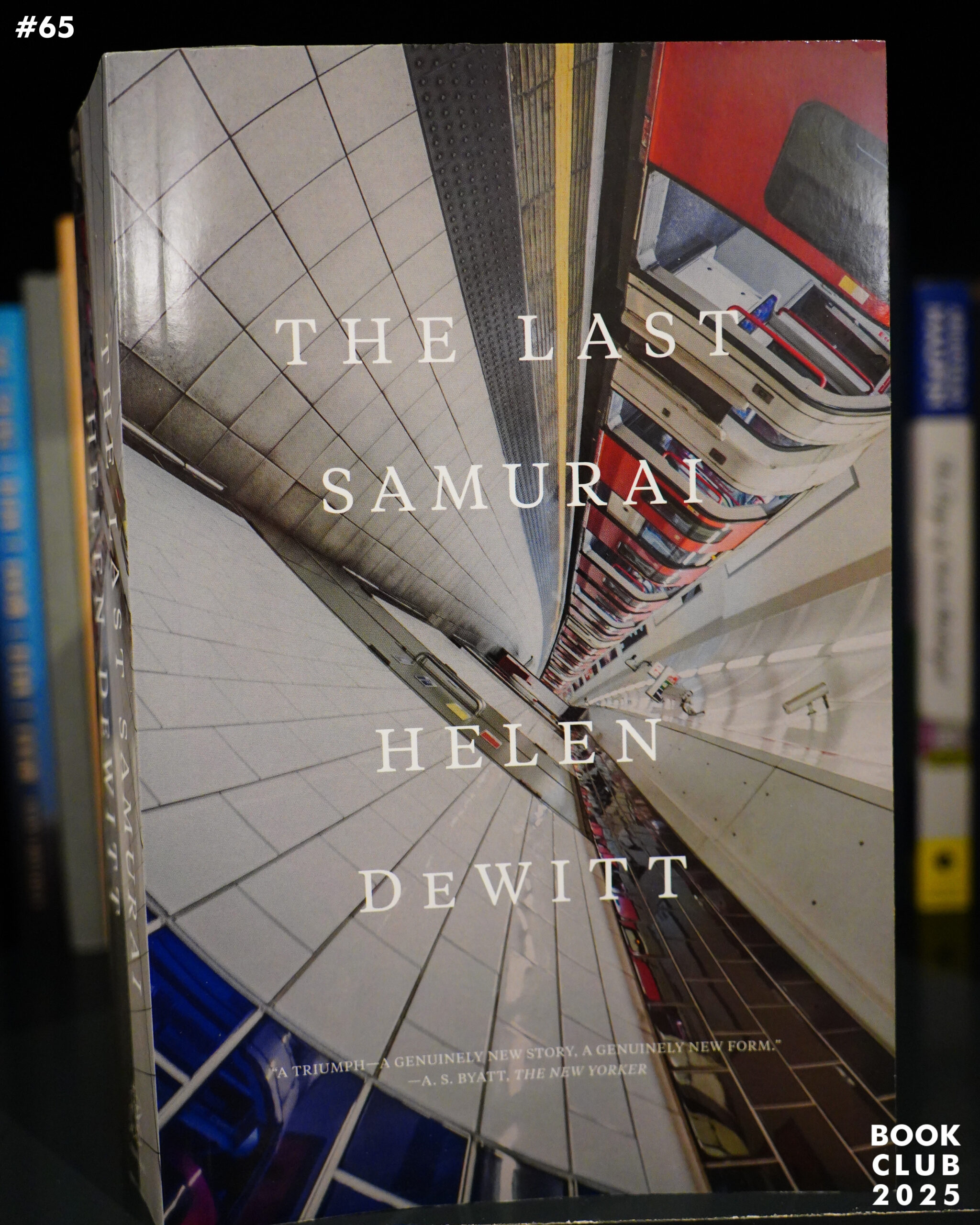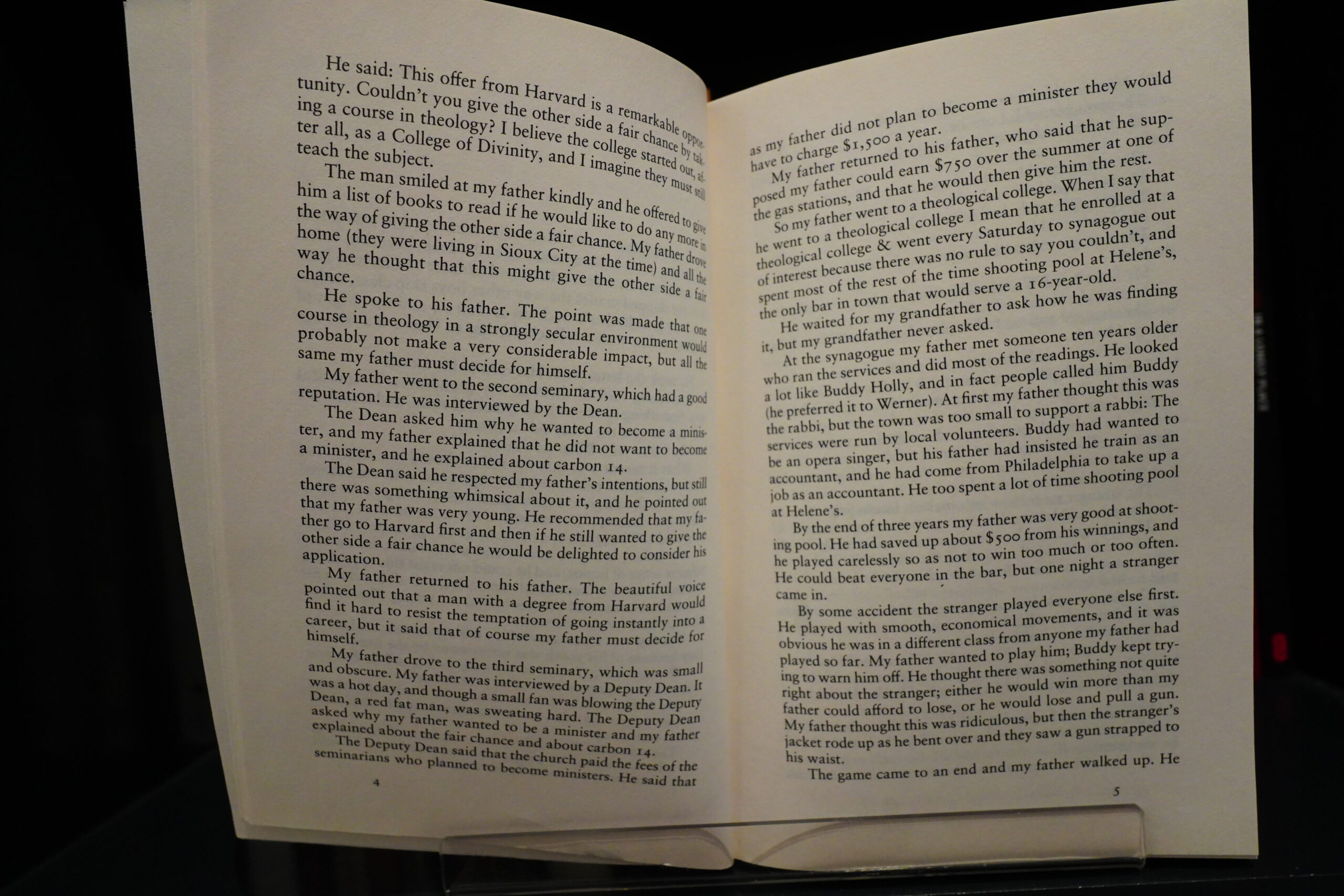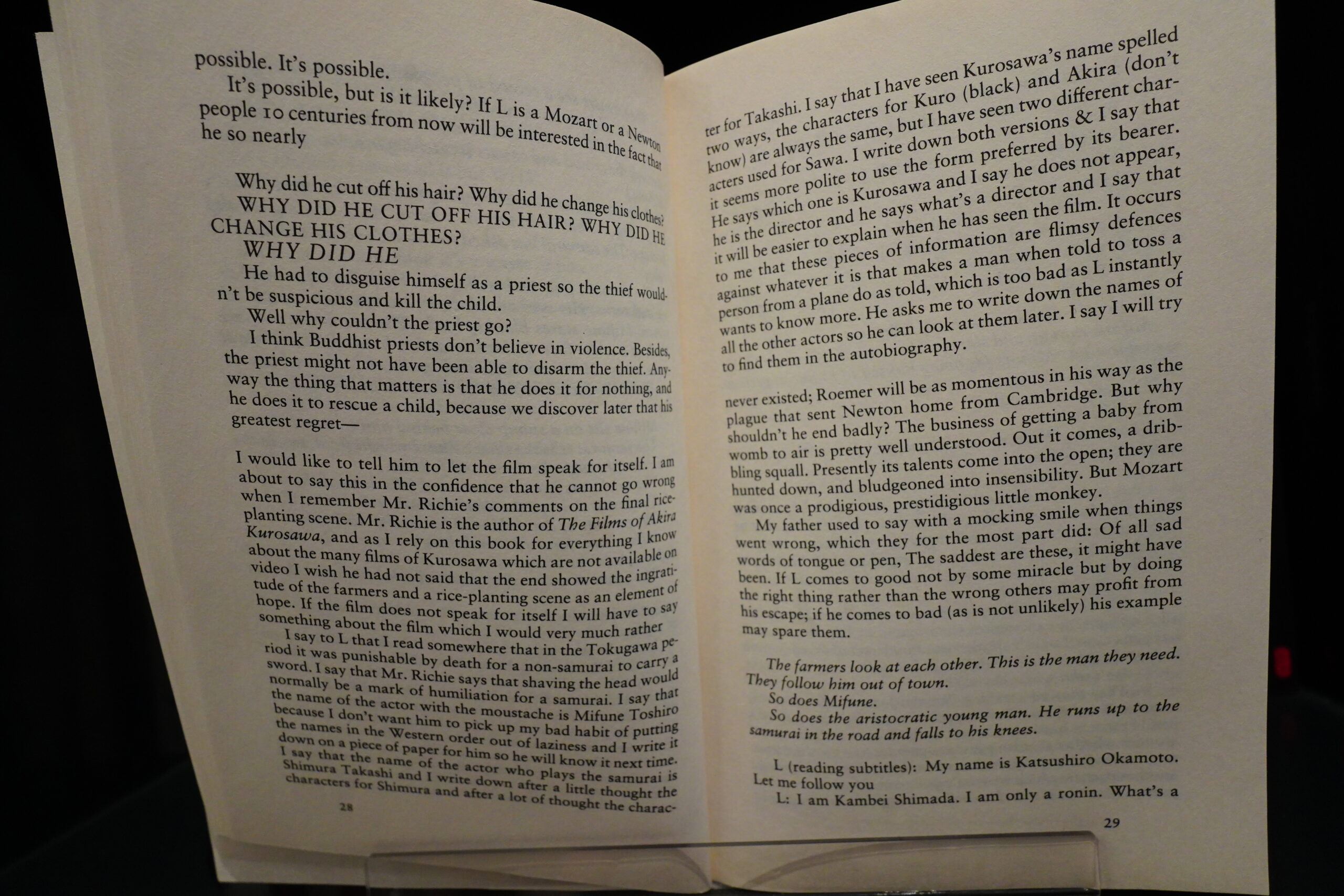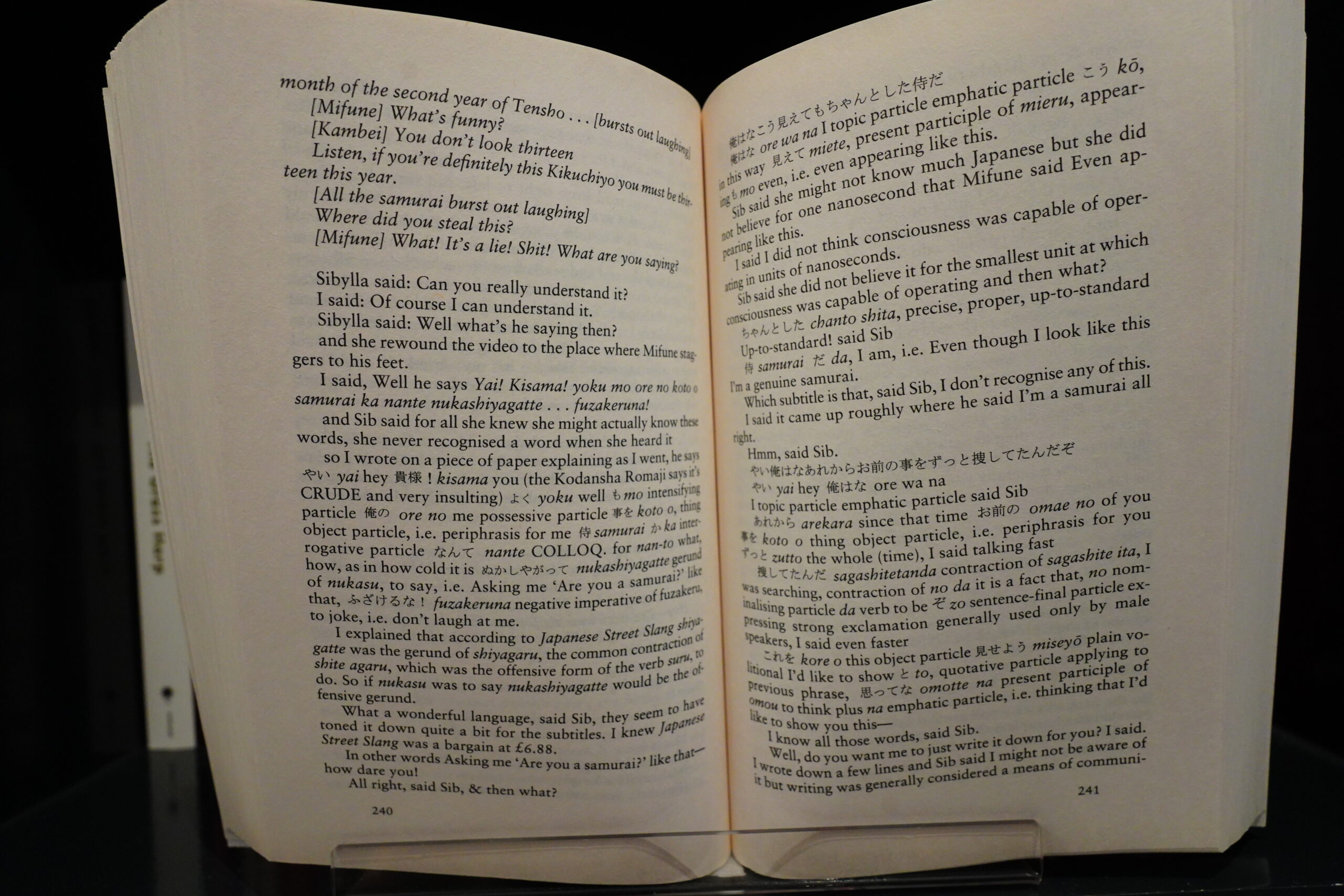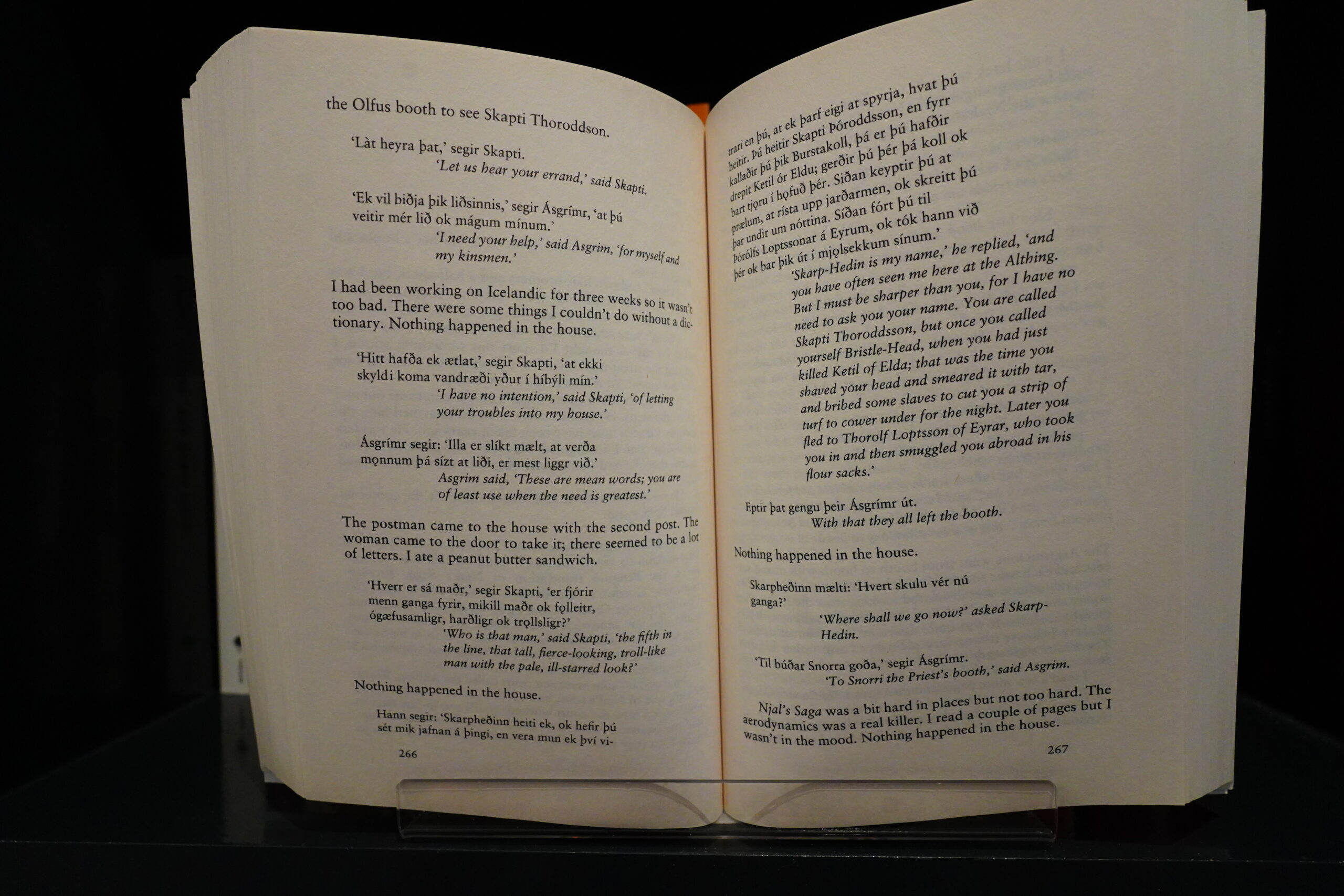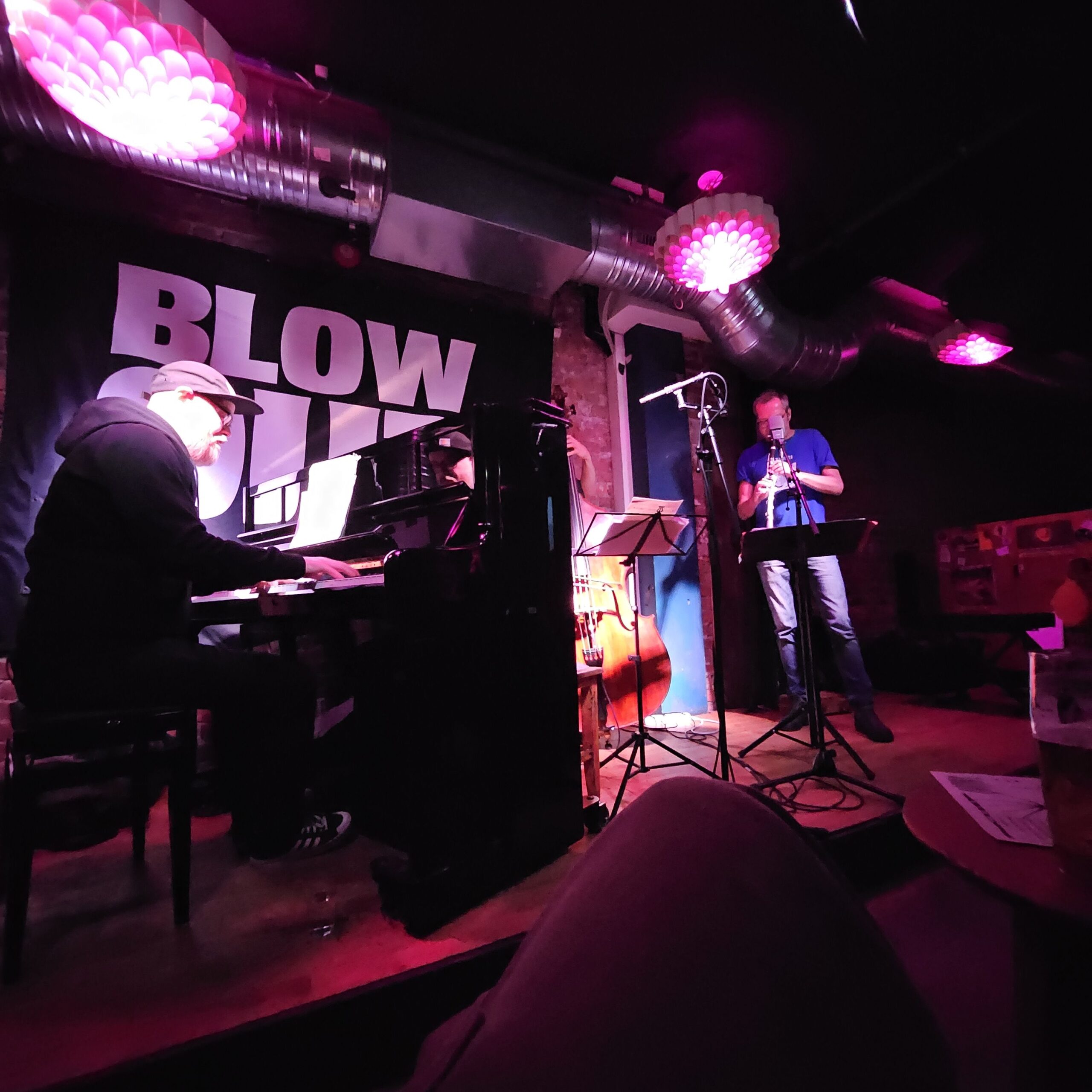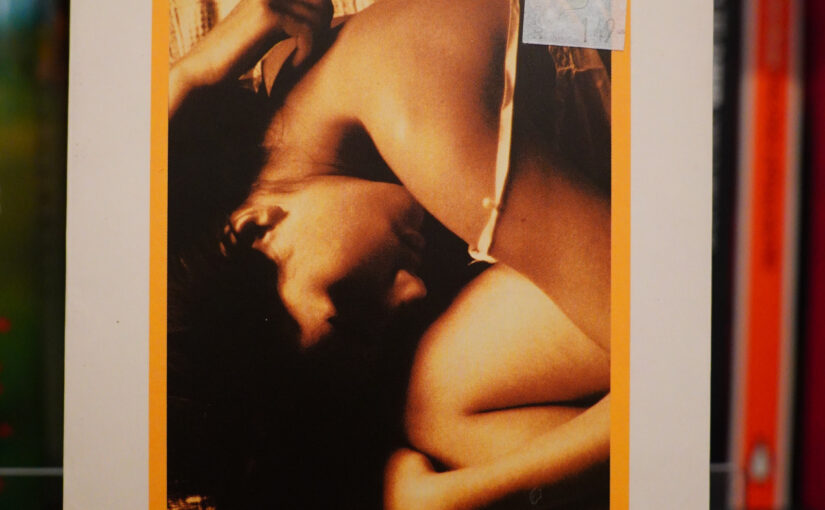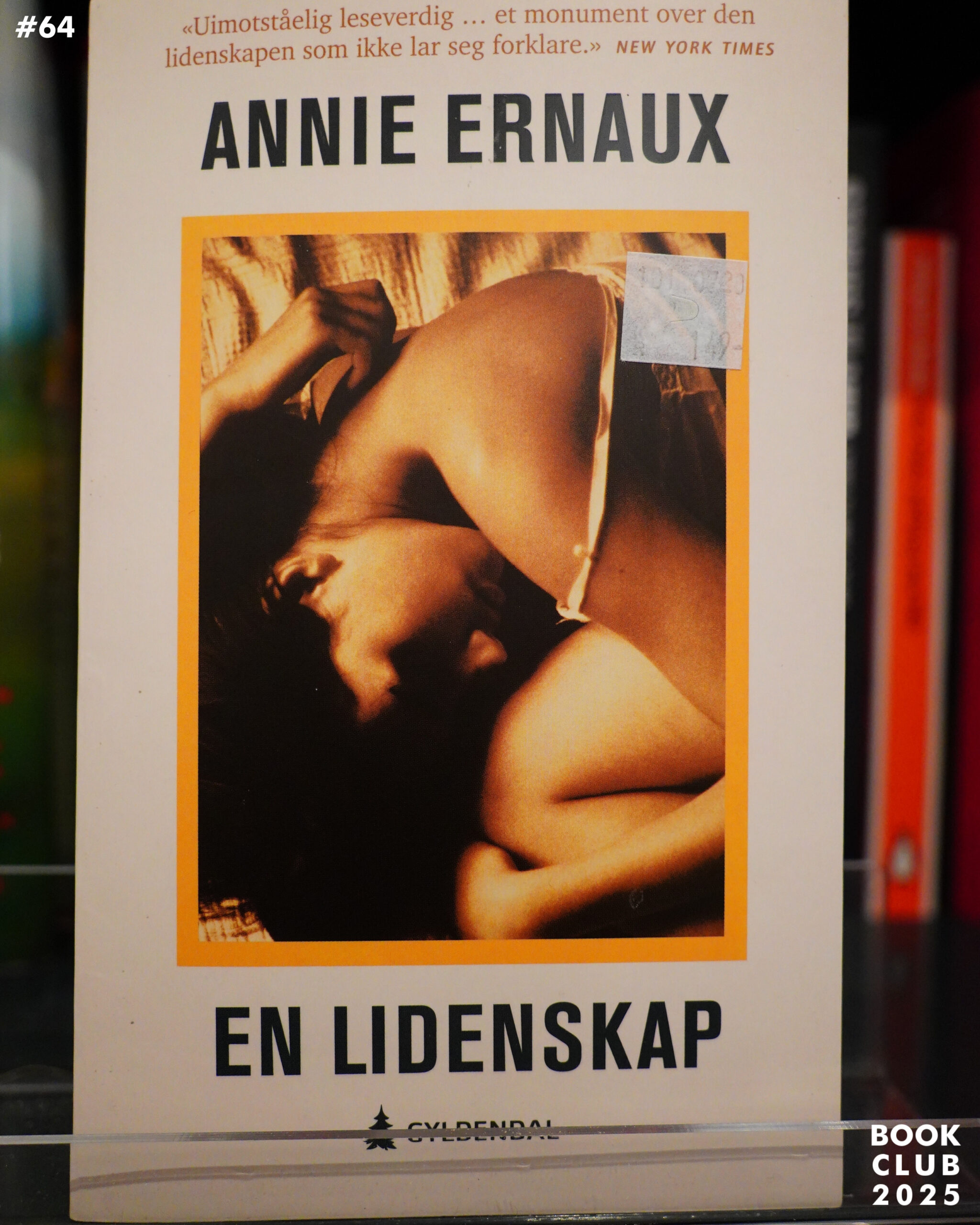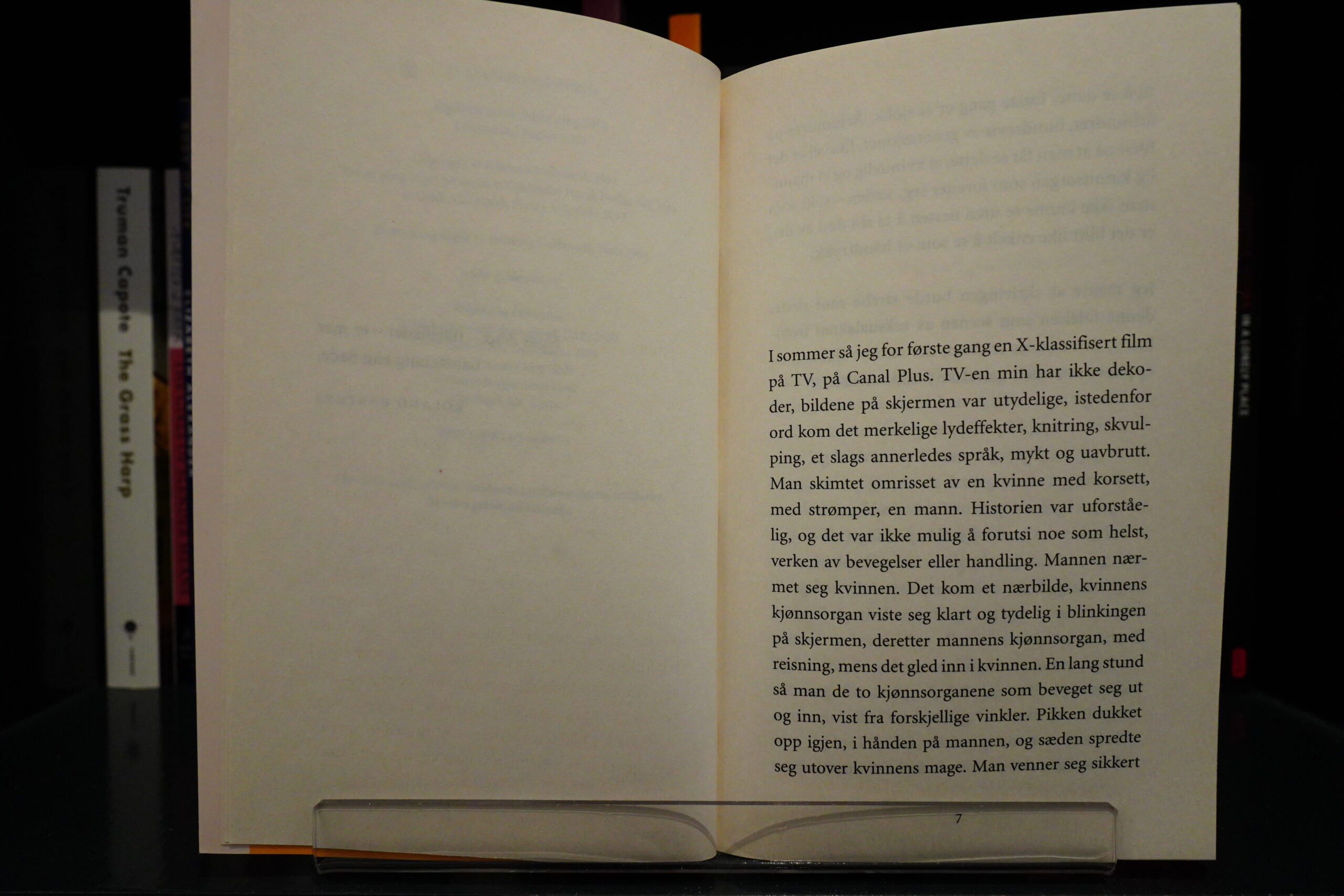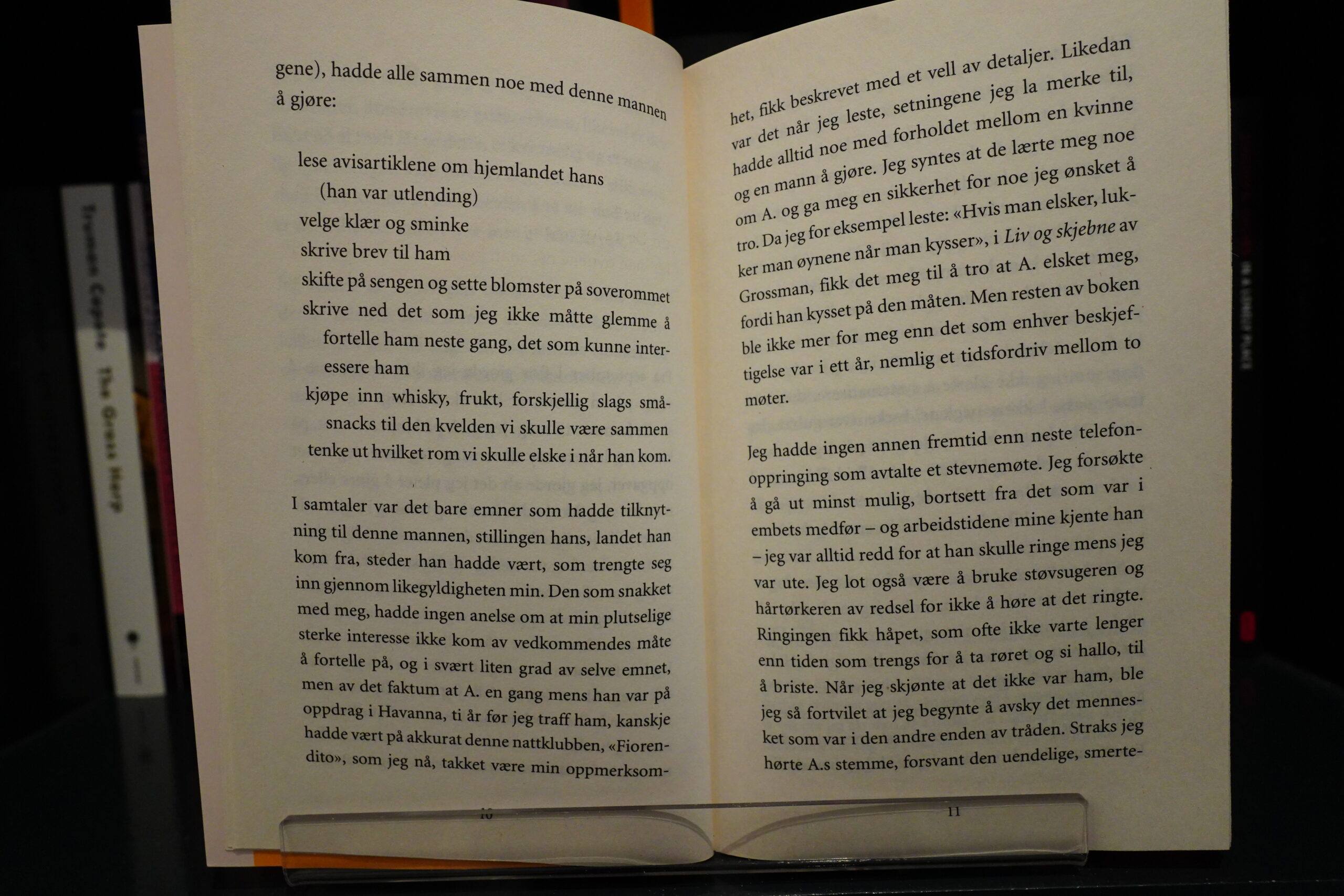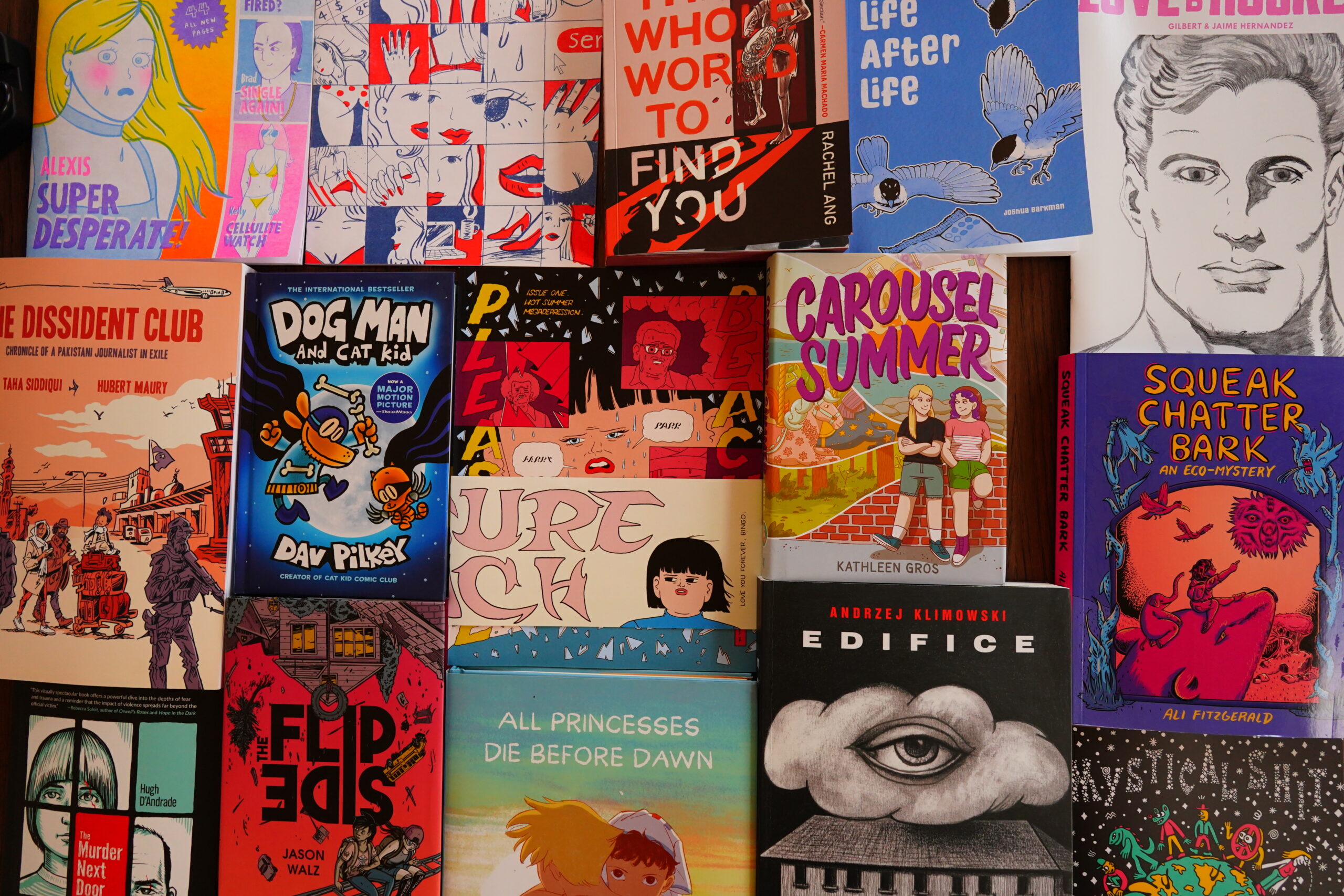
I was using TFAW to pre-order books from the catalogue, but then they shut down. I felt like I was pre-ordering a whole lot more books than I was receiving, but I never actually checked, because, well, that’s work. But when they shut down, I too the list of pre-ordered books (that I hadn’t gotten) and bought them all from bookshop.org. And boy, there were a lot of them, so now I have a lot of reading to do.
But this all makes me speculate on what went wrong at TFAW. It seems pretty stupid to get orders for lots of books and then not fulfil them, because then you’re not making any money. I got all the floppies I ordered, but apparently just a fraction of the books, so here’s my totally uninformed hypothesis: TFAW had liquidity issues. It’s easy to lose money when you run a service like that: If I subscribe to 20 series, and then just stop paying (expired credit card; becoming suddenly poor), then TFAW would be stuck with two months worth of goods (because they only charged when they shipped; and there’s no deposit). If they were losing money from that, then they could probably still continue to do business with Diamond, who have generous credit terms, but perhaps the book distributors cut them off? Or something? Eh… does that make sense? Probably not. But it’s just weird that they wouldn’t ship me the books I’ve ordered: They could have made money off of me, but just left it at the table.
Anyway! Weird.
But now I’ve got several months of book-length comics to read all of a sudden. And… music from 2011, because why not.
| Kate Bush: 50 Words For Snow |  |
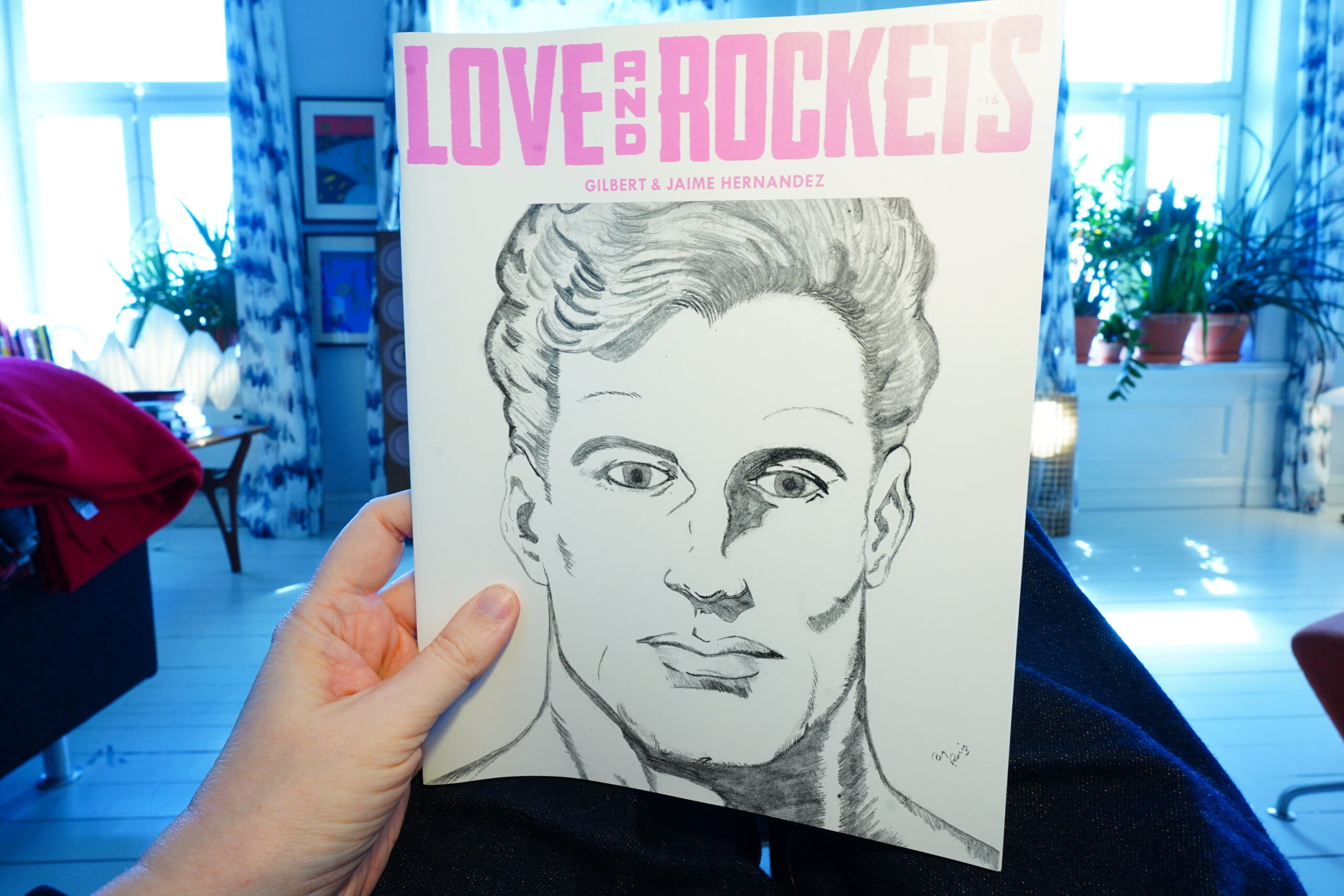
12:28: Love and Rockets #16 by Gilbert, Jaime & Aurora Hernandez (Fantagraphics)
But before I start on all those books I got from bookshop.org, I’ve gotta read the new Love and Rockets, because one always reads the new Love and Rockets first.
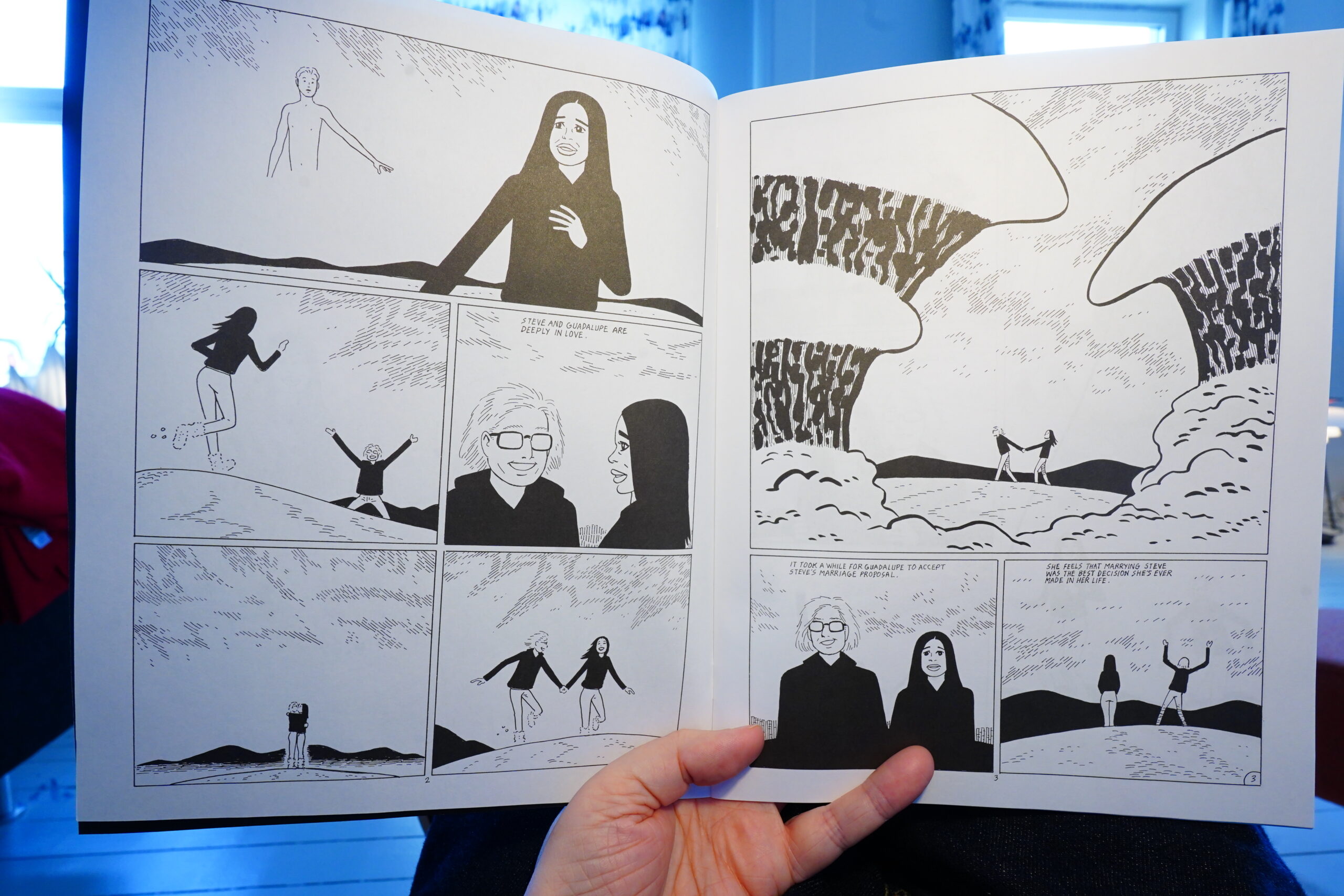
This is not the typical issue — Beto’s half is unnervingly light hearted, and seems to sort of obliquely deal with the death of their mother.
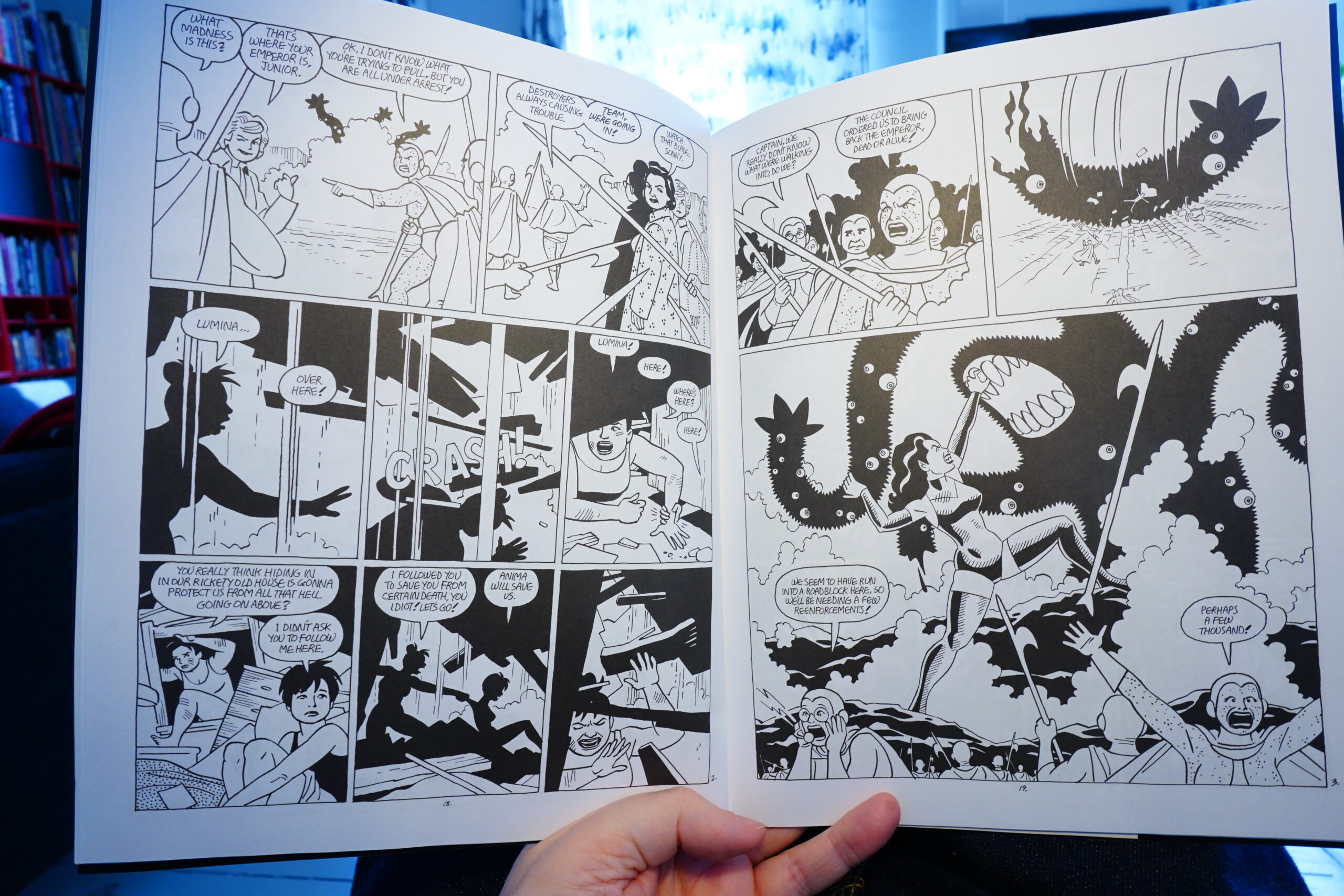
While Jaime’s half seems to be the conclusion to the Anima storyline, and it’s all just one long fight scene where most of the characters die.

12:41: Squeak Chatter Bark by Ali Fitzgerald (Fantagraphics)
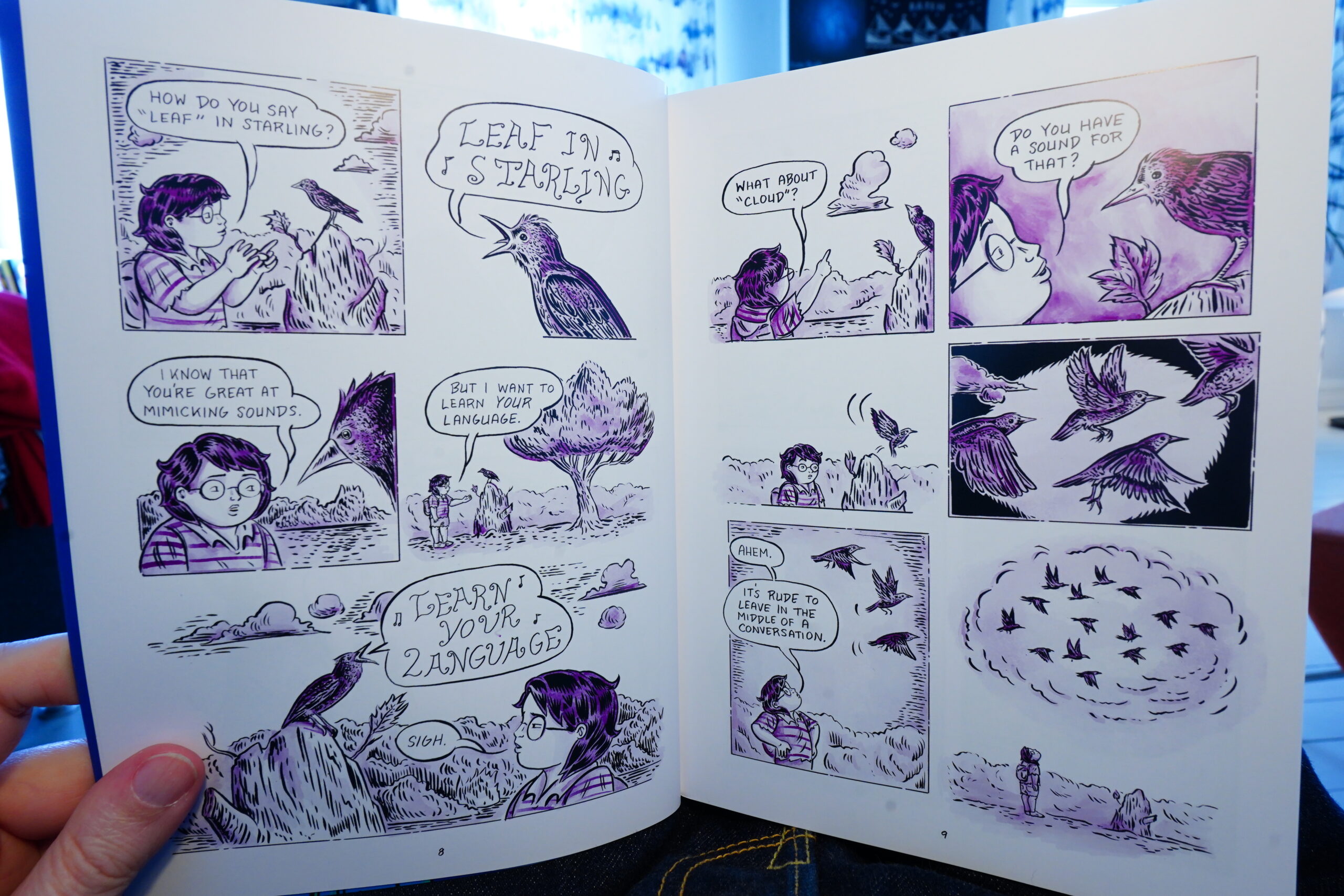
I don’t love the shiny paper this is printed on…
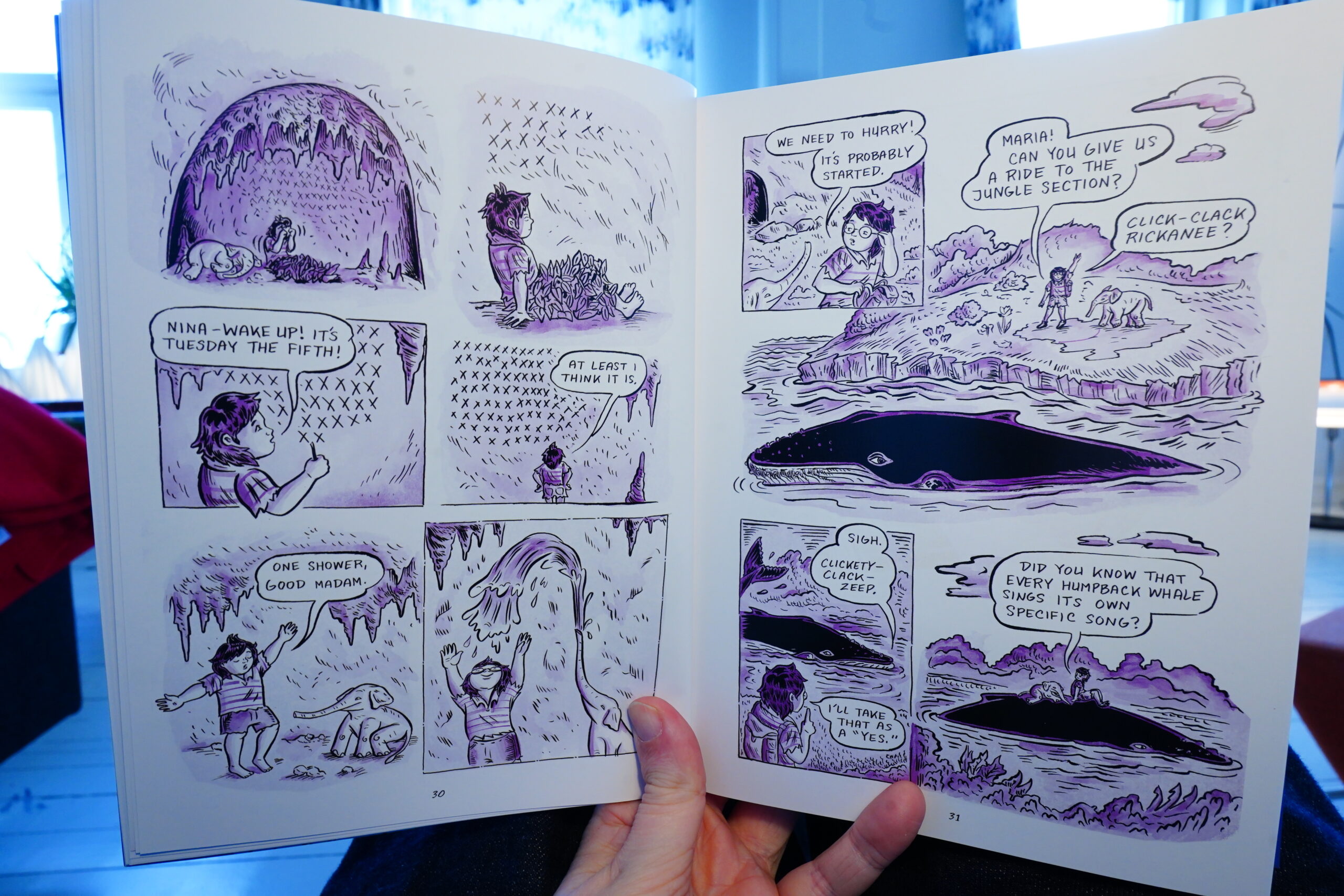
Anyway, this is a quite odd book. The cover looks like it’s for small children, but it’s kinda really not.
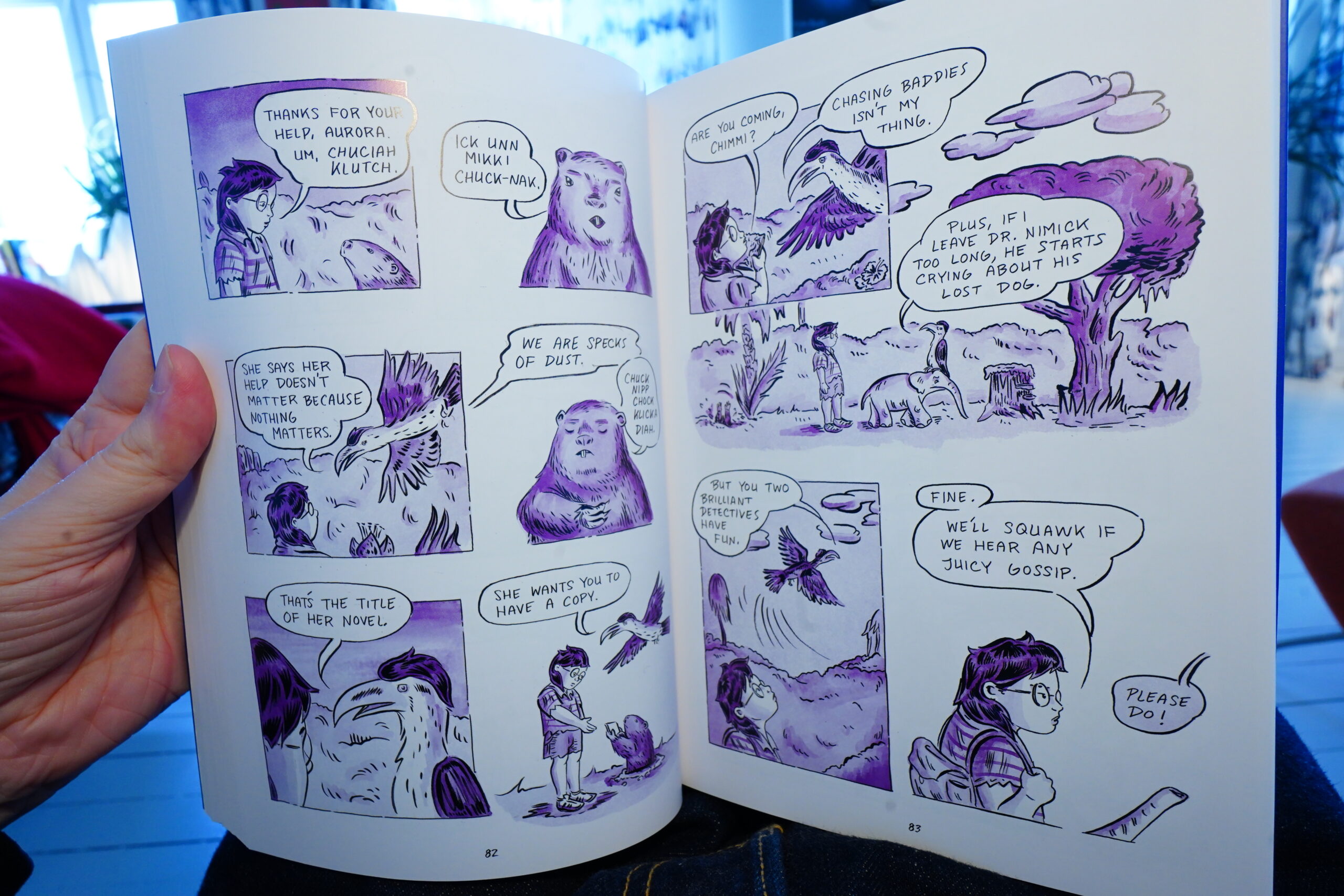
It’s pretty entertaining, though.
| Men: Talk About Body | 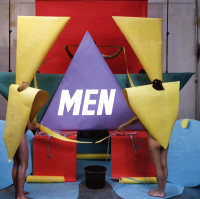 |
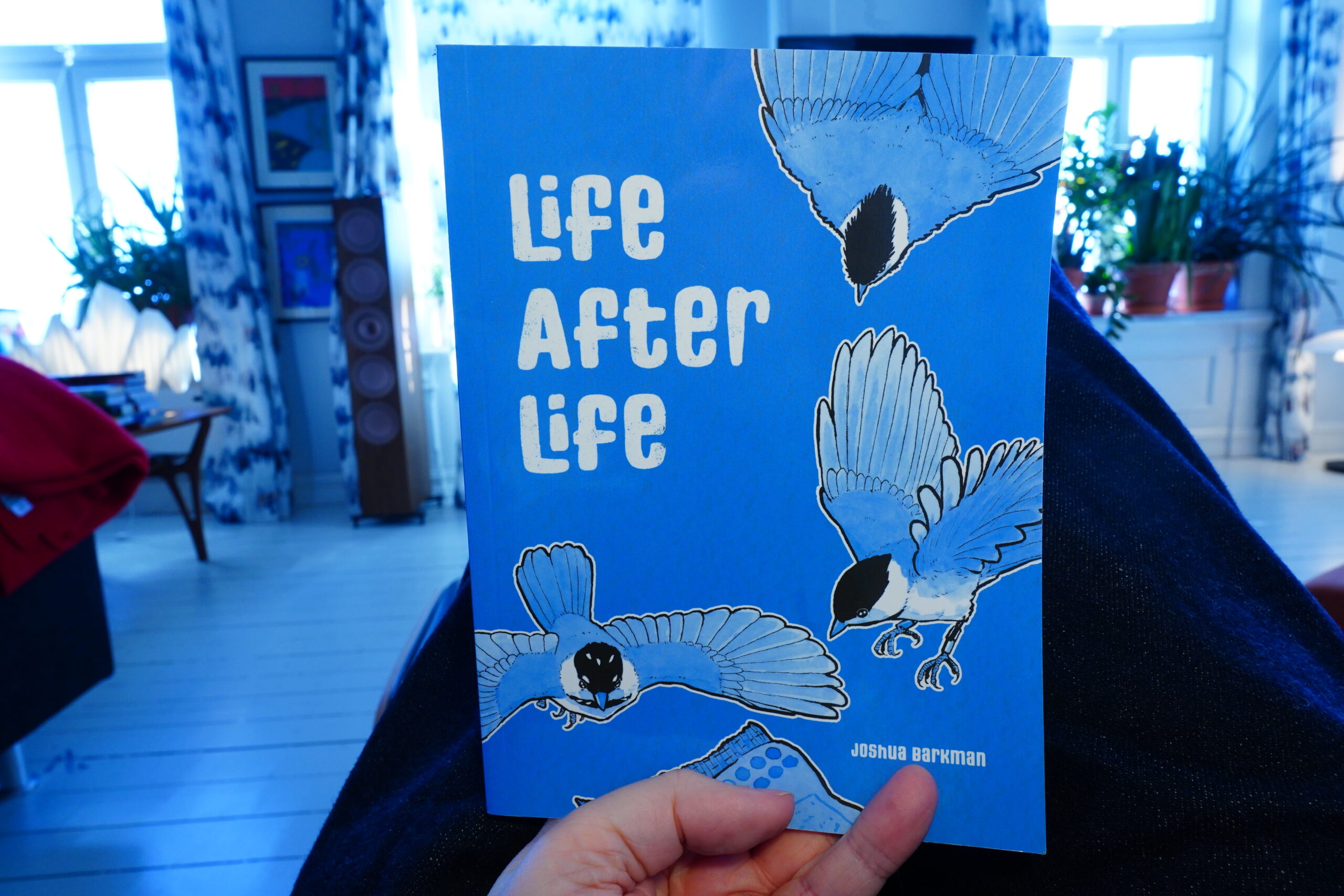
13:20: Life After Life by Joshua Barkman
I got this from here.
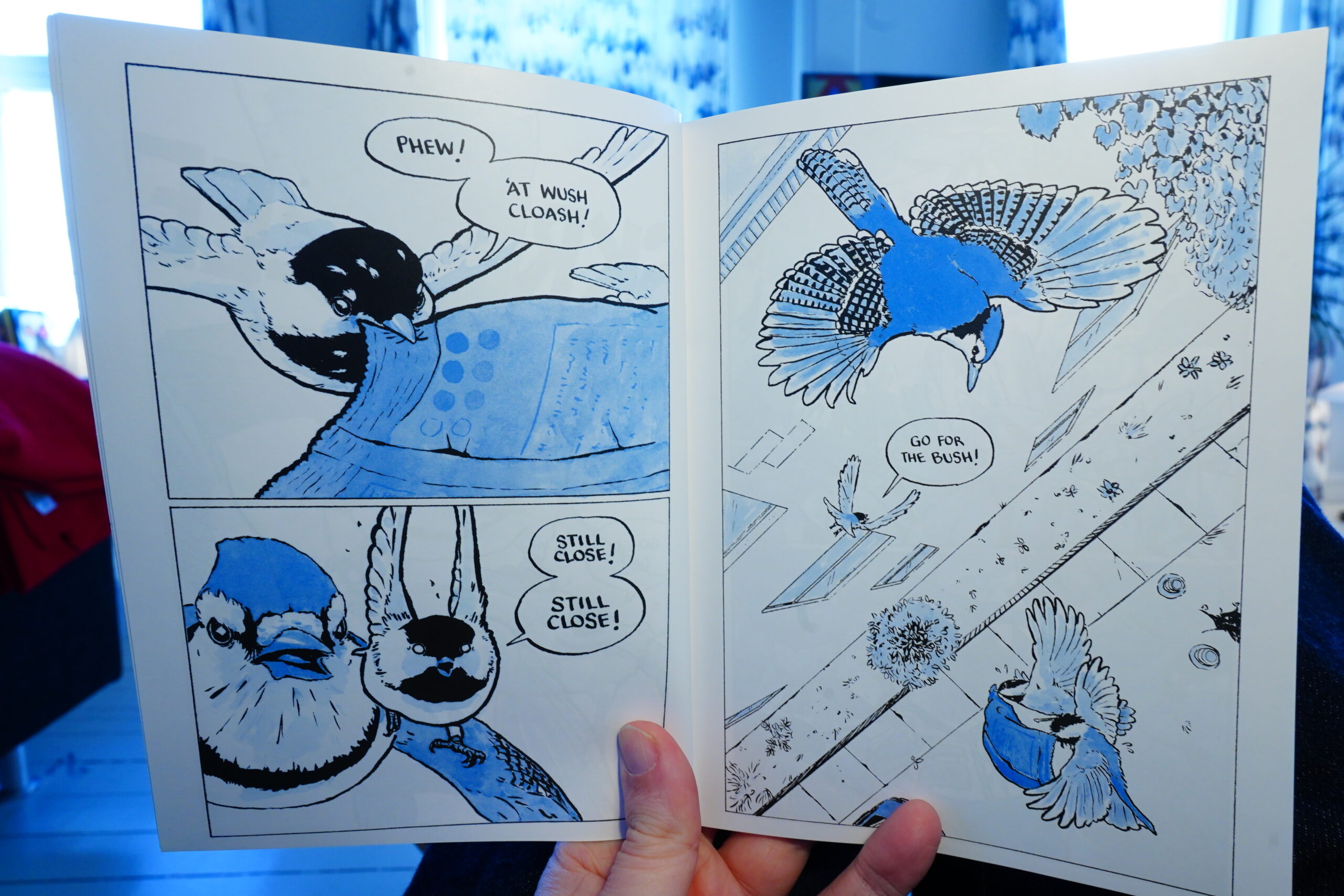
Wow, this is awesome. The artwork is so attractive and interesting.
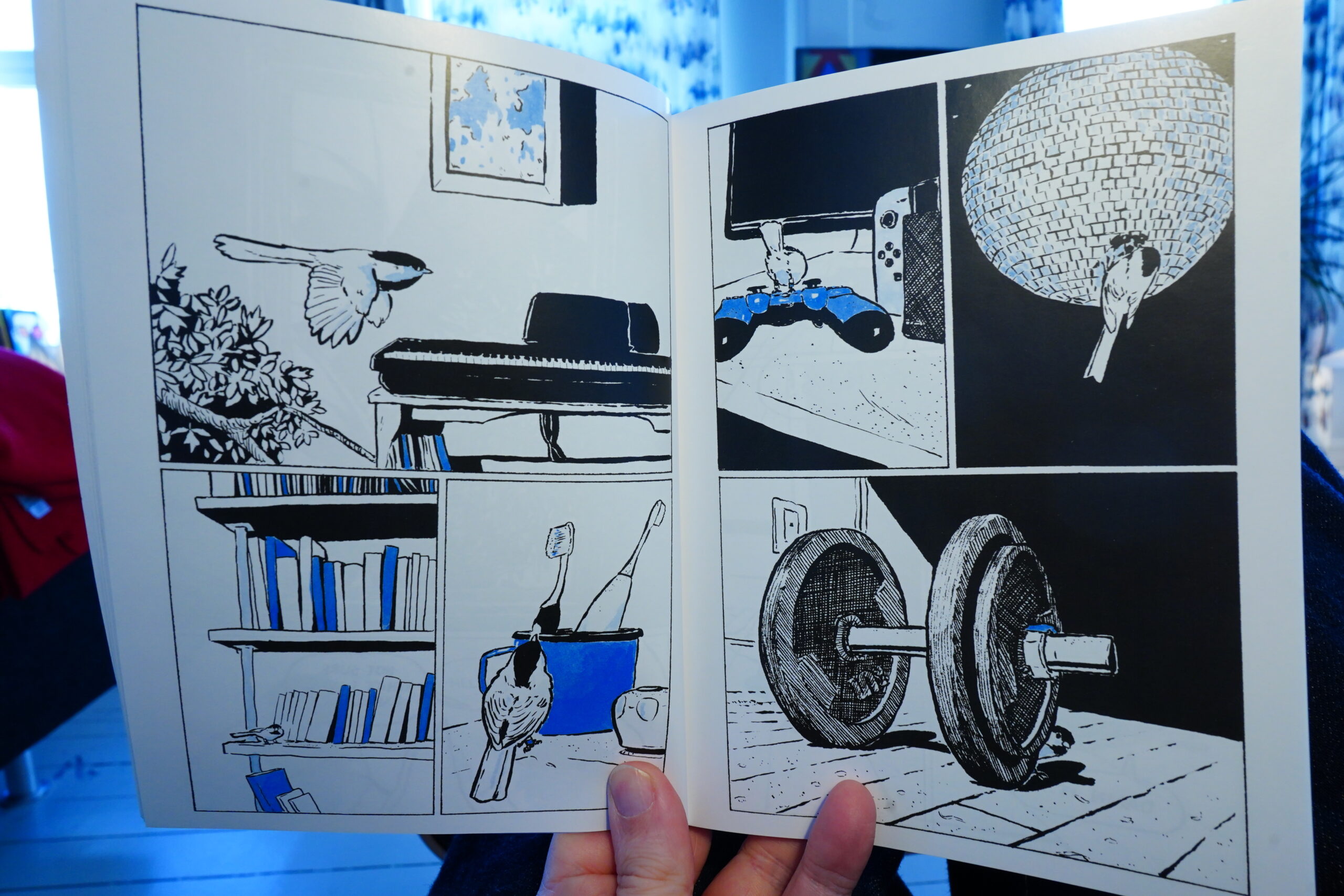
And it’s pretty affecting.
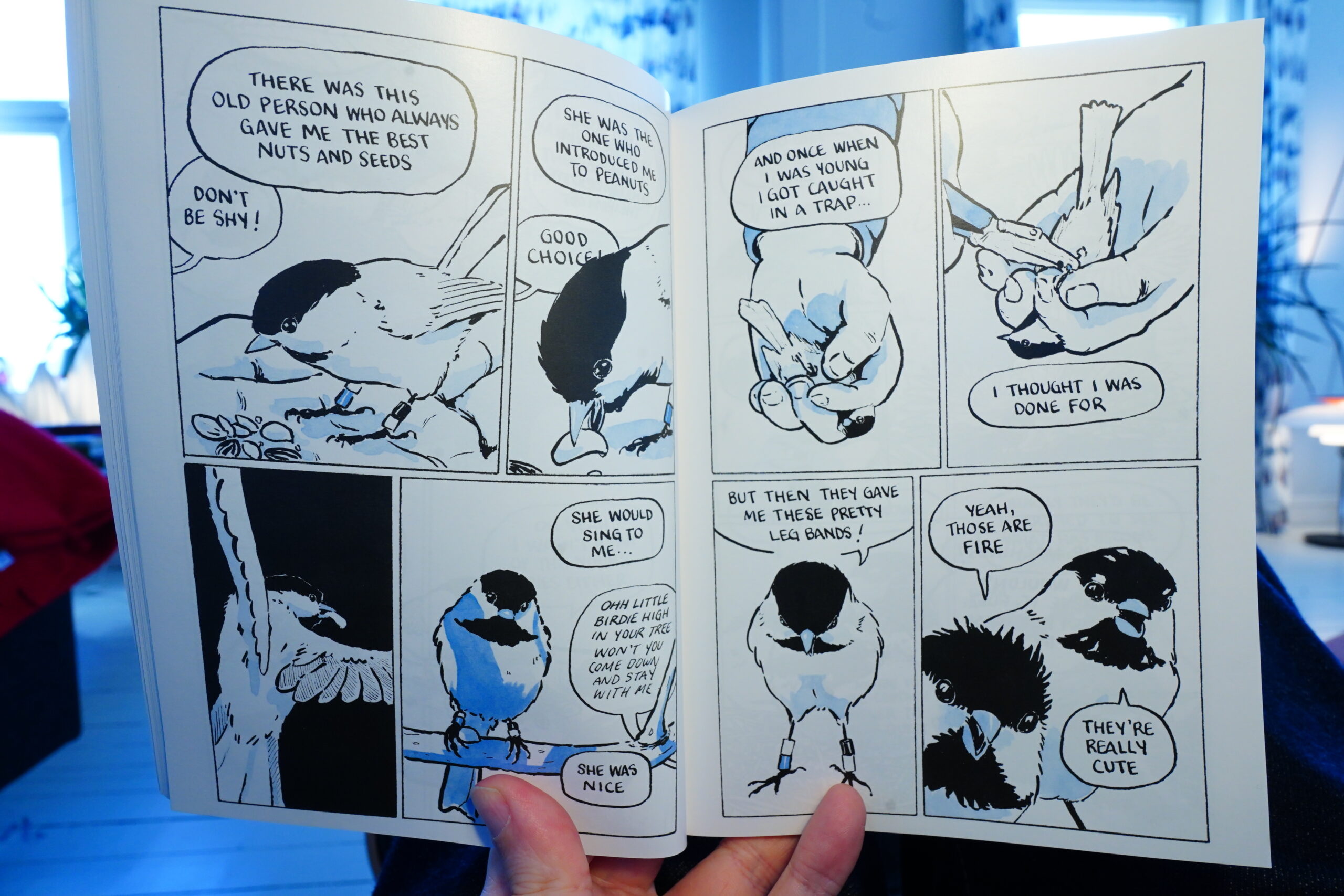
And funny! It’s great.
Oops! Wrong white balance settings.
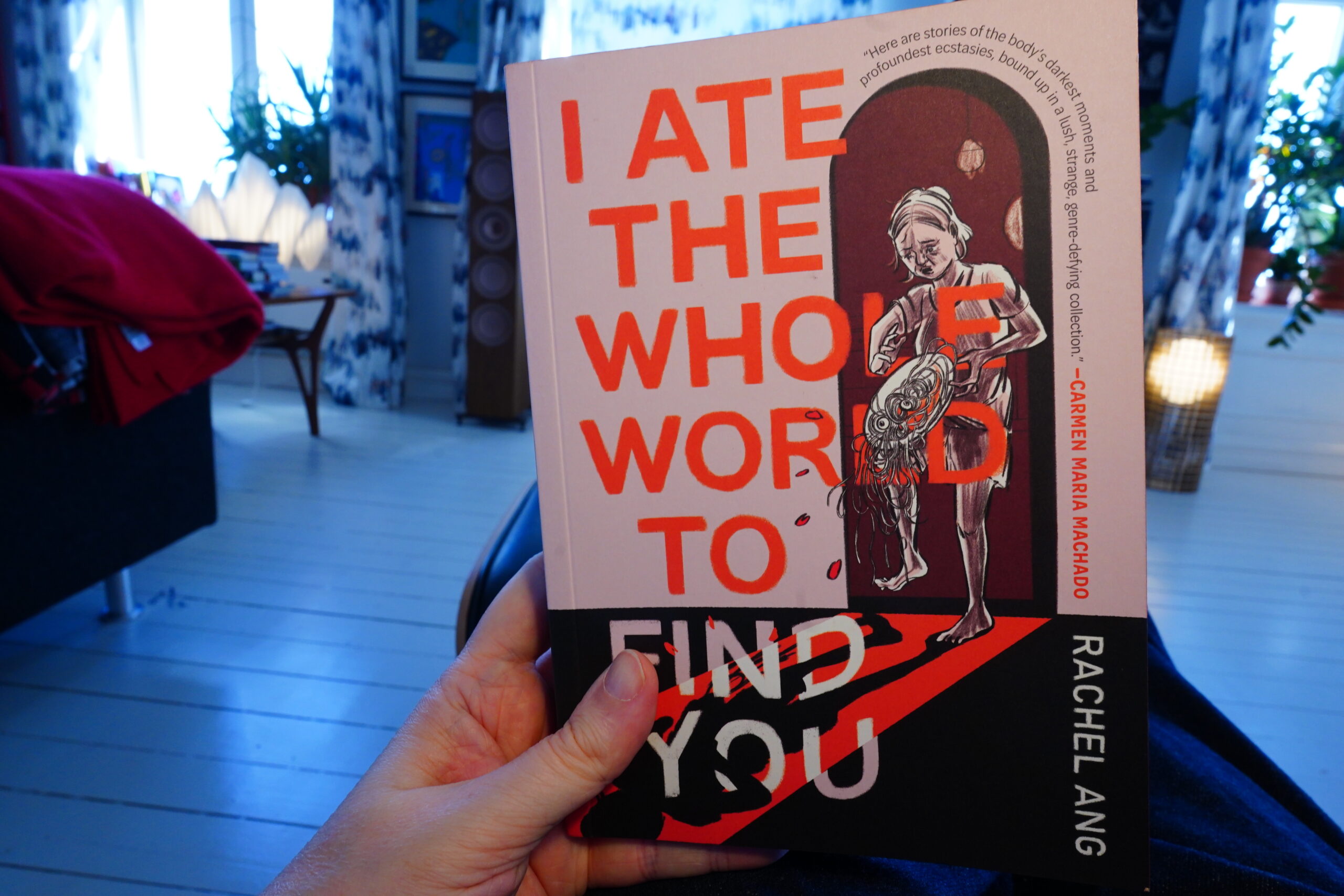
13:34: I Ate The Whole World To Find You by Rachel Ang (Drawn & Quarterly)
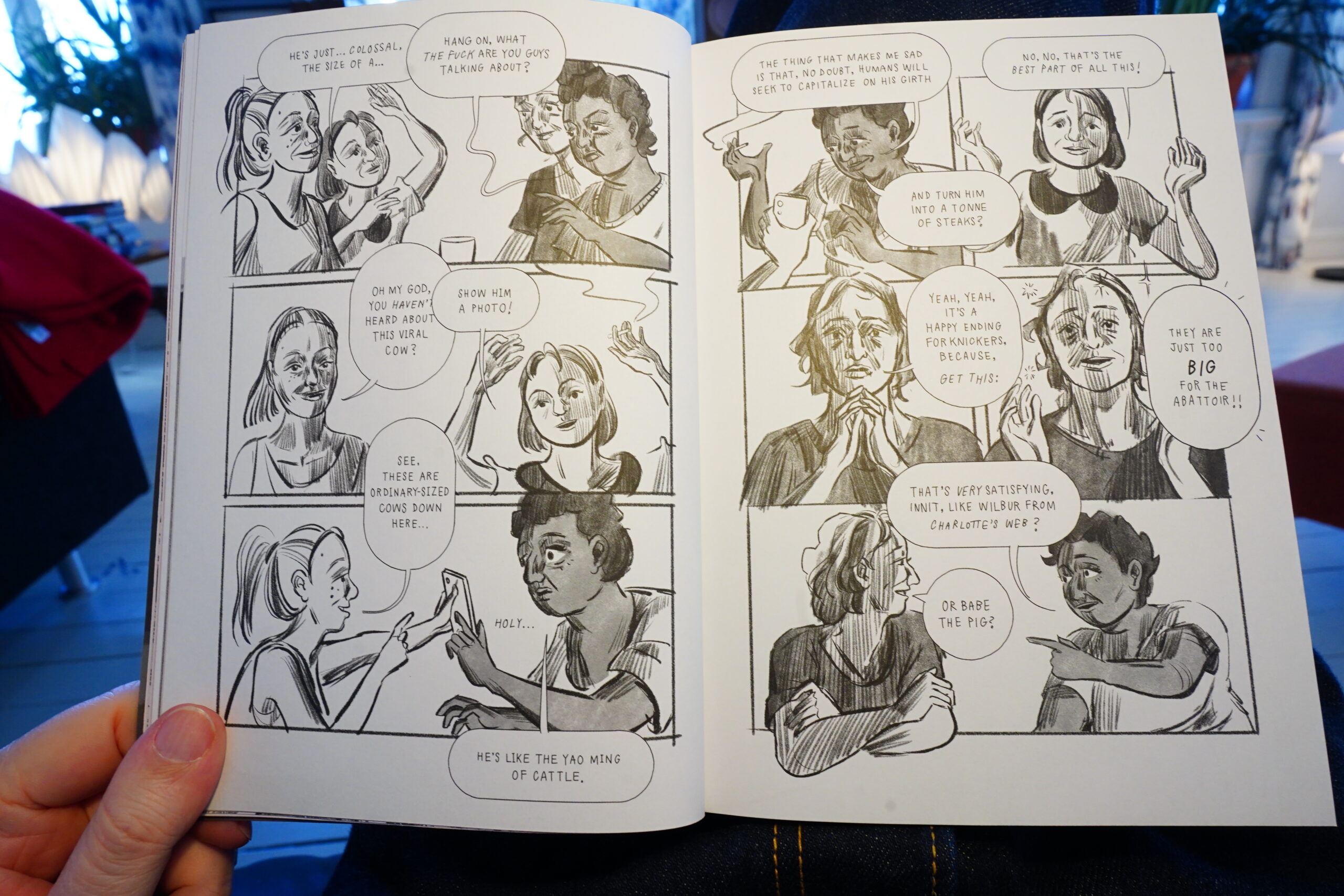
Hm… I guess this is kinda Dash Shaw/Frank Santoroish? But… OK, the problem is that the characters are kinda hard to tell apart, and in addition the faces change from panel to panel, so it’s just a chore to read this.

And you can tell that it’s complete fantasy — two people working one delivery van!? I’ve never seen that ever.

It’s inventive visually — here there’s some self-help dork drowning the protagonists in tedious speech, and that’s fun. But we do actually get the tedious speech on the subsequent pages, and just pointing out how tedious self-help speech is doesn’t make it entertaining to read it.
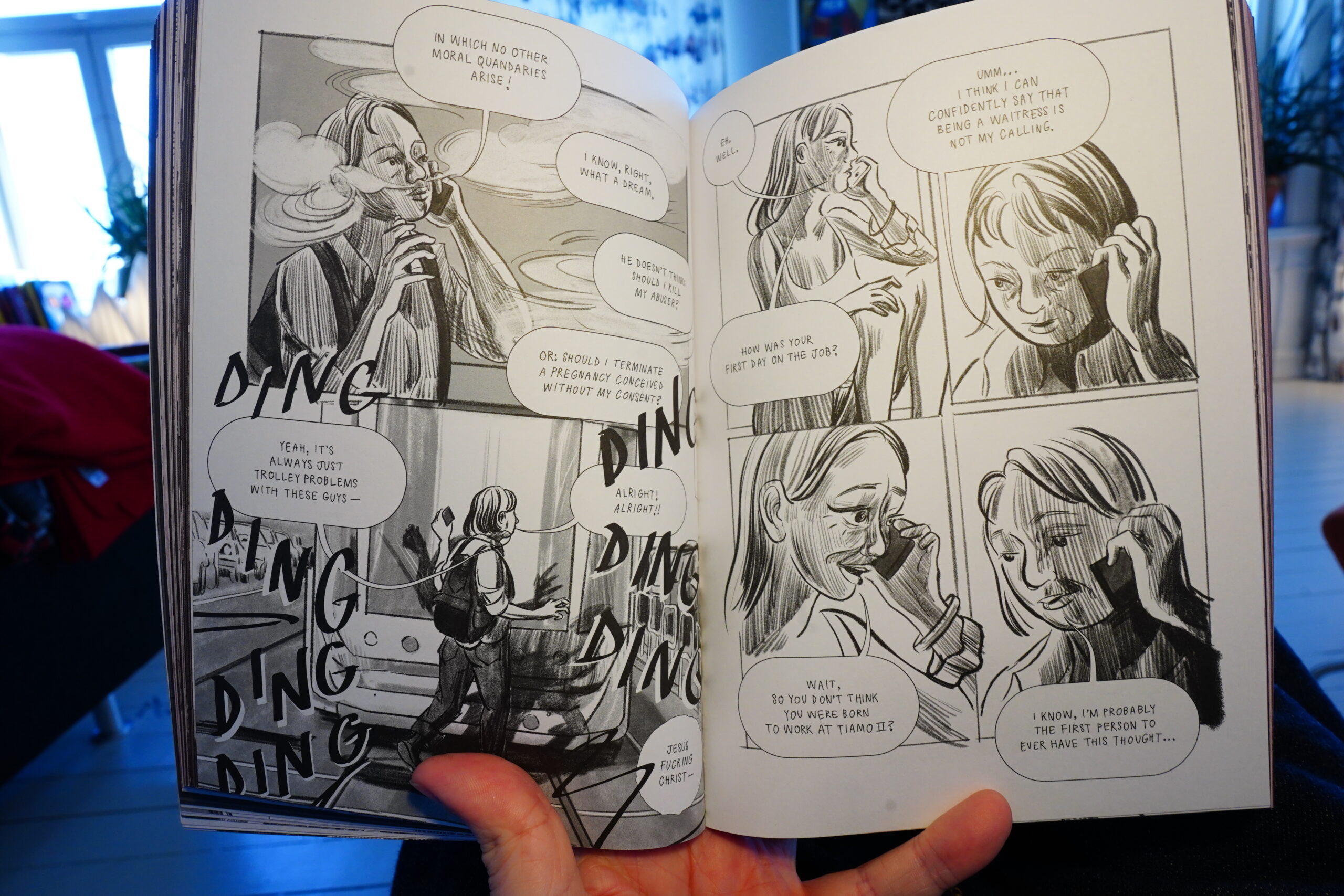
This is a collection of shorter pieces, and it’s like every story is like the author going through a checklist of issues to cover. It’s just not very interesting. Sorry! But I’m guessing all the reviews are going to be overwhelmingly positive. Yup:
In a world where it feels like speech bubbles distort and shatter as soon as they leave our mouths, Ang’s speculative vision of transcending language, and finally being understood, is potent and unforgettable.
Indeed:
Ang depicts this with great skill and economy, using a couple of pages to hint at a larger tragedy.
Etc:
Ang’s beautiful comic art often serves to drop us literally into this bodily underworld.
Wow, Publisher’s Weekly didn’t star it:
Despite shared themes, the connections between stories can be murky; it’s sometimes difficult to discern just how much each one is intended to stand alone. The similarity between some of the sketchy lined character designs adds to that opaqueness.
| Laura Jean: A Fool Who’ll | 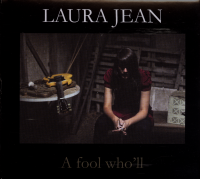 |
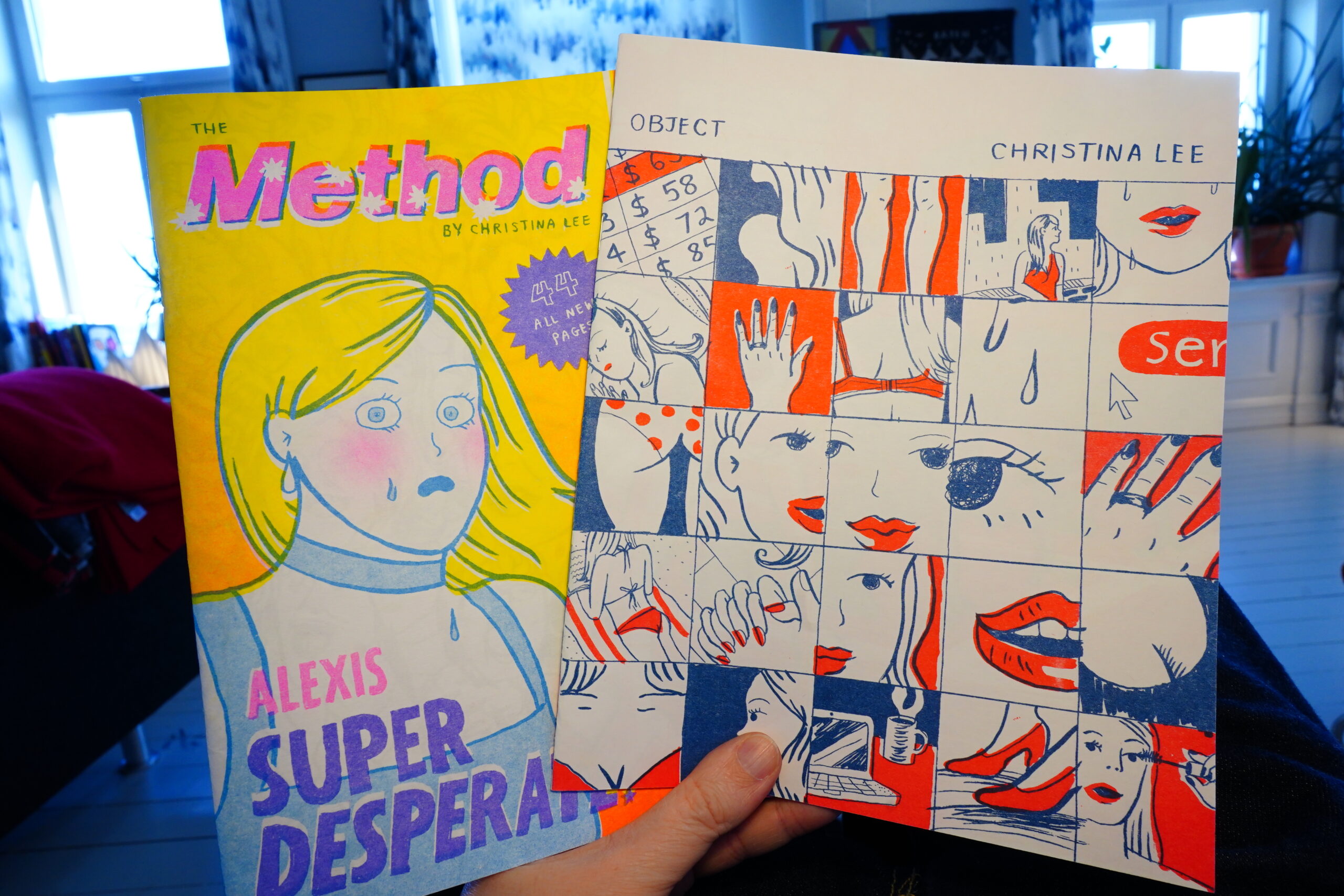
14:11: The Method/Object by Christina Lee
I got these from here.
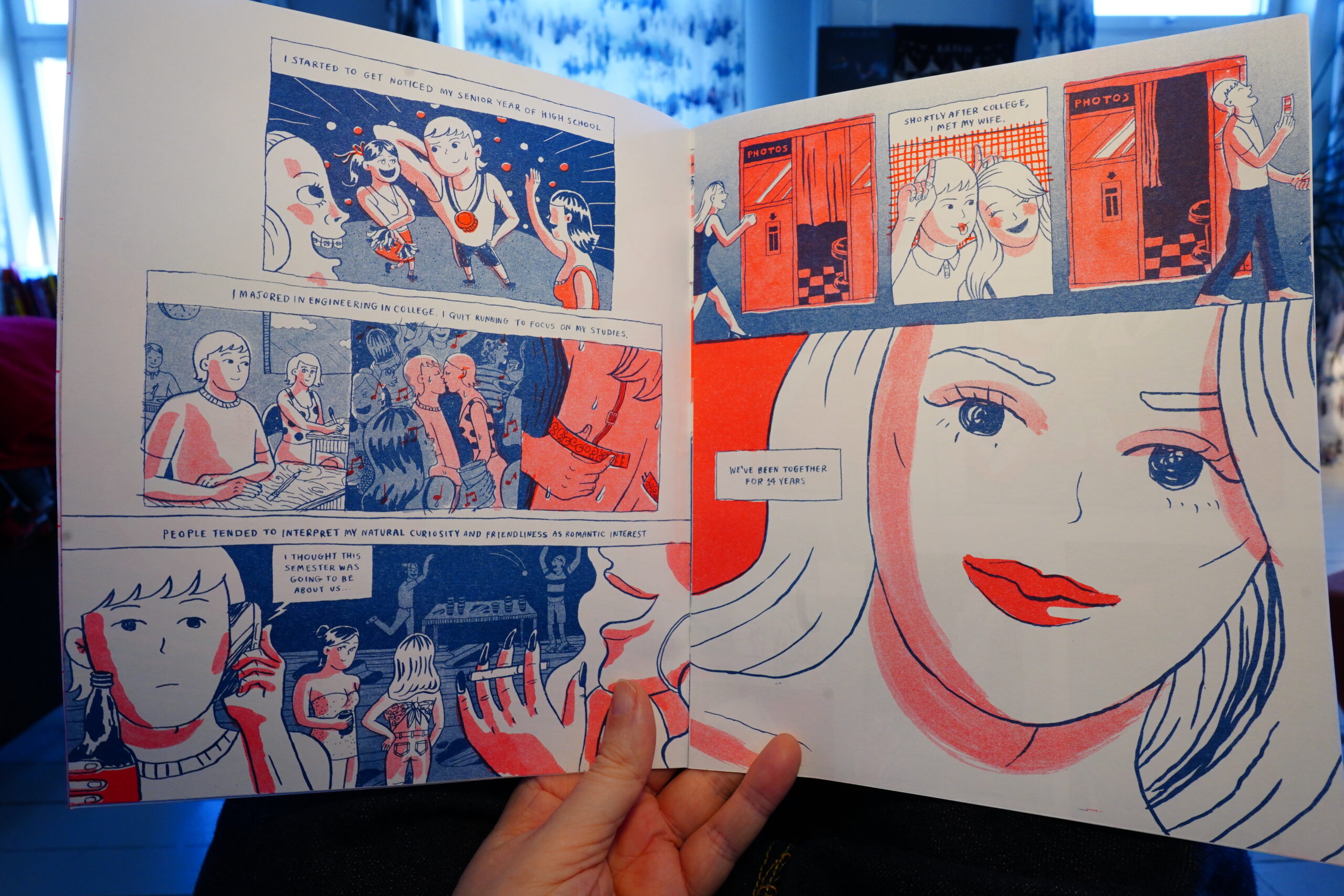
Object is an excerpt for the next issue of The Method? It’s pretty cool, anyway.
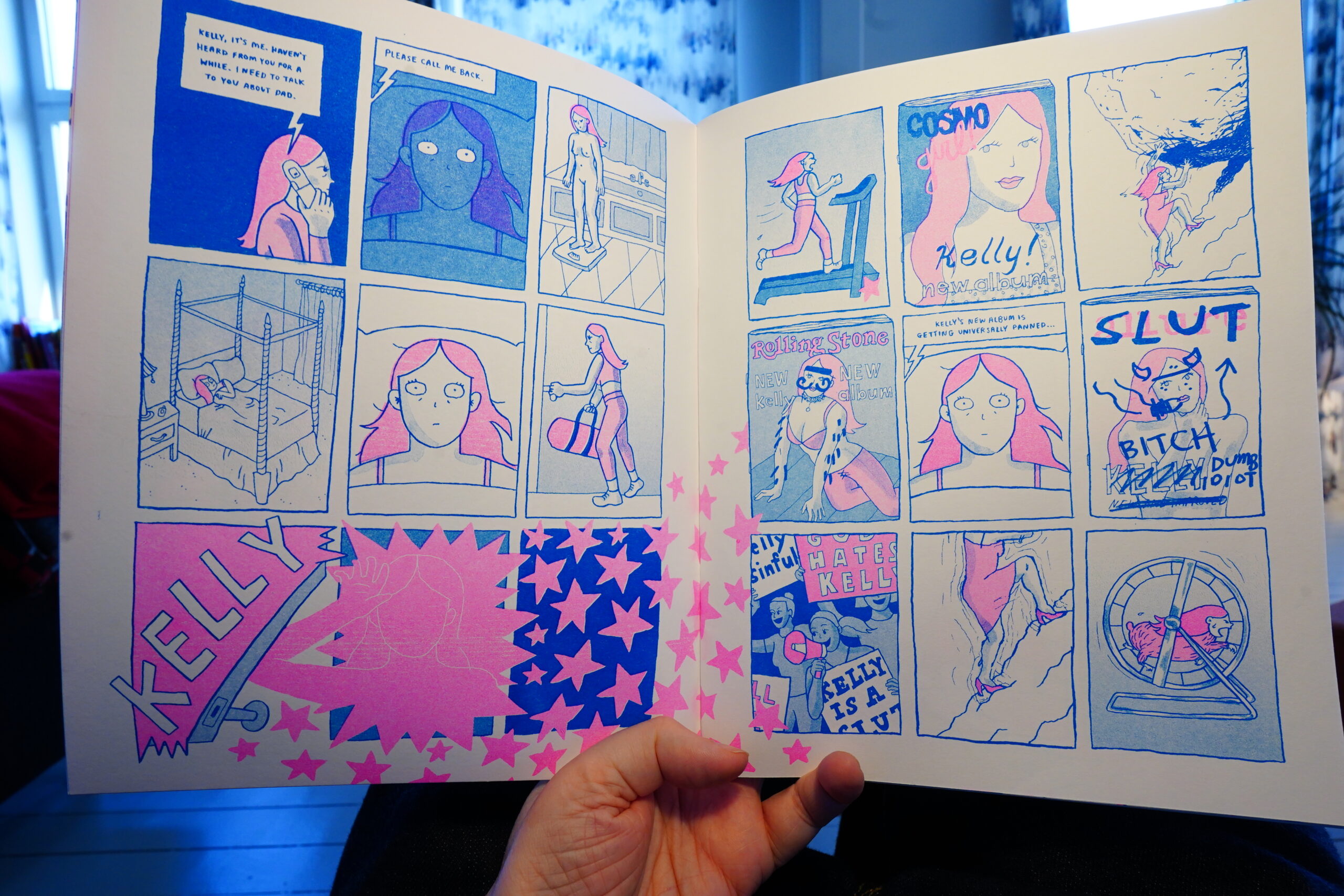
The Method (as you can see, also riso-printed) is very funny and has a striking graphic quality.
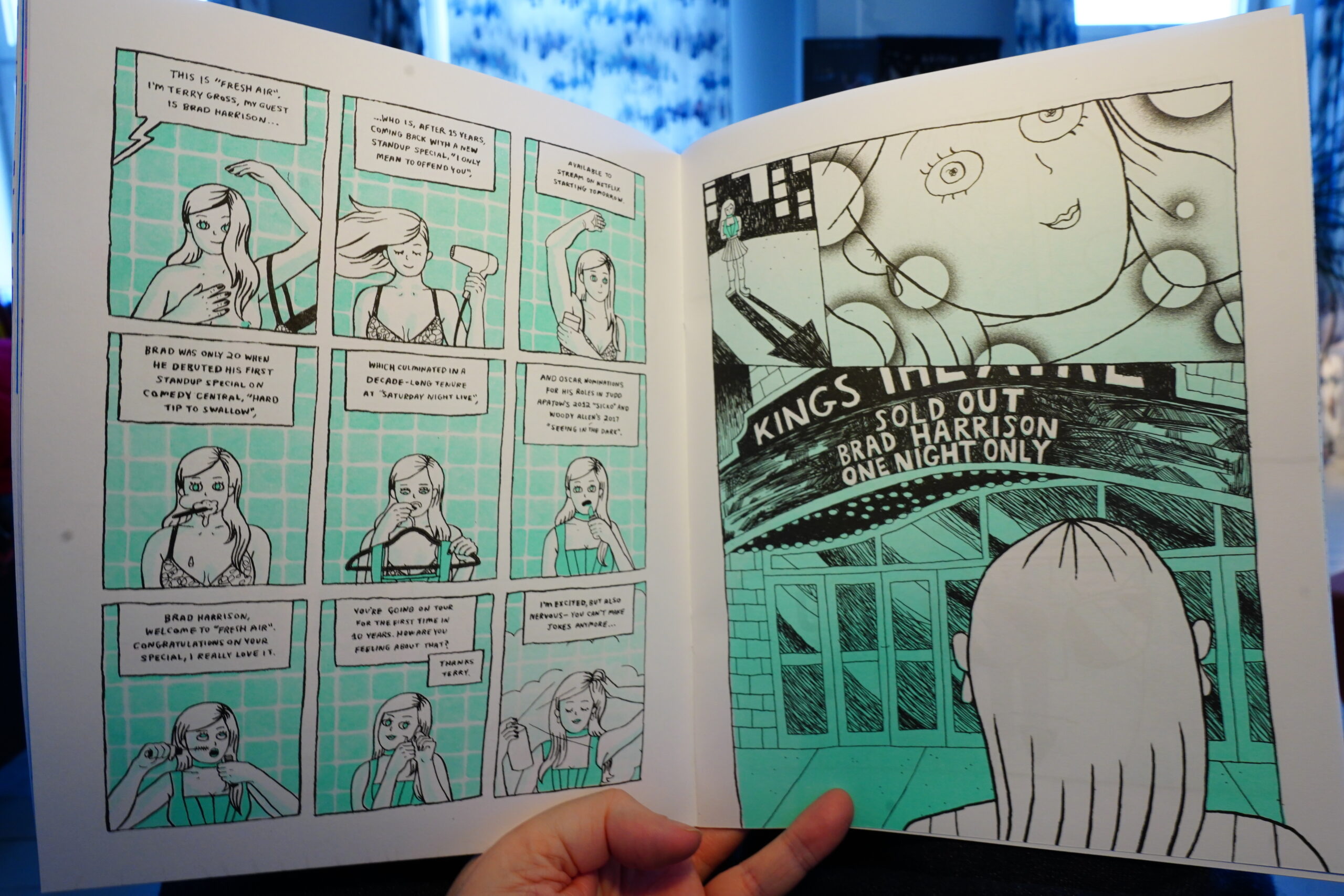
It’s extremely precisely observed. Class.
| Hercules & Love Affair: Blue Songs | 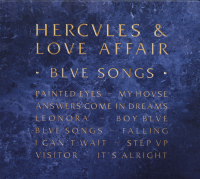 |

14:21: The Dissident Club by Taha Siddiqui/Hubert Maury (Arsenal Pulp Press)

This is the autobiography of a Pakistani journalist.
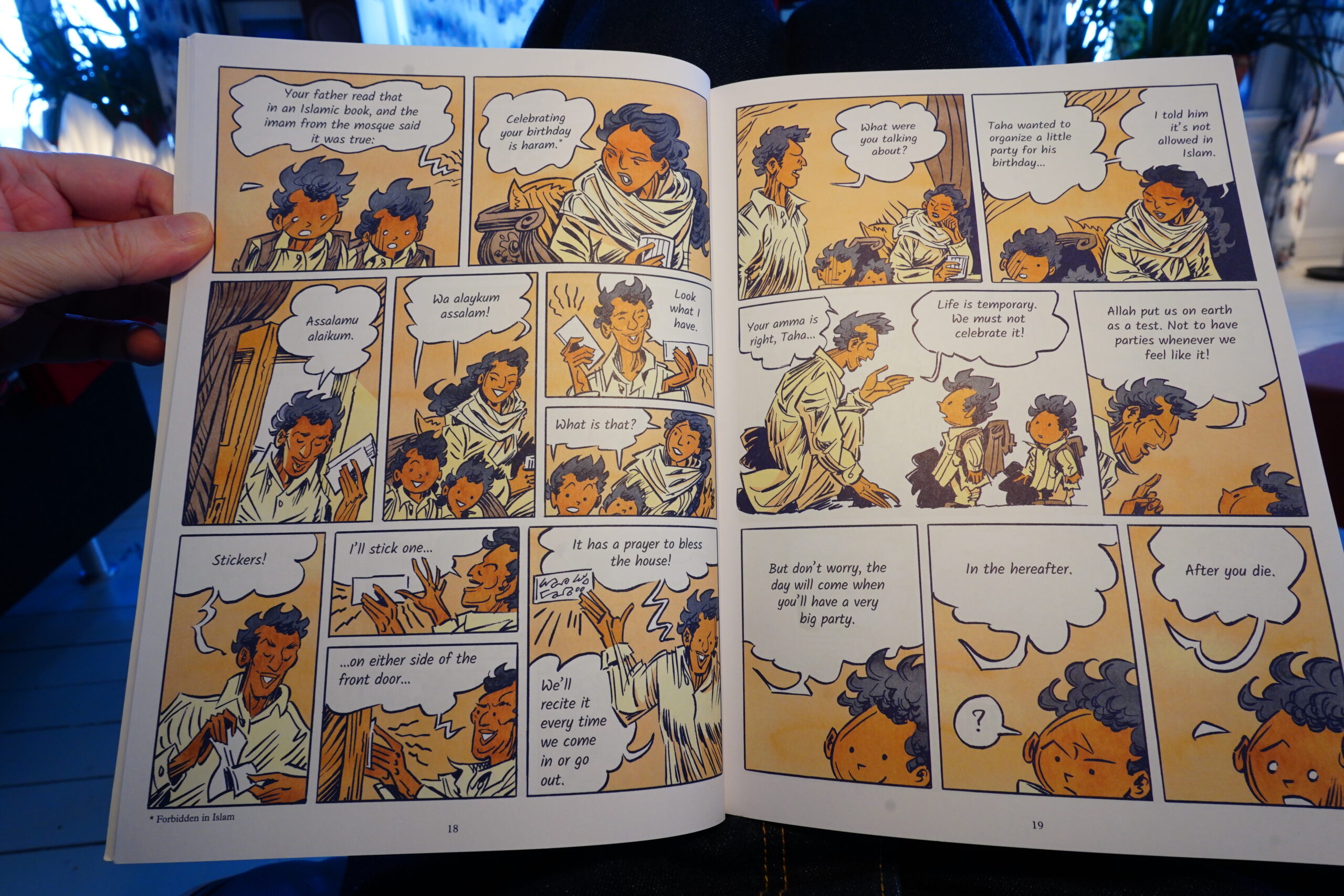
We follow him from childhood.
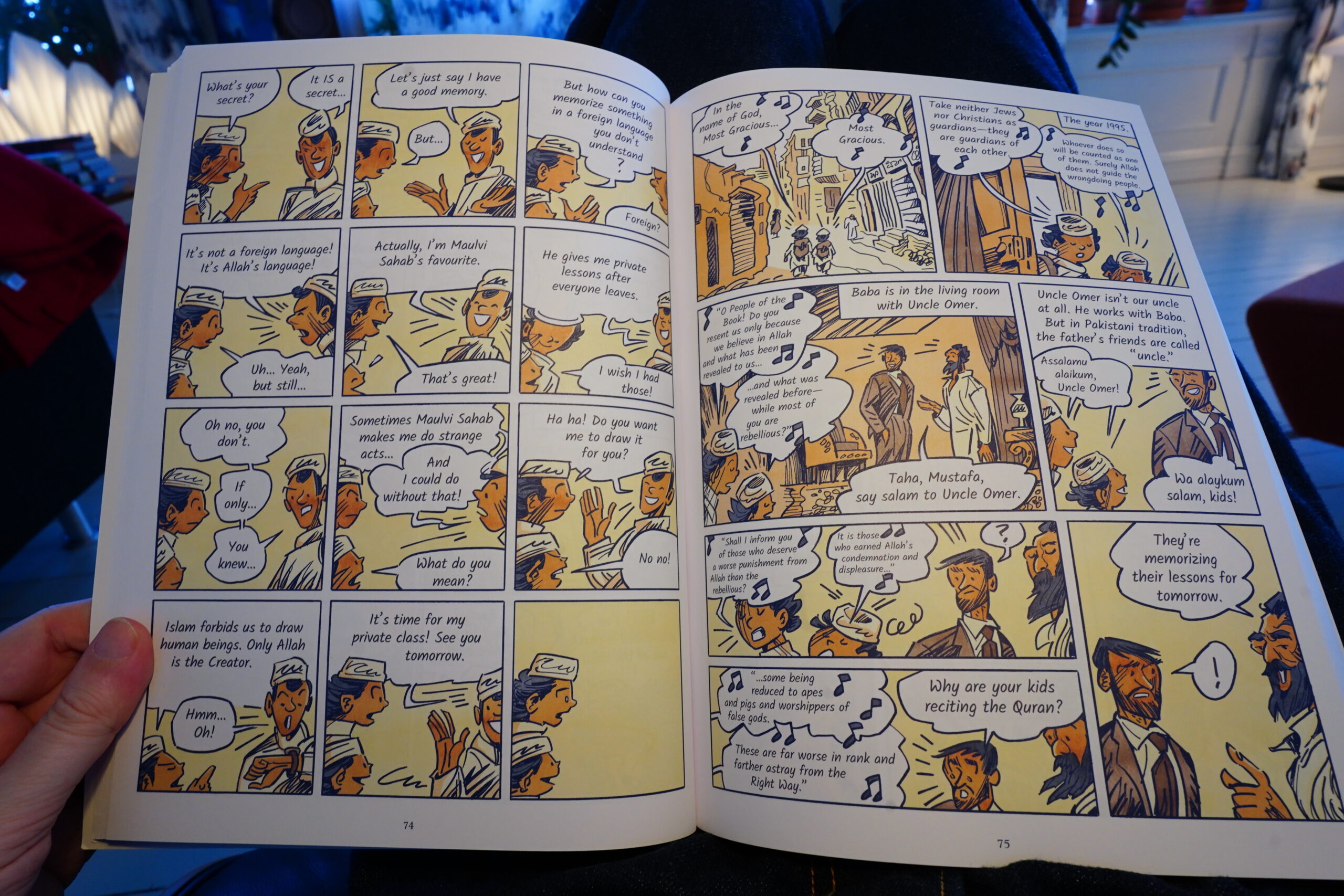
And… I’m trying to find the right word here. “Interesting” isn’t quite it, but it’s edumacational, I guess?
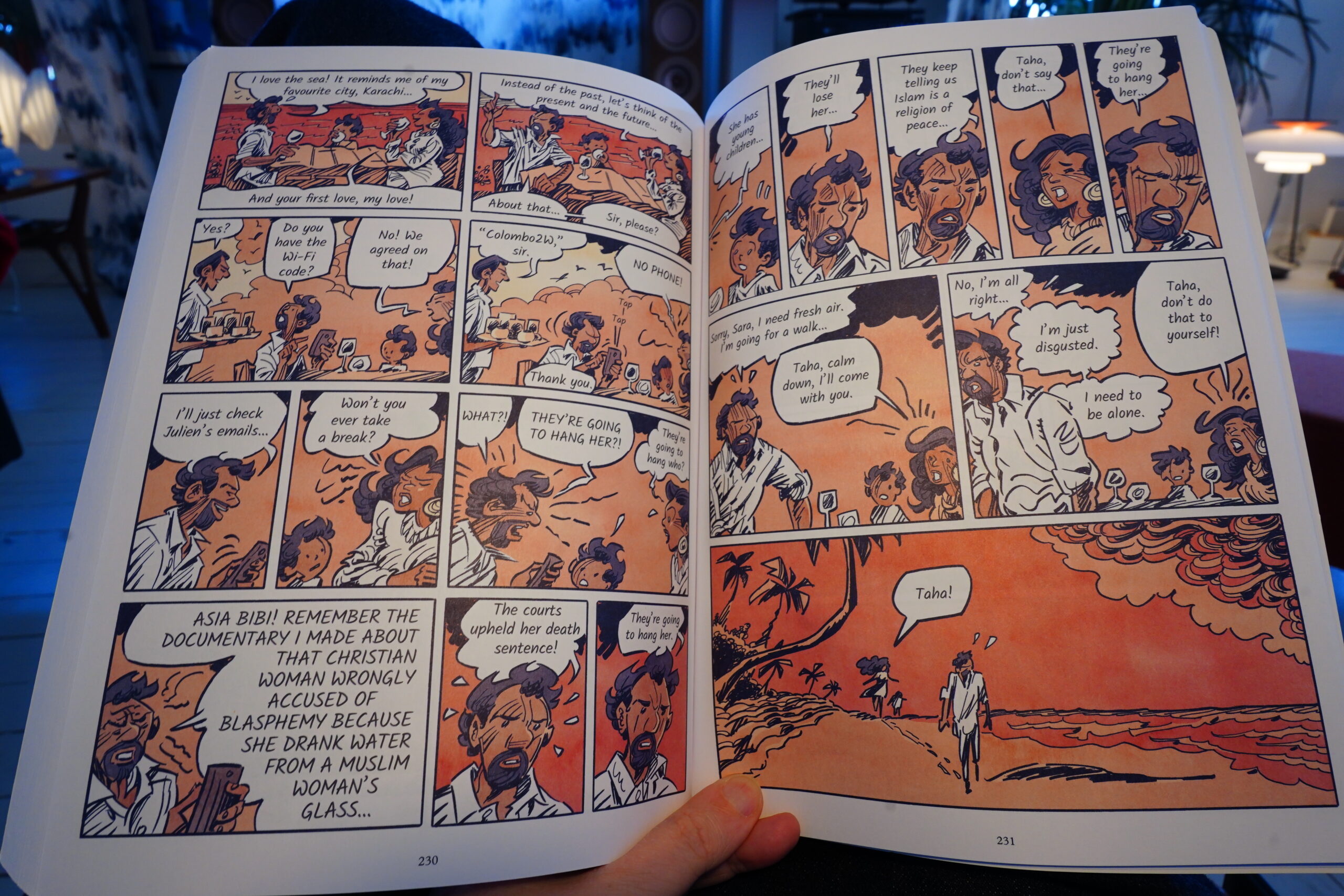
I mean, it just isn’t firing on all cylinders. The artwork is fine, but it was a bit of a chore getting through this. But then again, stories of religious damage just don’t really hold much interest to me: I think the entire concept is just too stupid to contemplate.
| Hype Williams: Kelly Price W8 Gain Vol II | 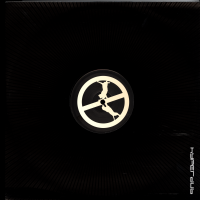 |
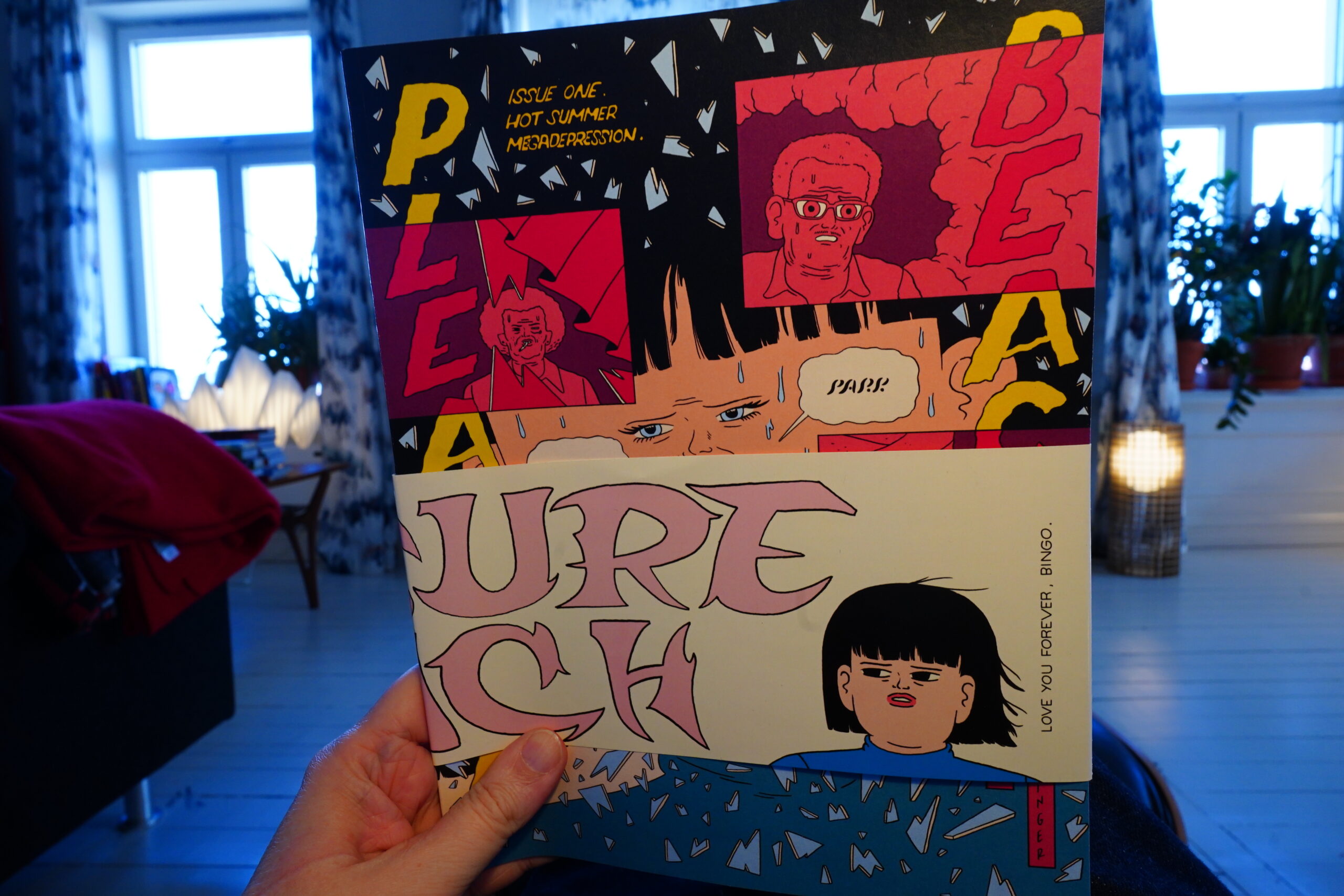
15:49: Pleasure Beach by Josh Pettinger
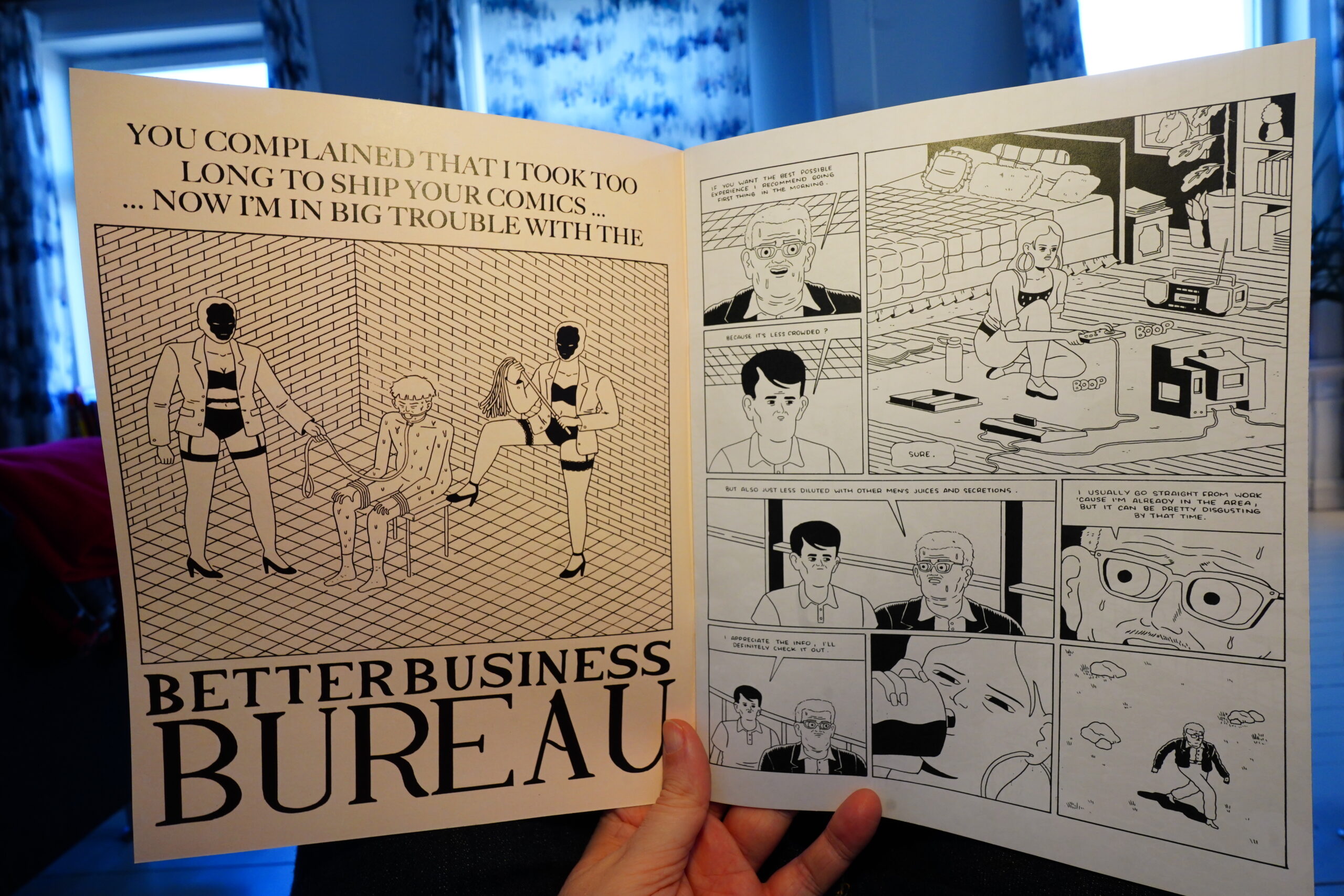
Heh heh.
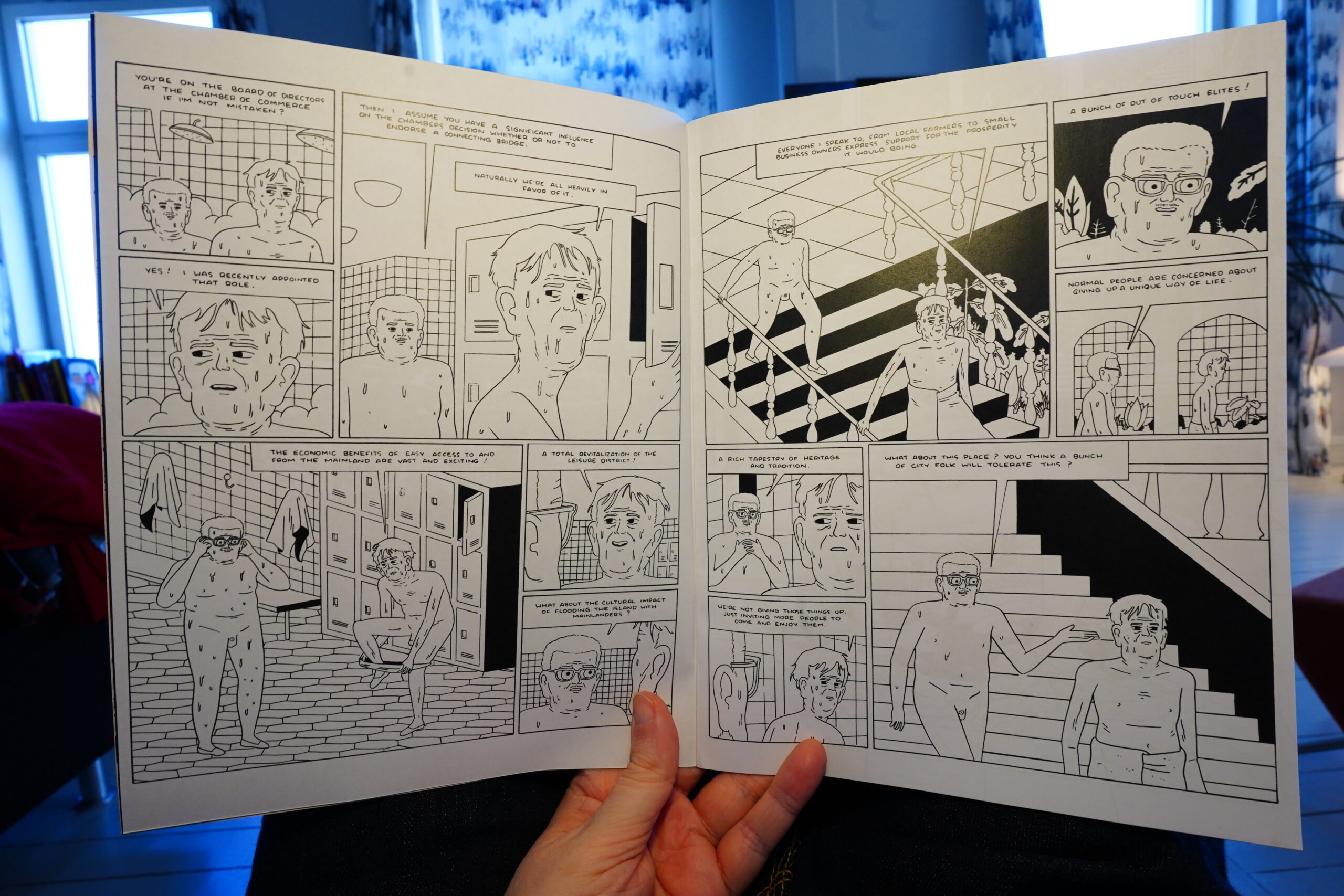
Heh heh.
| Boris: Heavy Rocks 2011 | 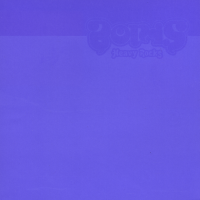 |
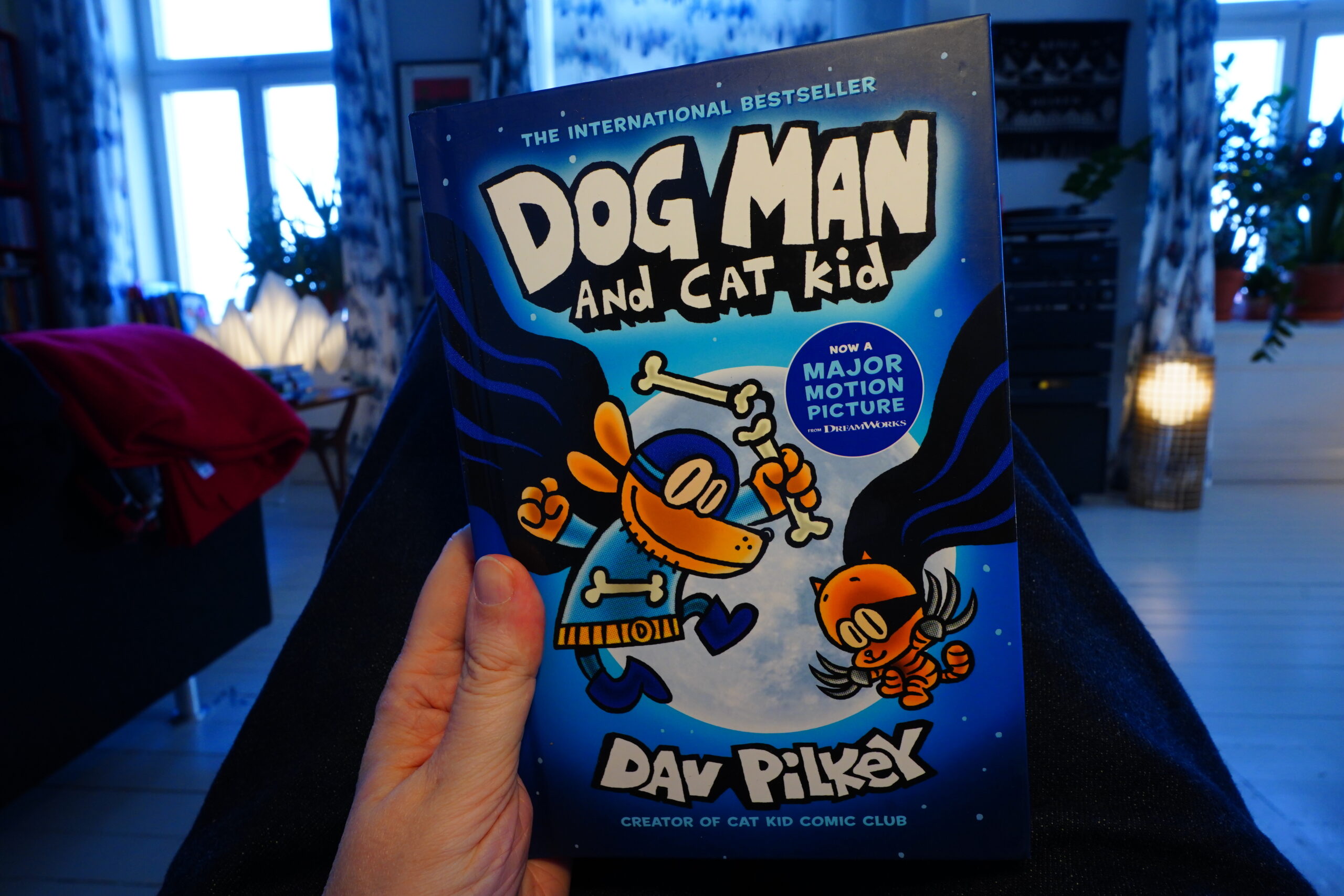
15:57: Dog Man and Cat Kid by Dav Pikey (Scholastic)
I am 100% certain that I didn’t buy this, so I guess they made a boo-boo while packing the mega box of comics. But now that I’ve got it, I might as well read it — I mean, this is (I think?) the highest-selling comic of the last few decades? Or all time? I forget.

This is pretty amusing.
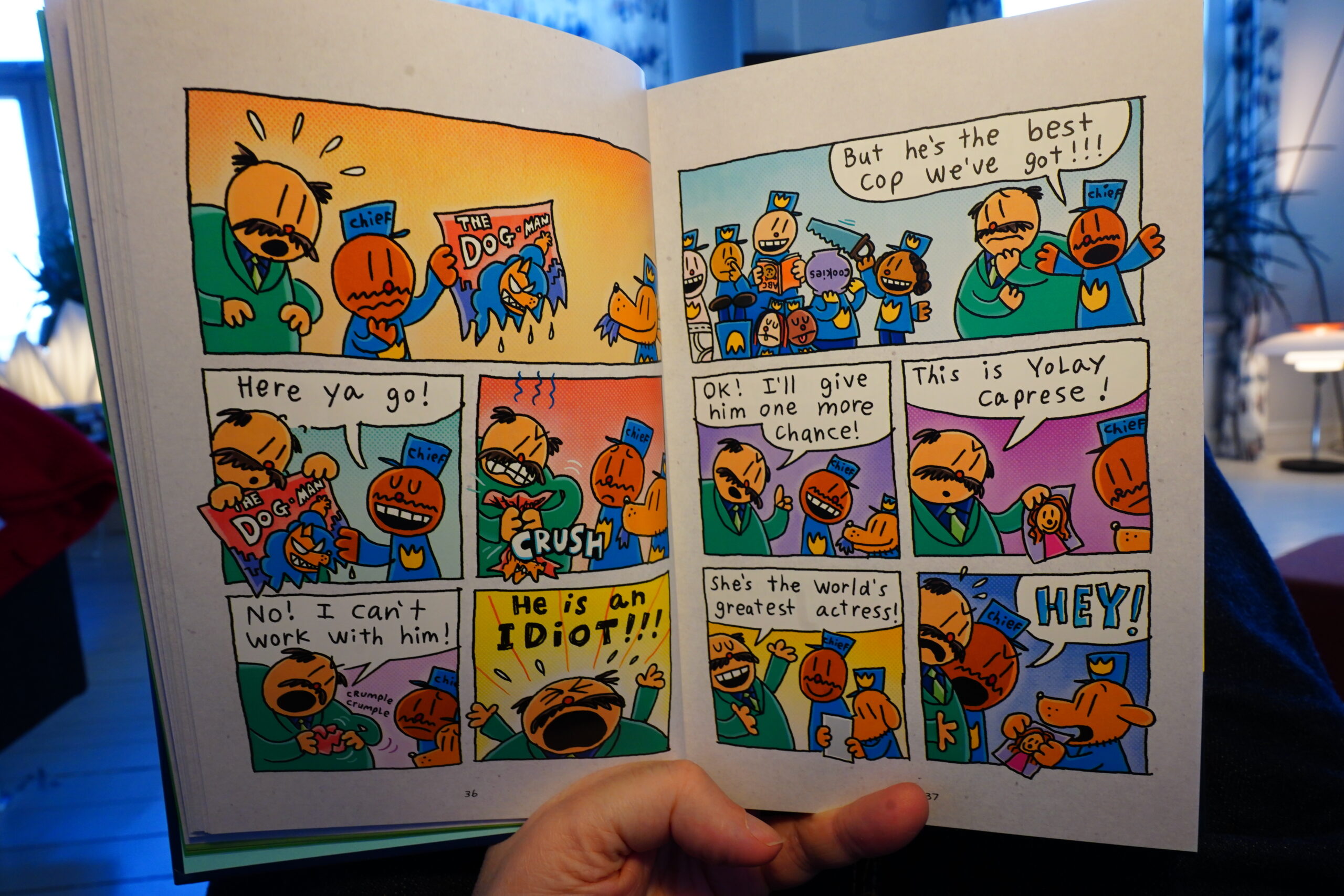
I mean, it’s pretty funny. I chortled out loud a couple times. The artwork’s very lively, too. I guess I shouldn’t be surprised — a gazillion kids can’t all be wrong — but this is solid kids’ comics.

And! You learn Italian, so it’s almost like The Last Samurai by Helen DeWitt.
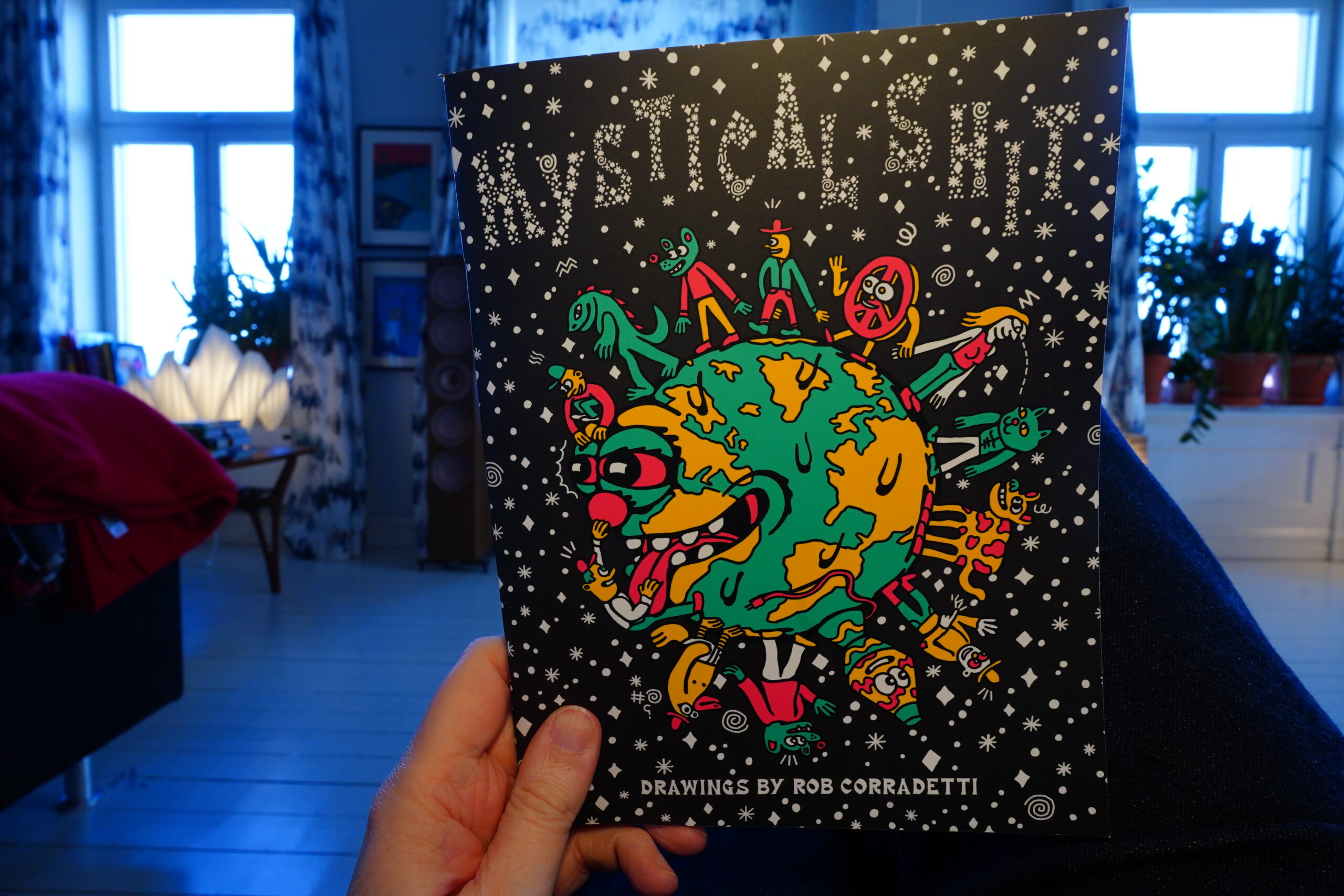
16:23: Mystical Shit by Rob Corradetti (Desert Island)
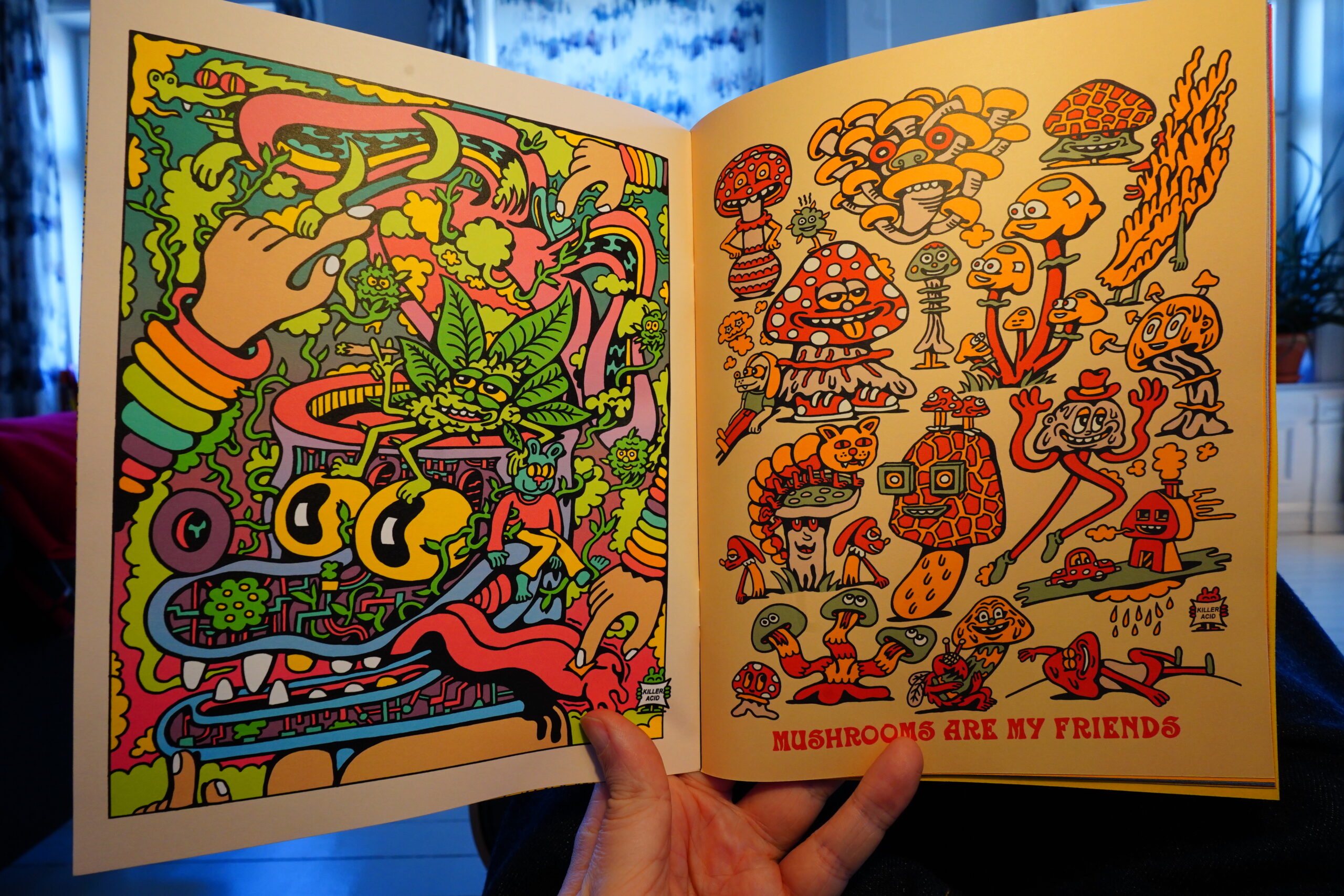
Far out.
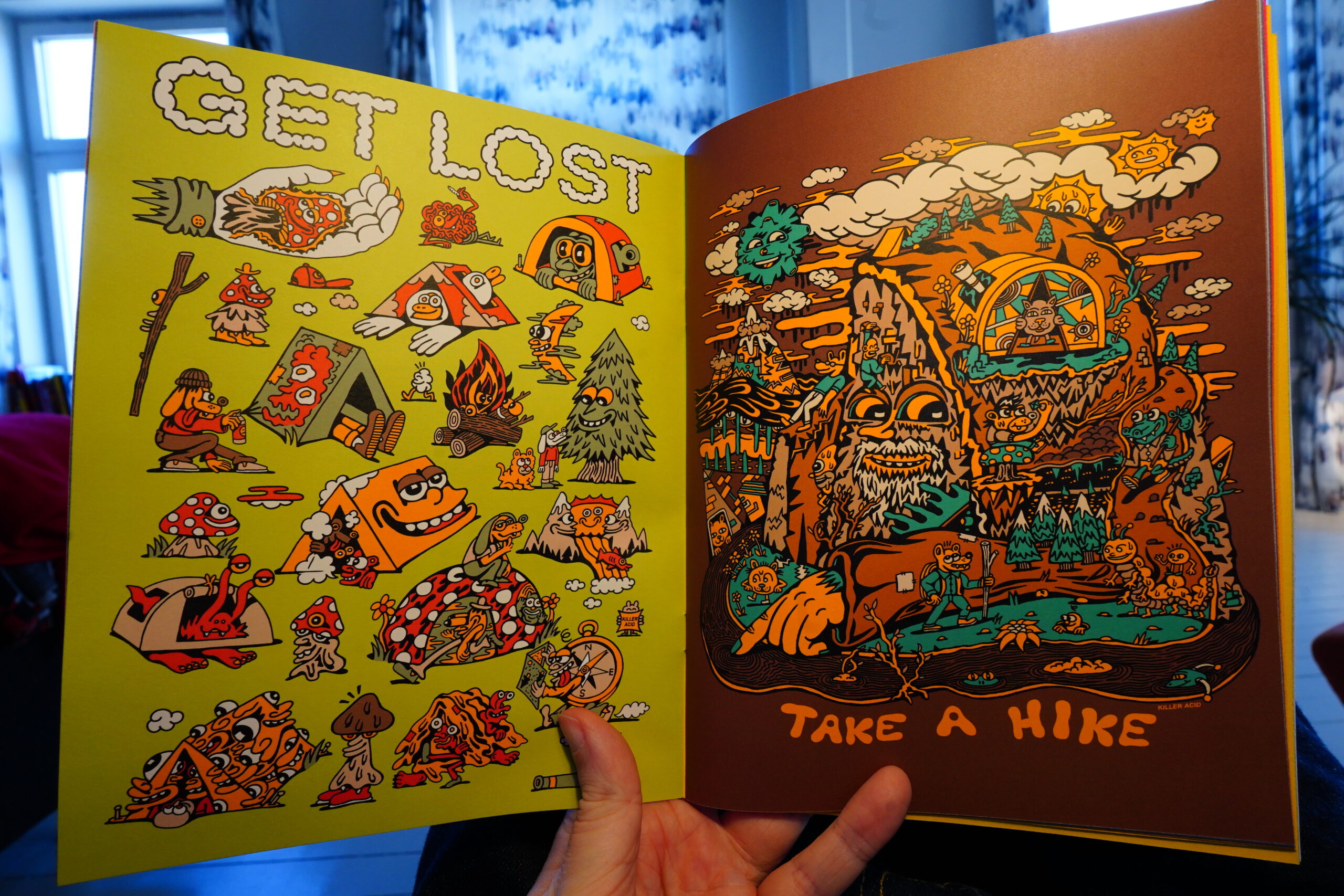
It’s got very consistent themes. I mean theme.
| Hype Williams: One Nation |  |
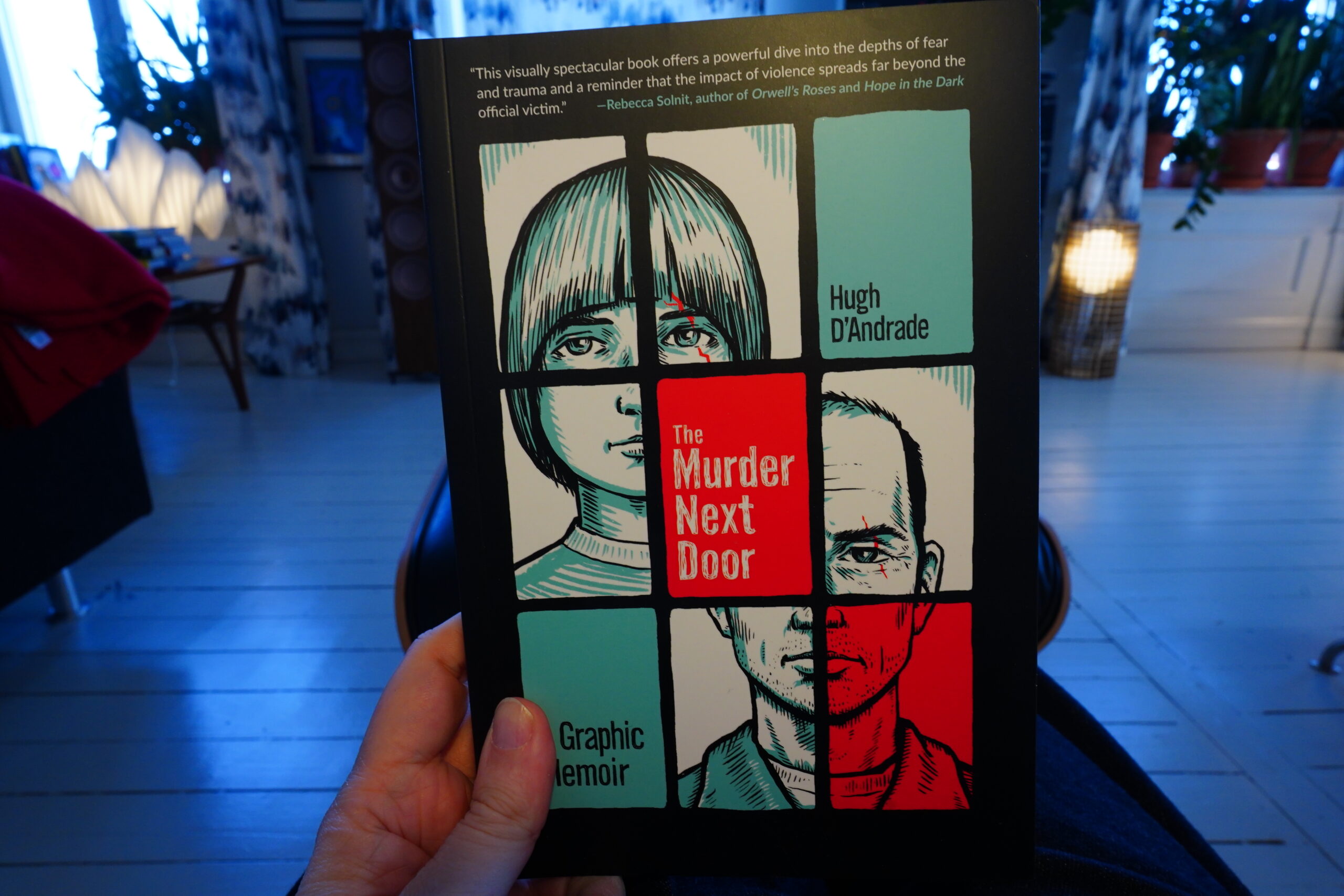
16:28: The Murder Next Door by Hugh D’Andrade (Street Noise)
Well, the quote on the cover looks uplifting…
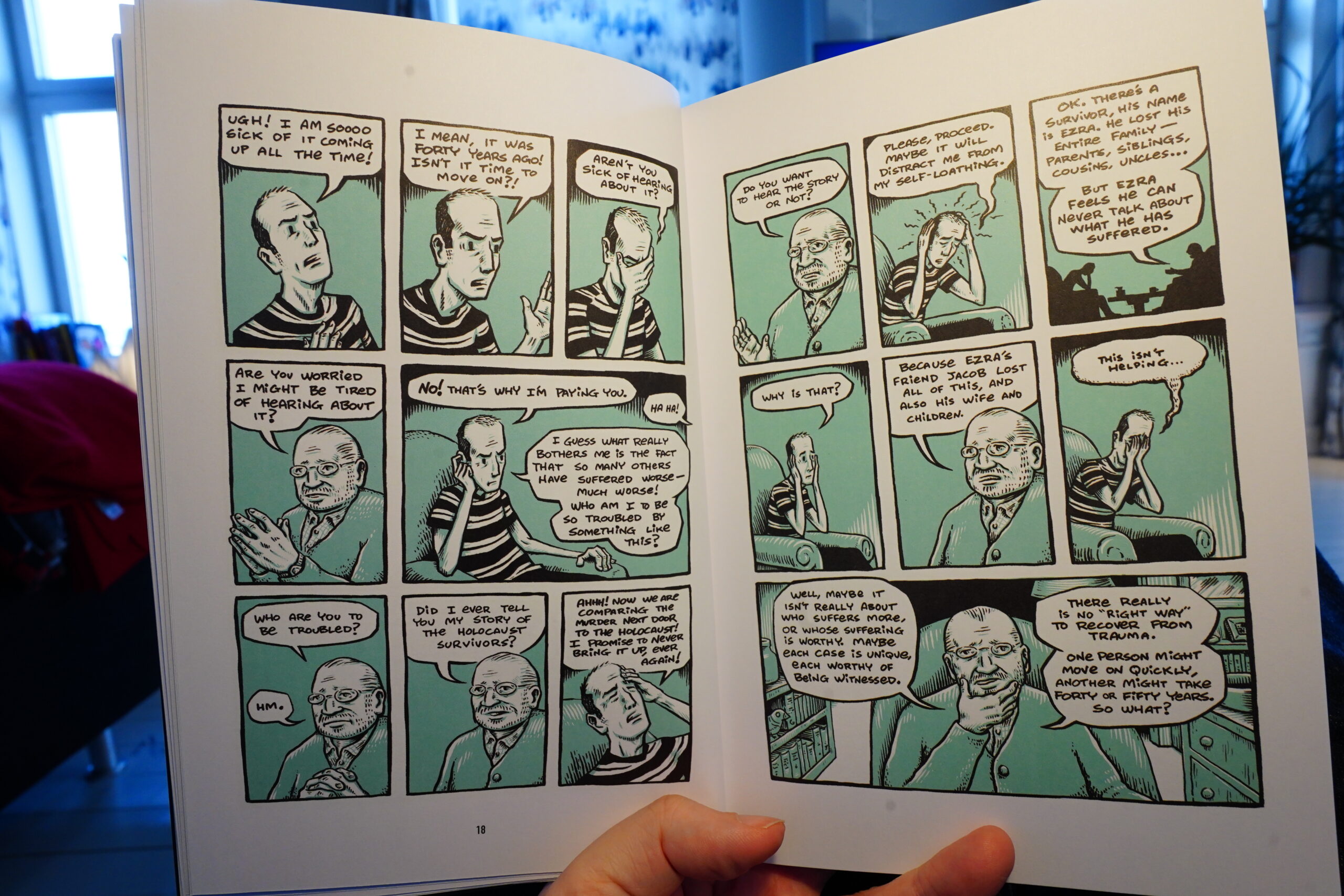
Uh-oh. Therapy speech ahead. And the author is here using the well-known trick of criticising himself and this book so that nobody else are able to criticise it. That’s just how it works!
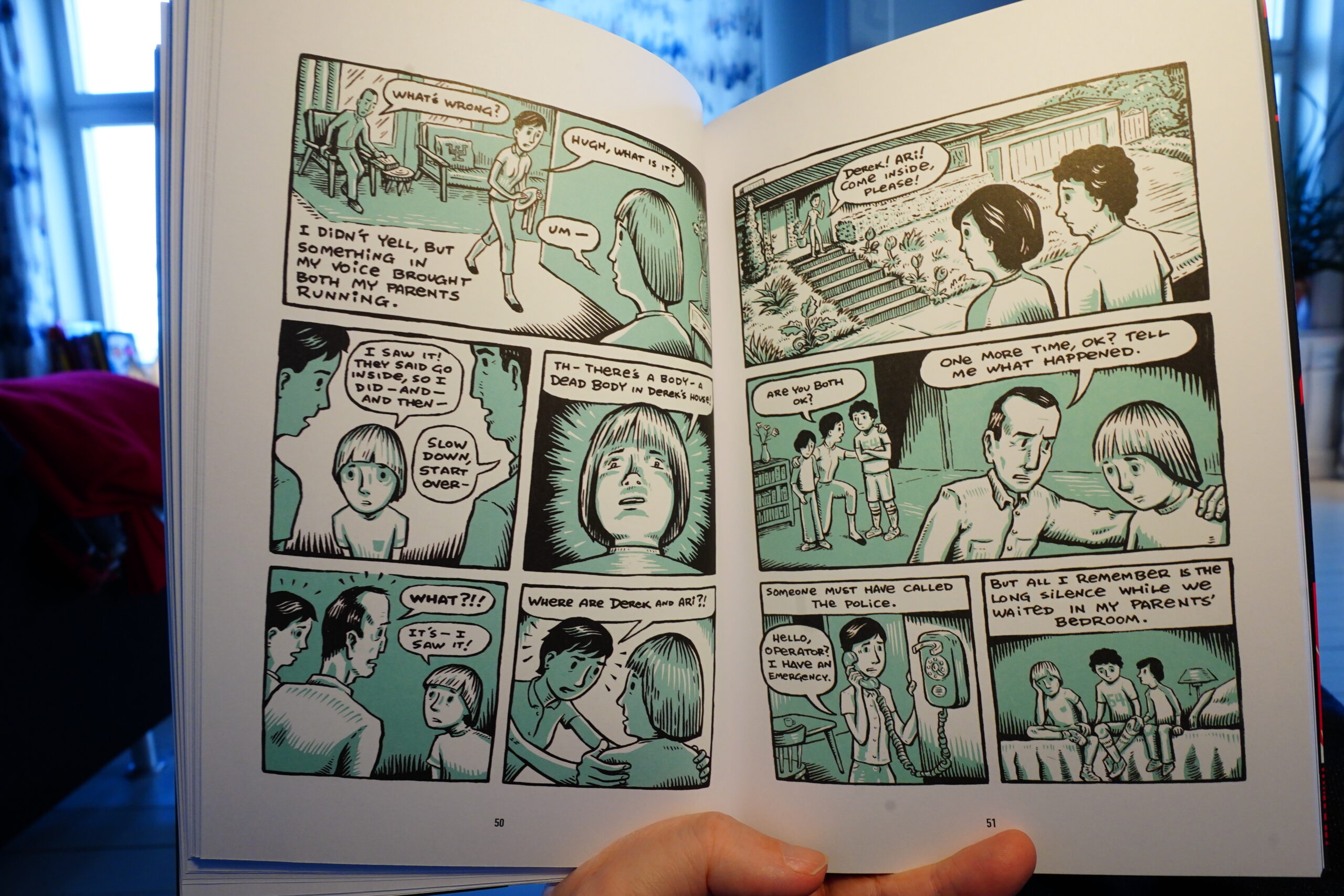
Like with many of these therapy based books about Some Dramatic Event While Growing Up, it feels both over-done and under-cooked: He explains every feeling to us in detail, so that there’s very little left for the reader to do, but at the same time, there are glaring omissions from the story that the author doesn’t seem to open the door to at all.
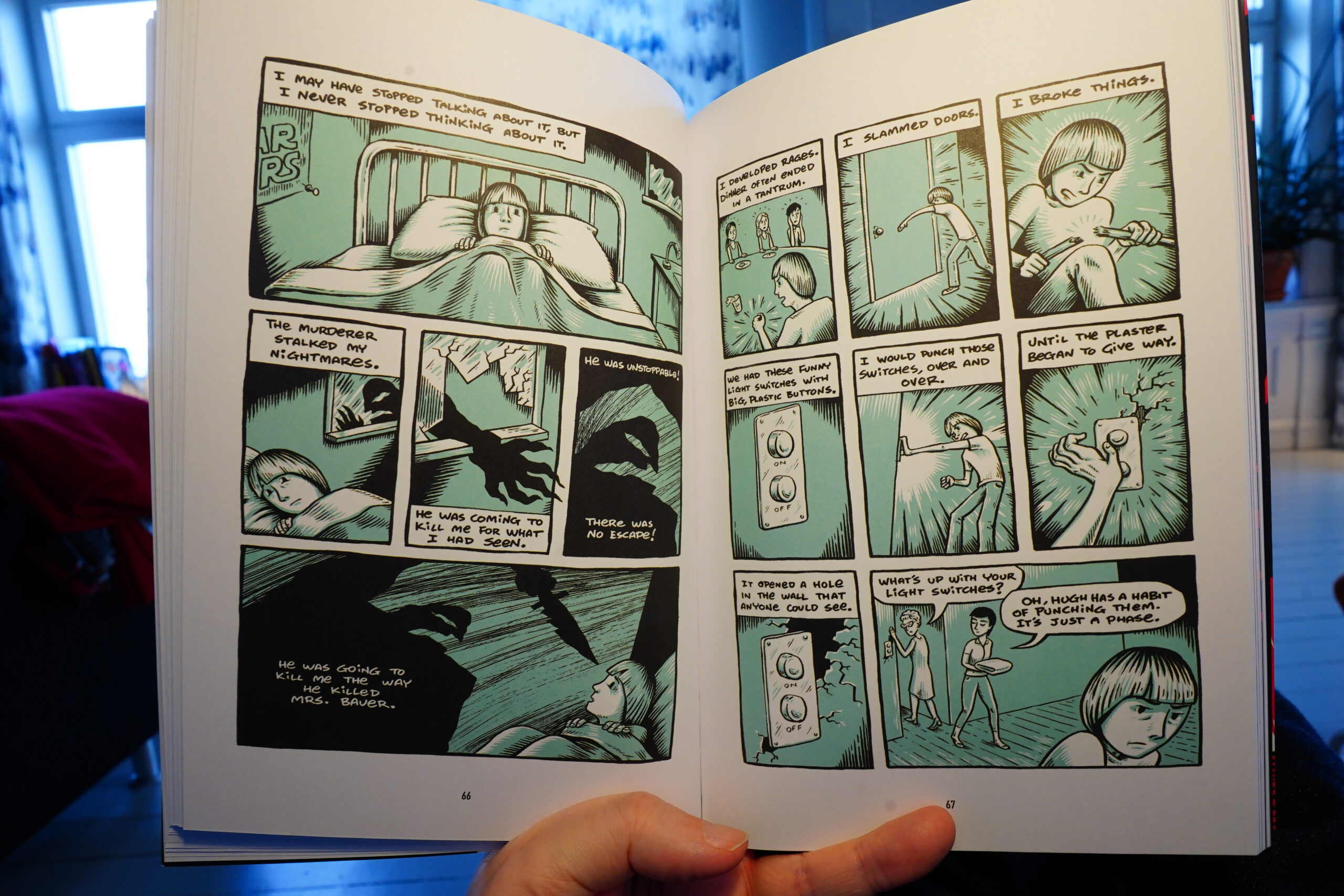
But the book is OK, I guess? It’s fine.
| Gang Gang Dance: Eye Contact | 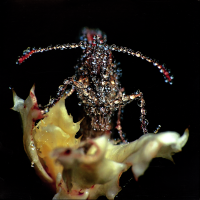 |
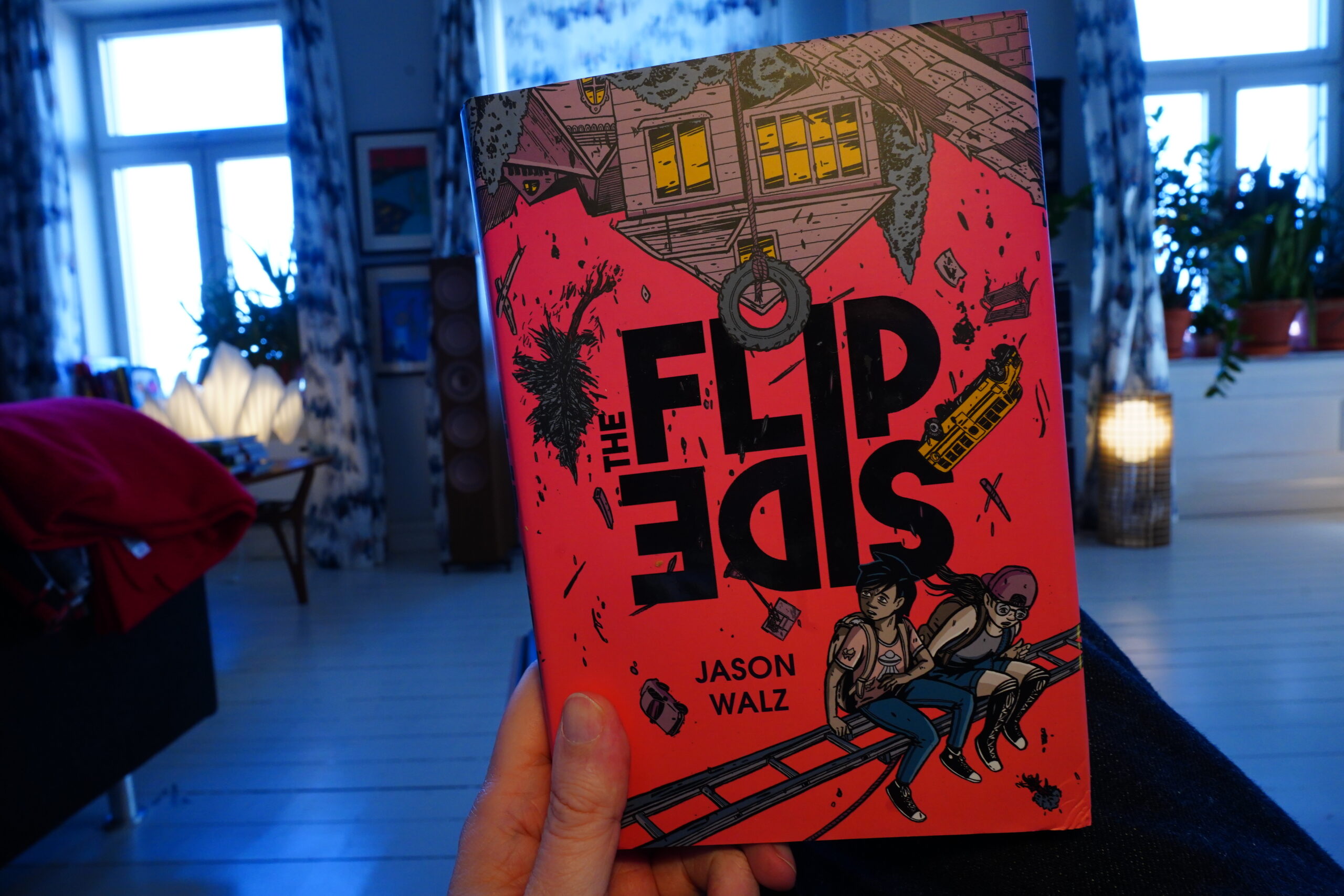
16:59: The Flipside by Jason Walz (Penguin Random House)
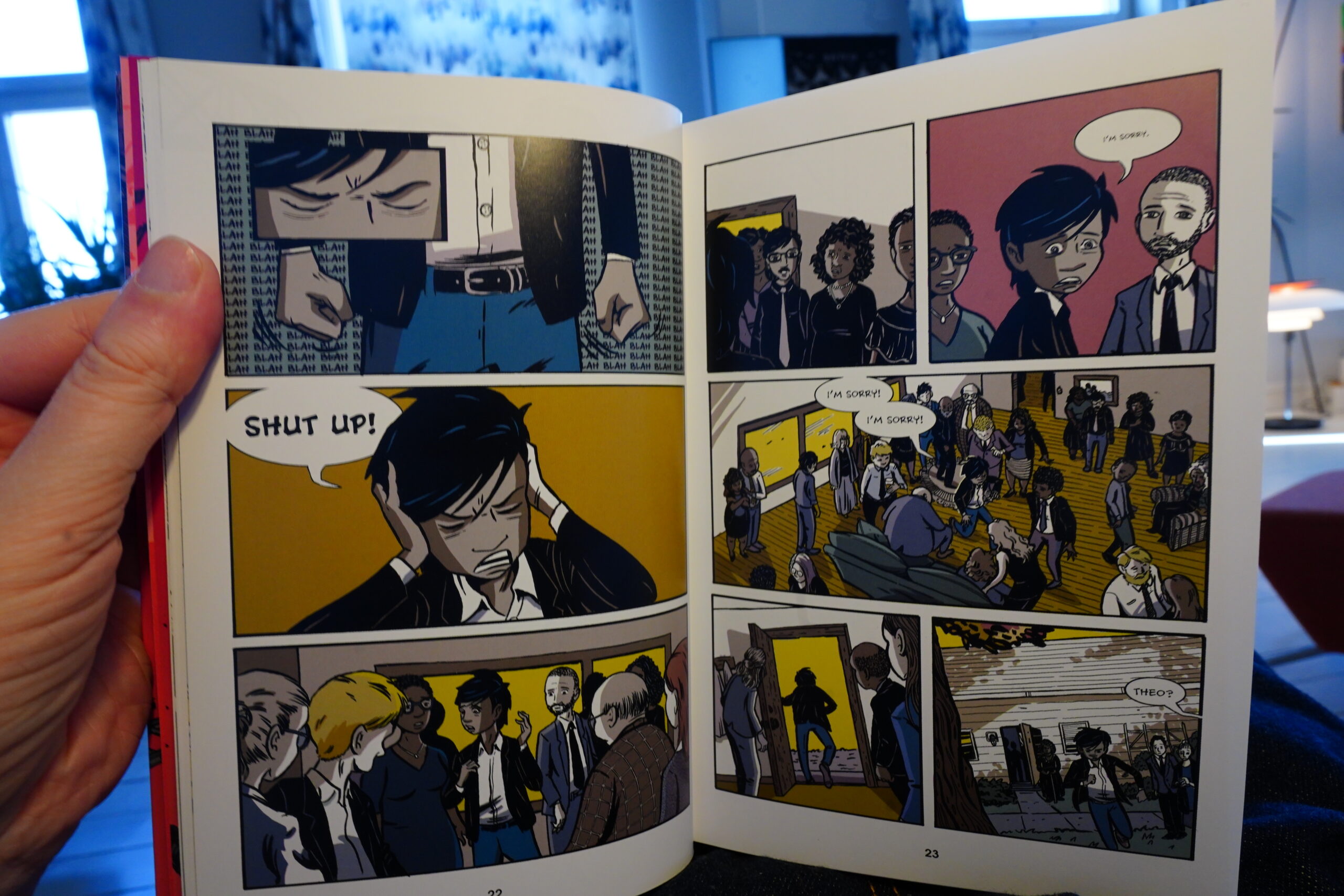
Uh-oh. This just isn’t my kind of artwork — it’s very tablet-ey.
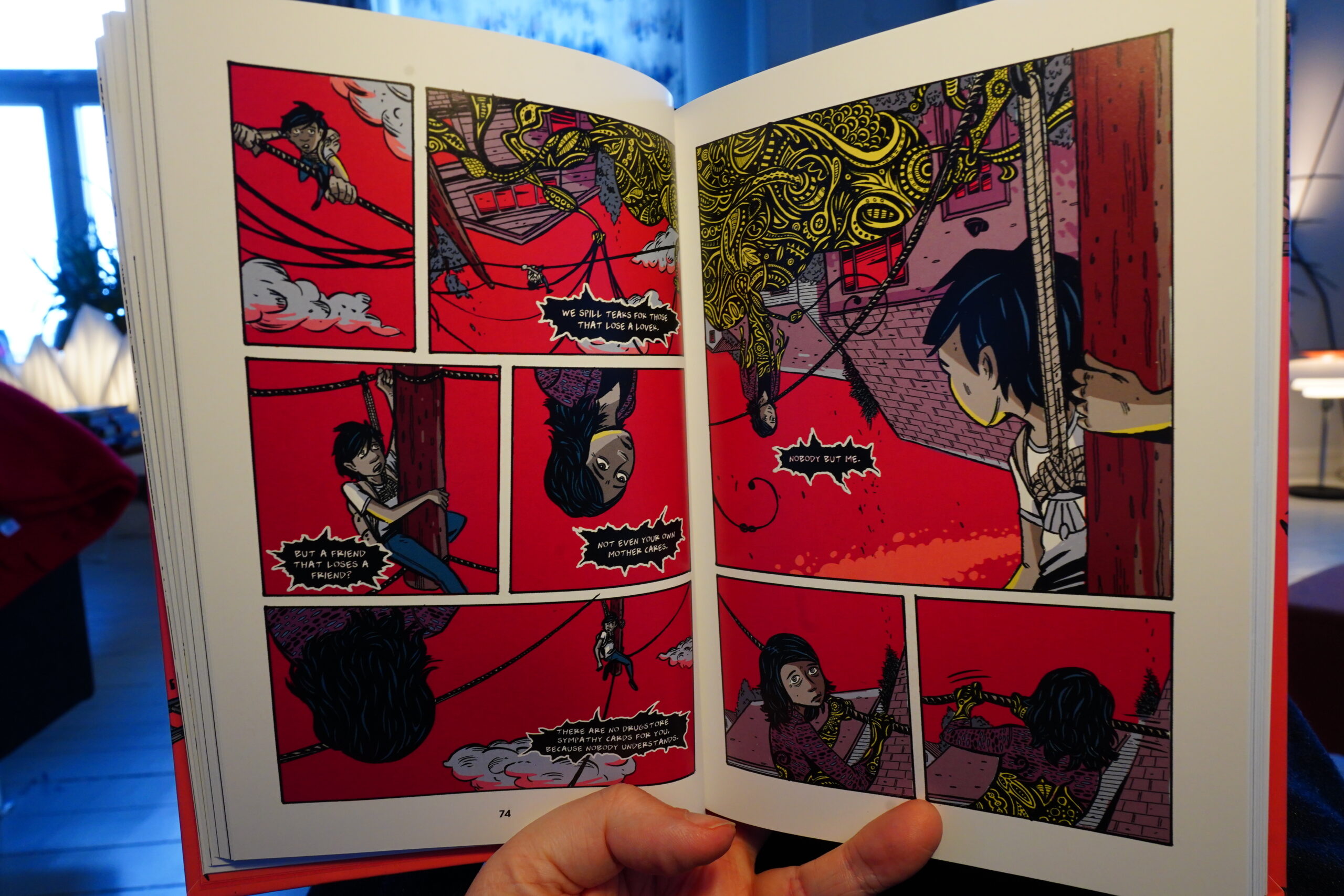
Anyway, this is a sort of post-apocalyptic upside-down that probably would make for a good Netflix series?
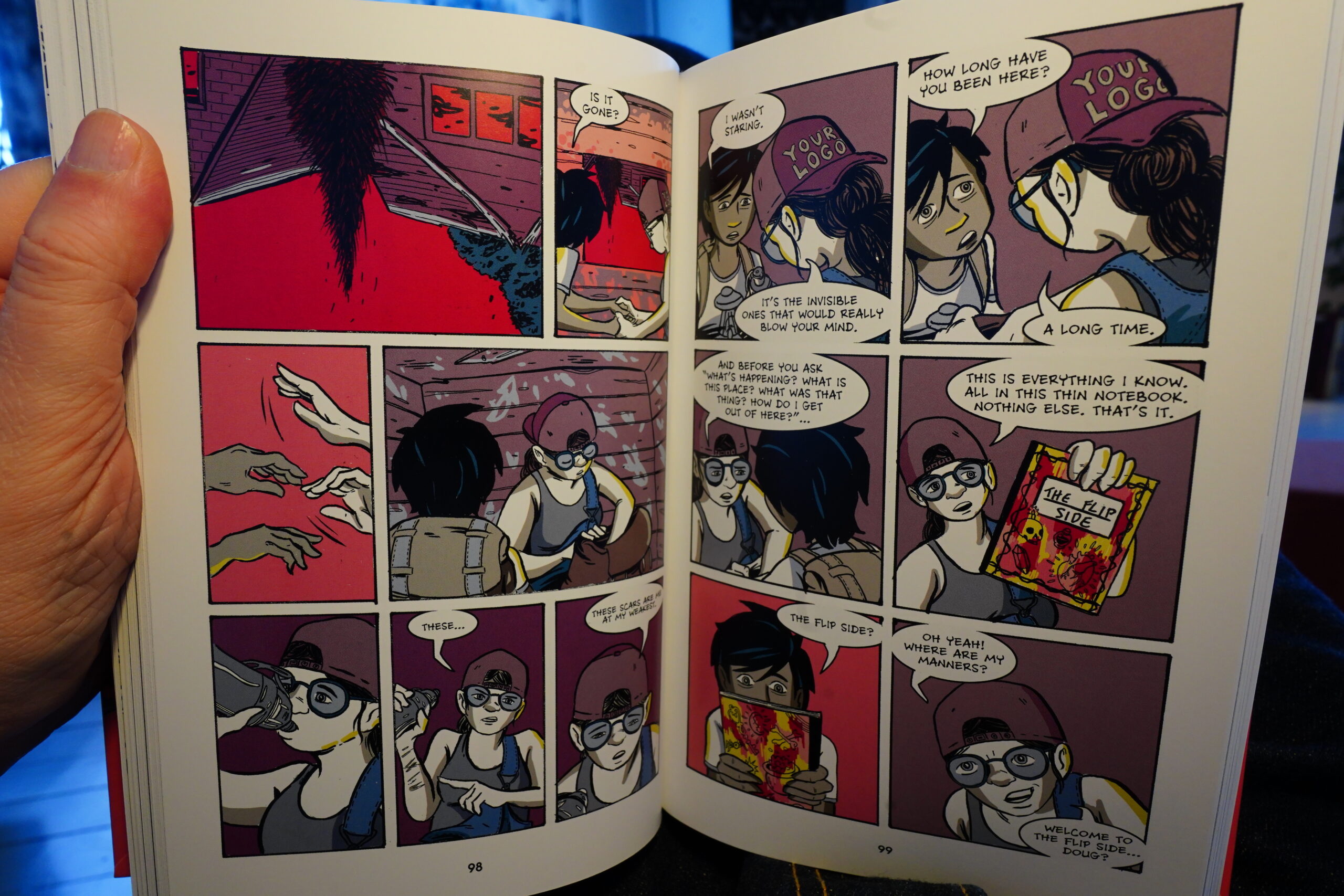
It’s already got the most unconvincing dialogue ever, so they don’t have to change that part.
I’m starting to wonder whether somebody at TFAW were protecting me by not shipping me stuff I obviously wouldn’t like. It’s like they had ESPN or something!
(Yes, I re-watched it the other week.)
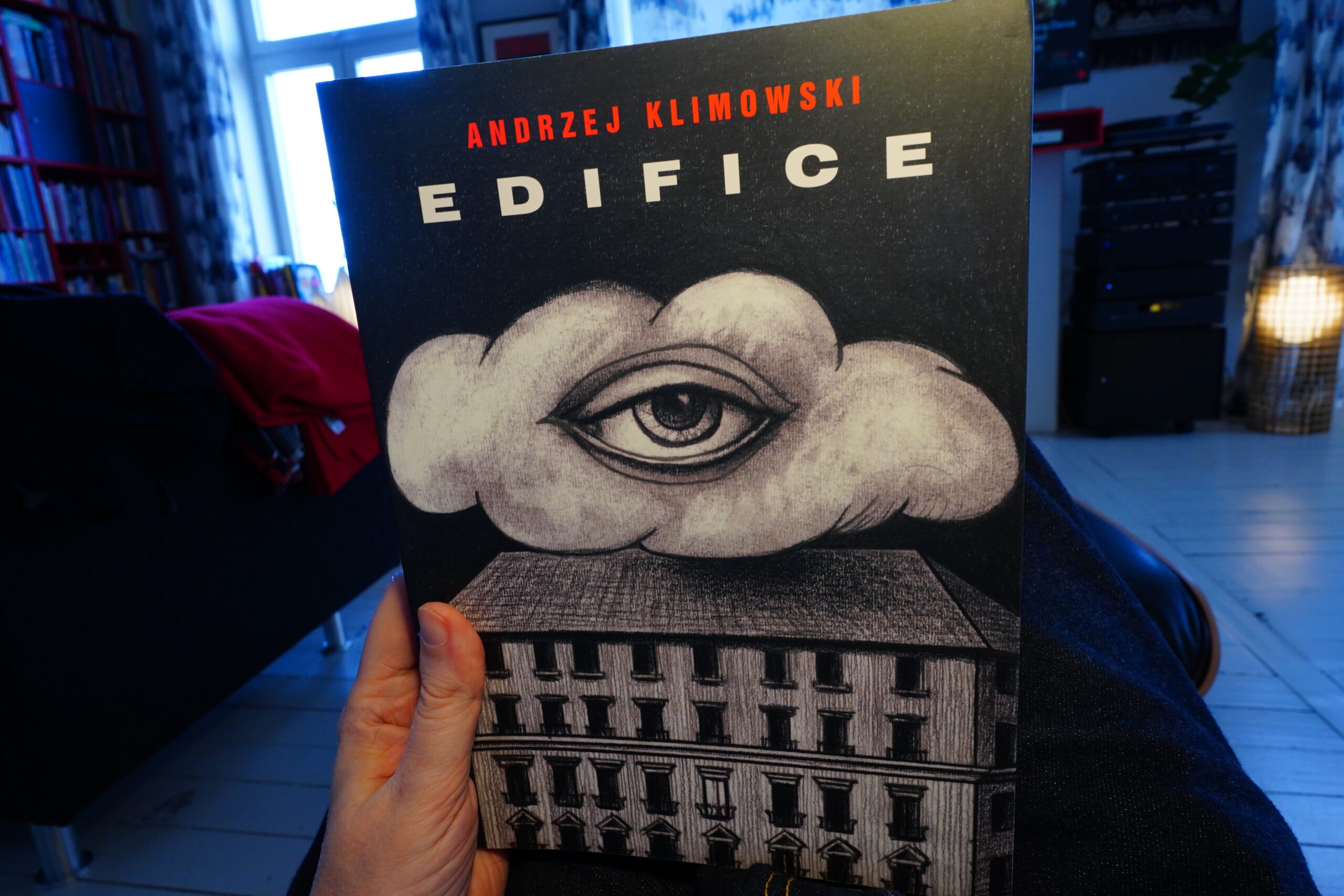
17:47: Edifice by Andrzej Klimowski (Selfmadehero)
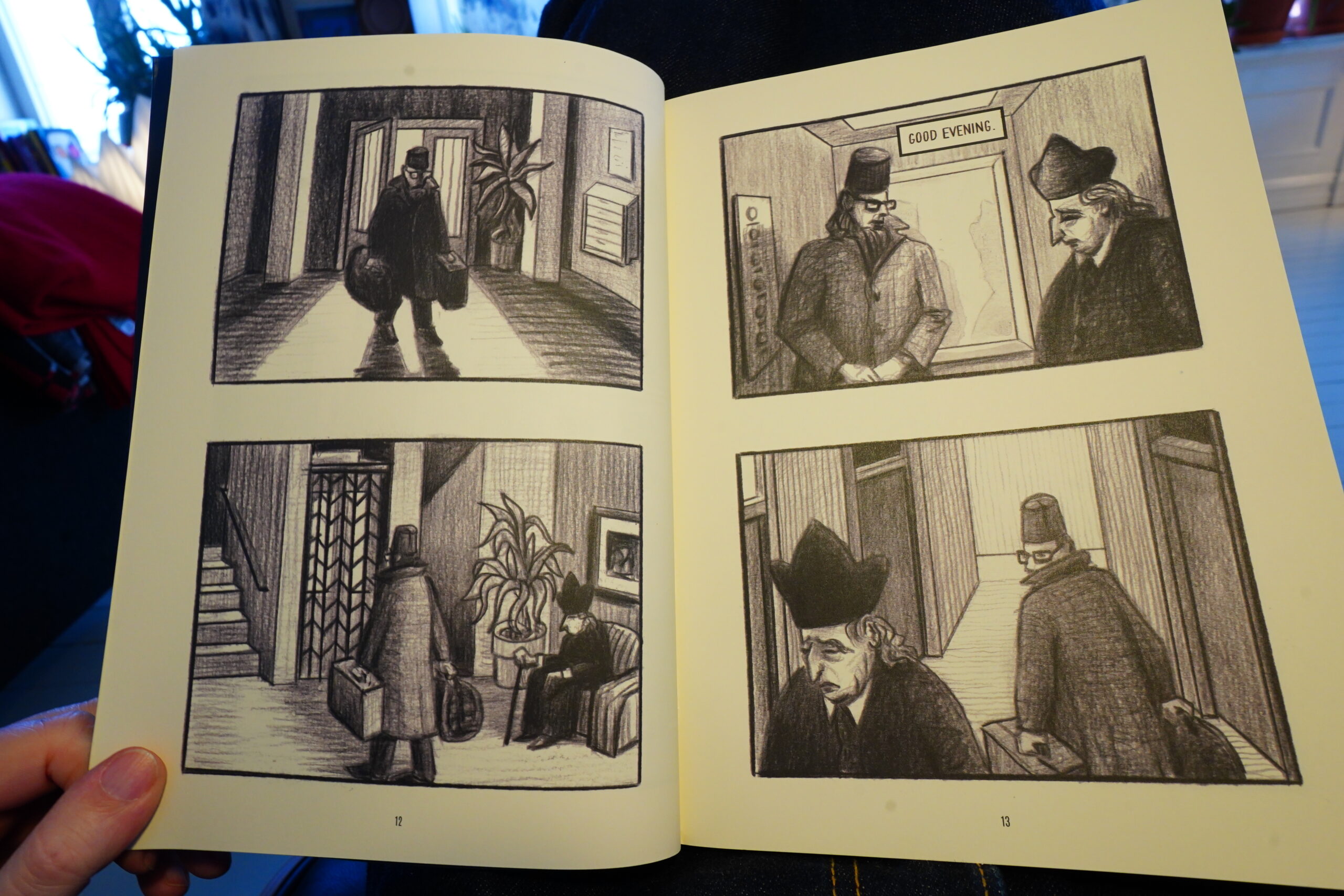
This is very mysterious.
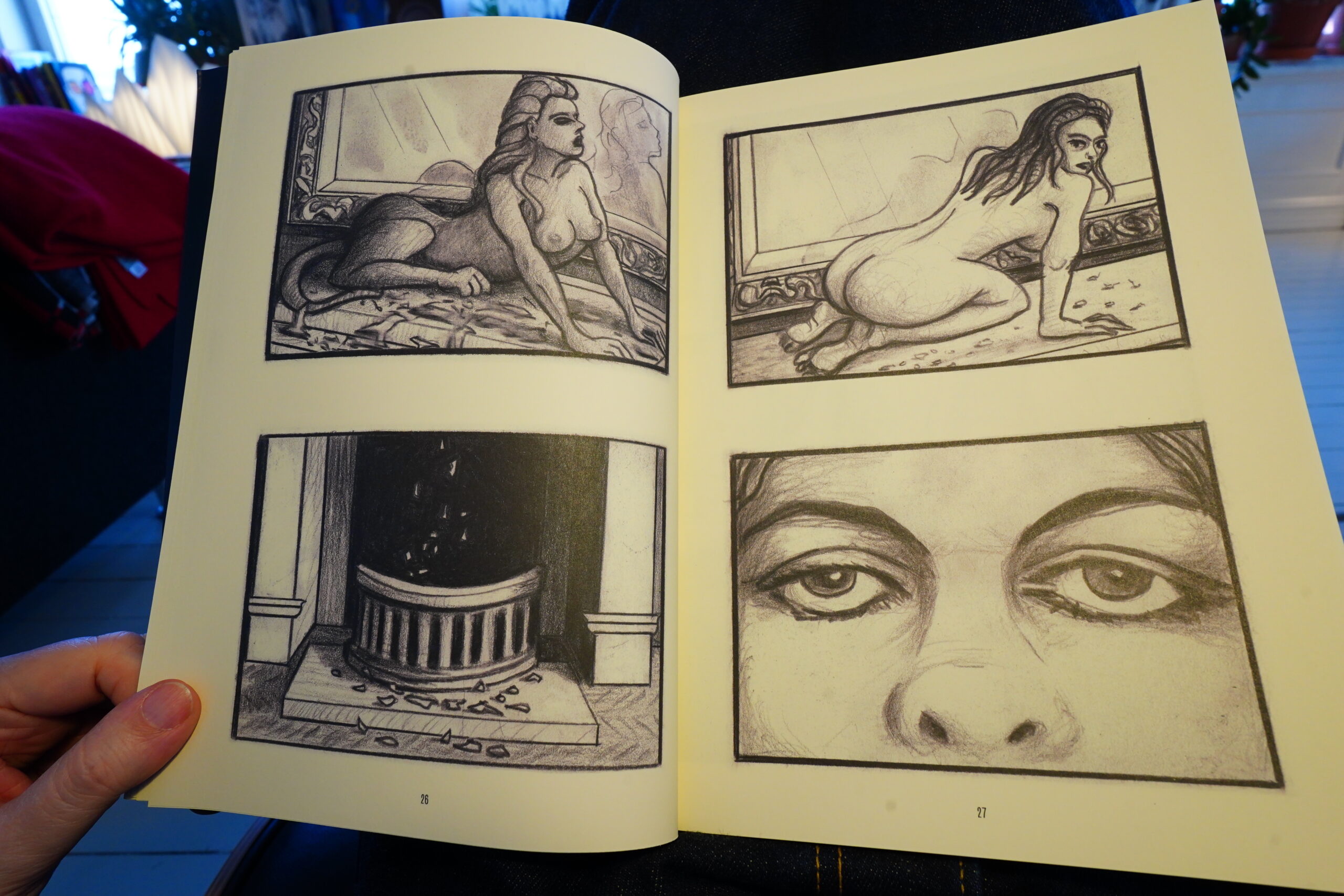
Very symbolic I’m sure. It’s pretty good.
| Gretchen Phillips: Disco Dance Party 2000 | 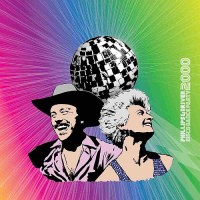 |
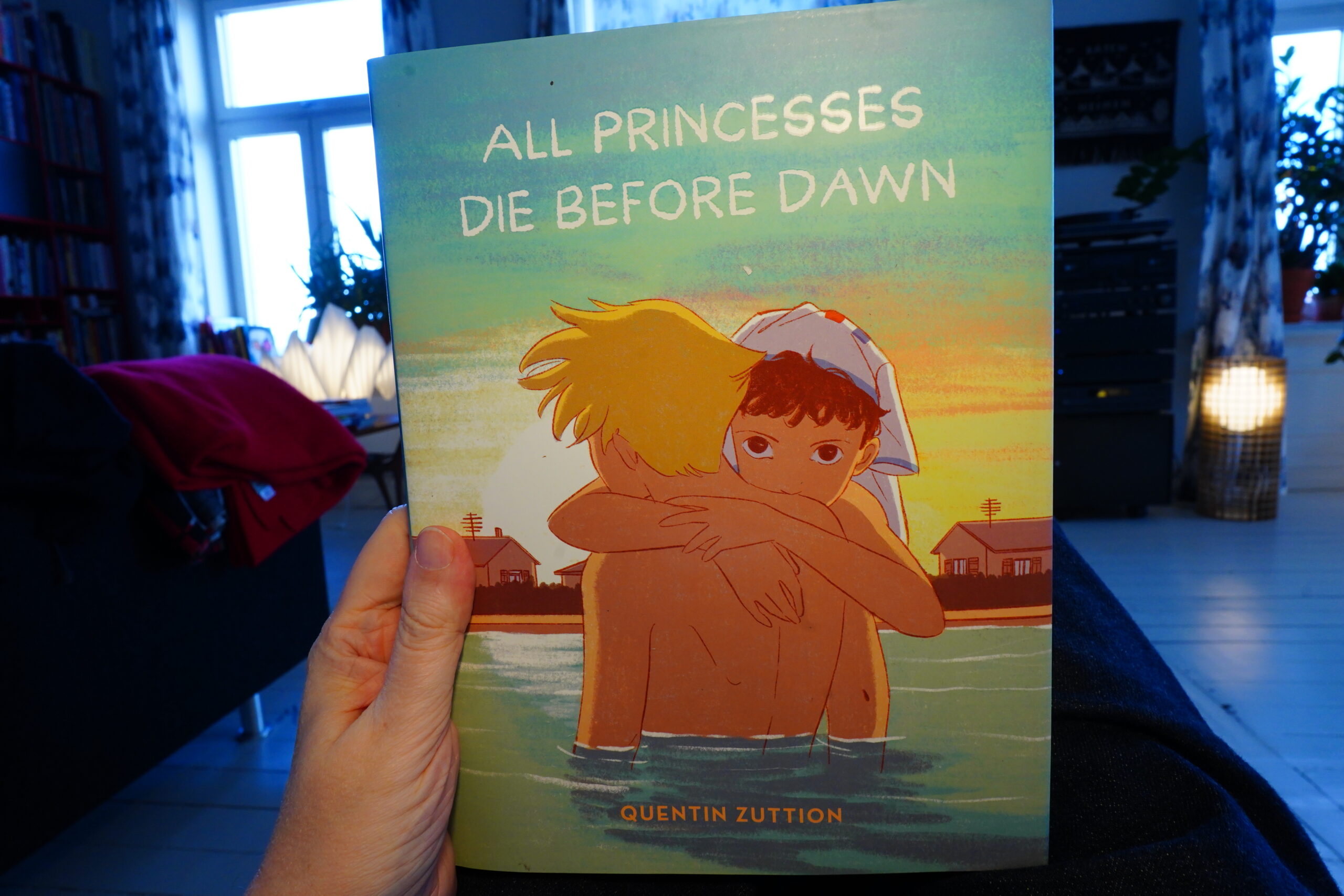
18:00: All Princesses Die Before Dawn by Quentin Zuttion (Abrams)
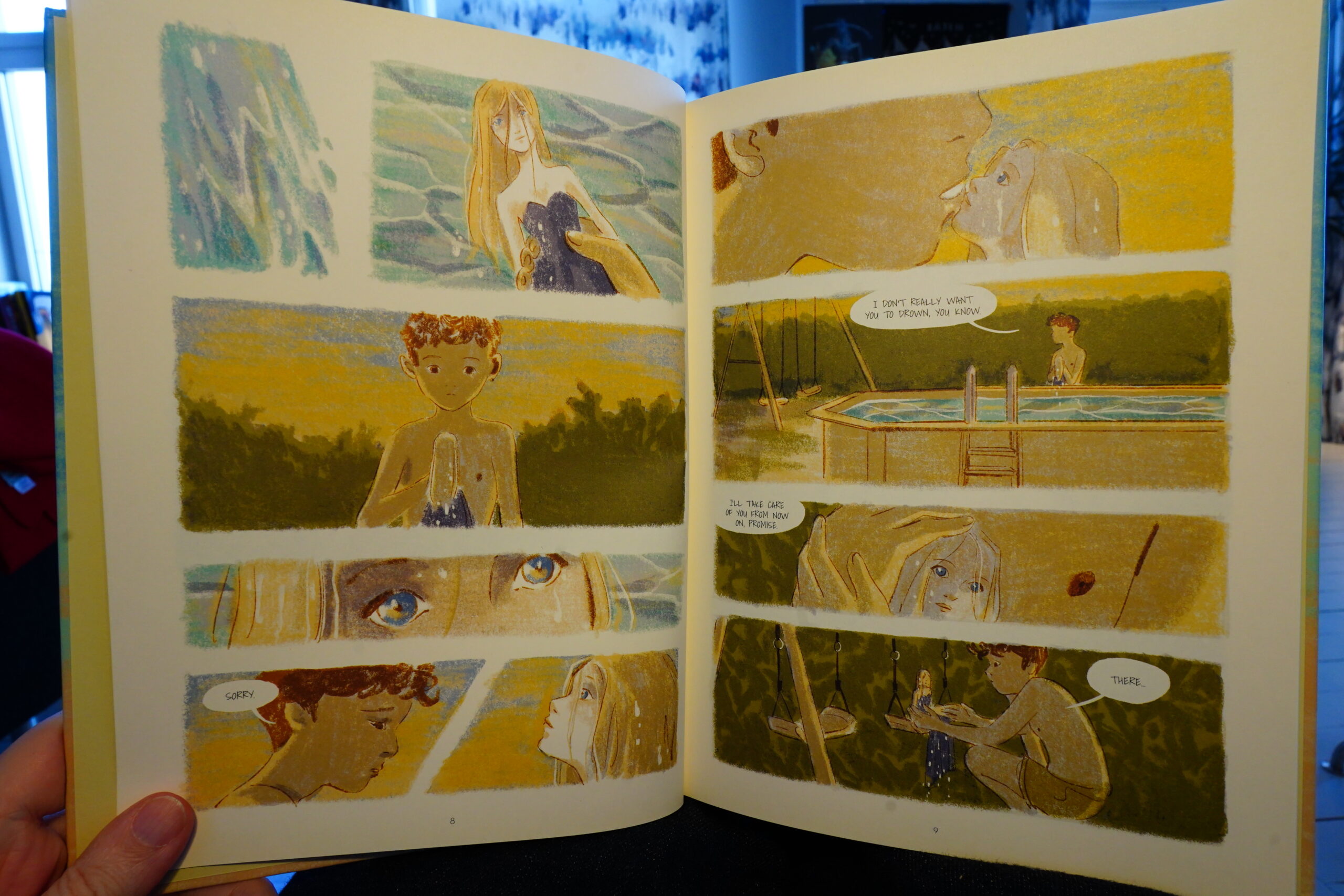
Wow, this looks… Odd! I mean, it immediately gives the impression of being coloured with crayons, but it just looks off. The lines look very tablet-ey, so I guess this crayon colouring effect is just a Photoshop/whatever brush of some kind? Whatever it is, it looks disturbingly wrong.
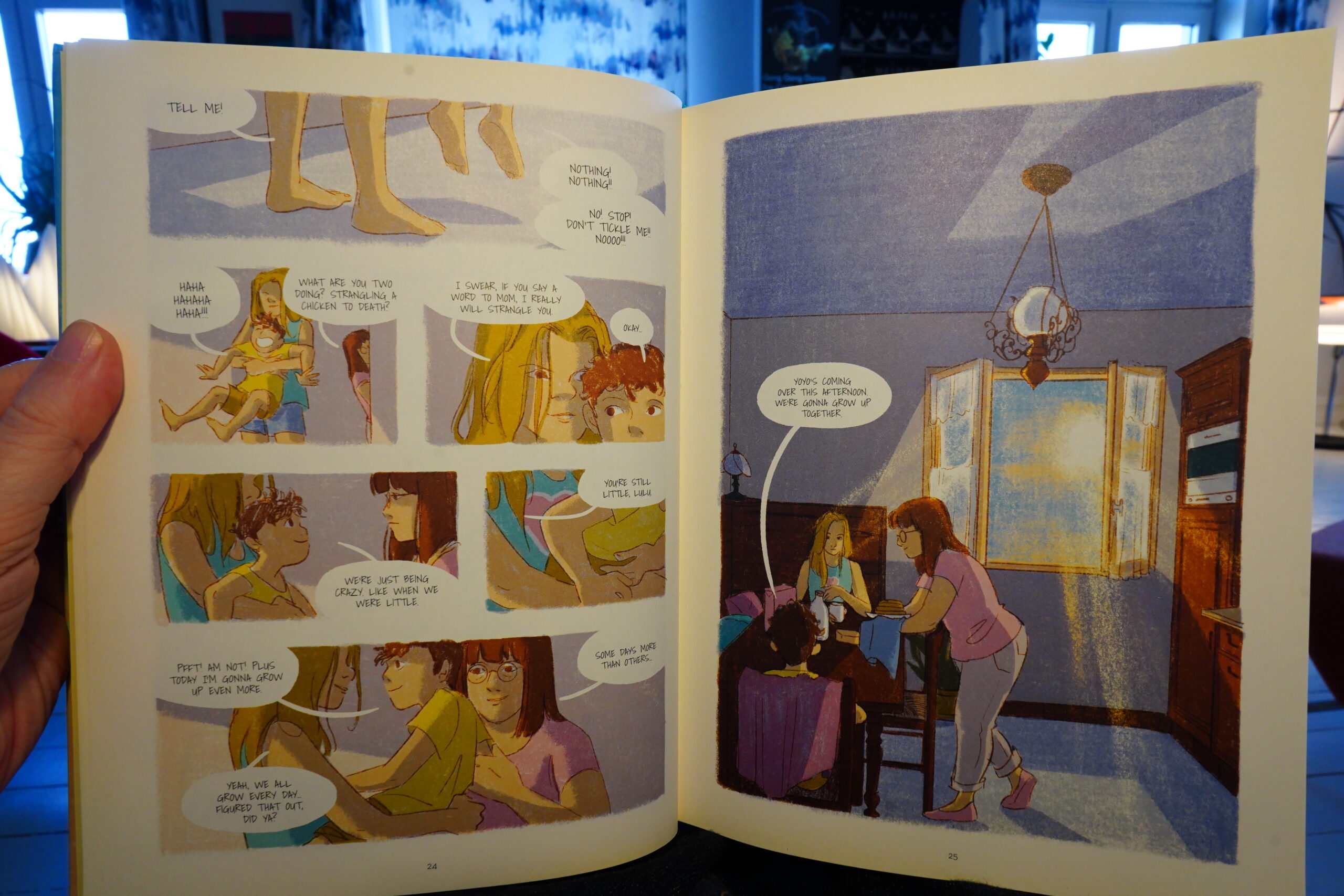
But the book’s otherwise pretty OK. Kinda sweet.
| Ford & Lopatin: Emergency Room | 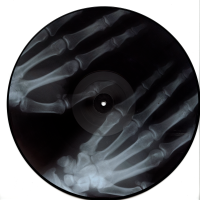 |
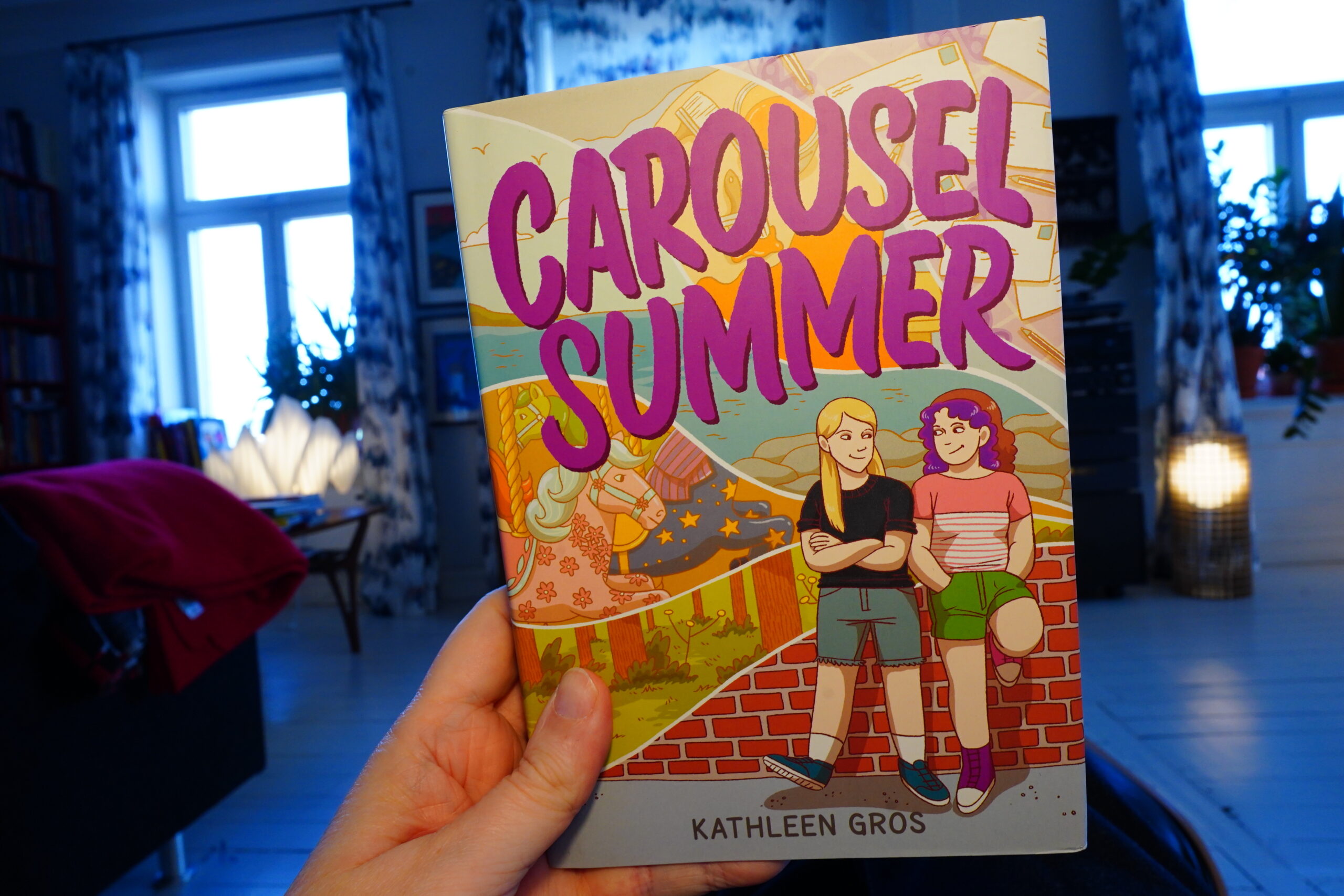
18:32: Carousel Summer by Kathleen Gros (HarperCollins)
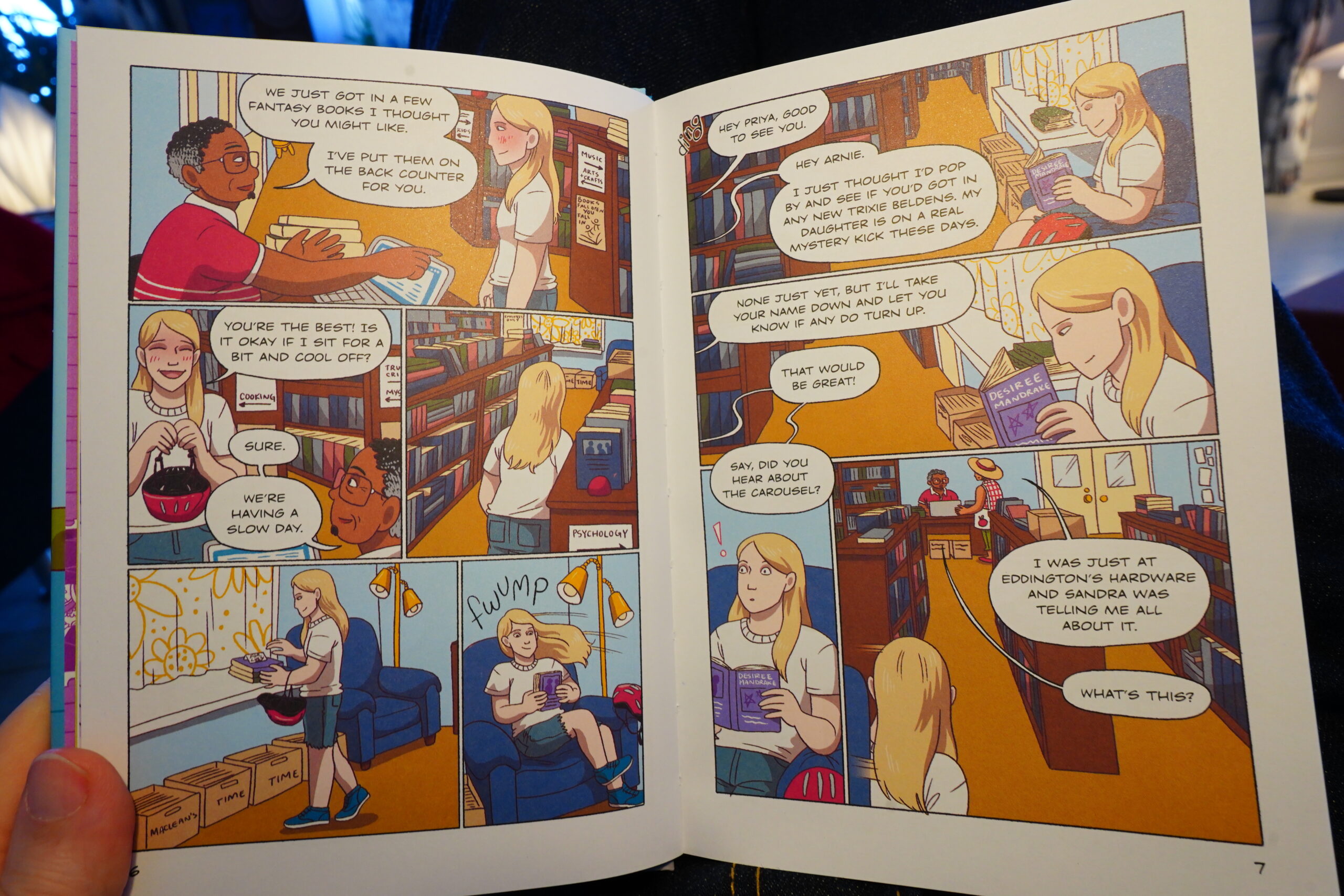
The art style here isn’t quite the standard comics-for-teenagers style — it’s a bit more angular? Perhaps an influence from Japanese comics?
The book is pretty sweet — it’s very straightforward, and you probably know how it goes already. But it’s charming.
| Maria & The Mirrors: Travel Sex | 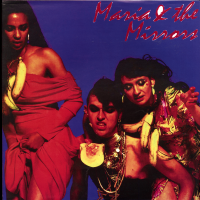 |
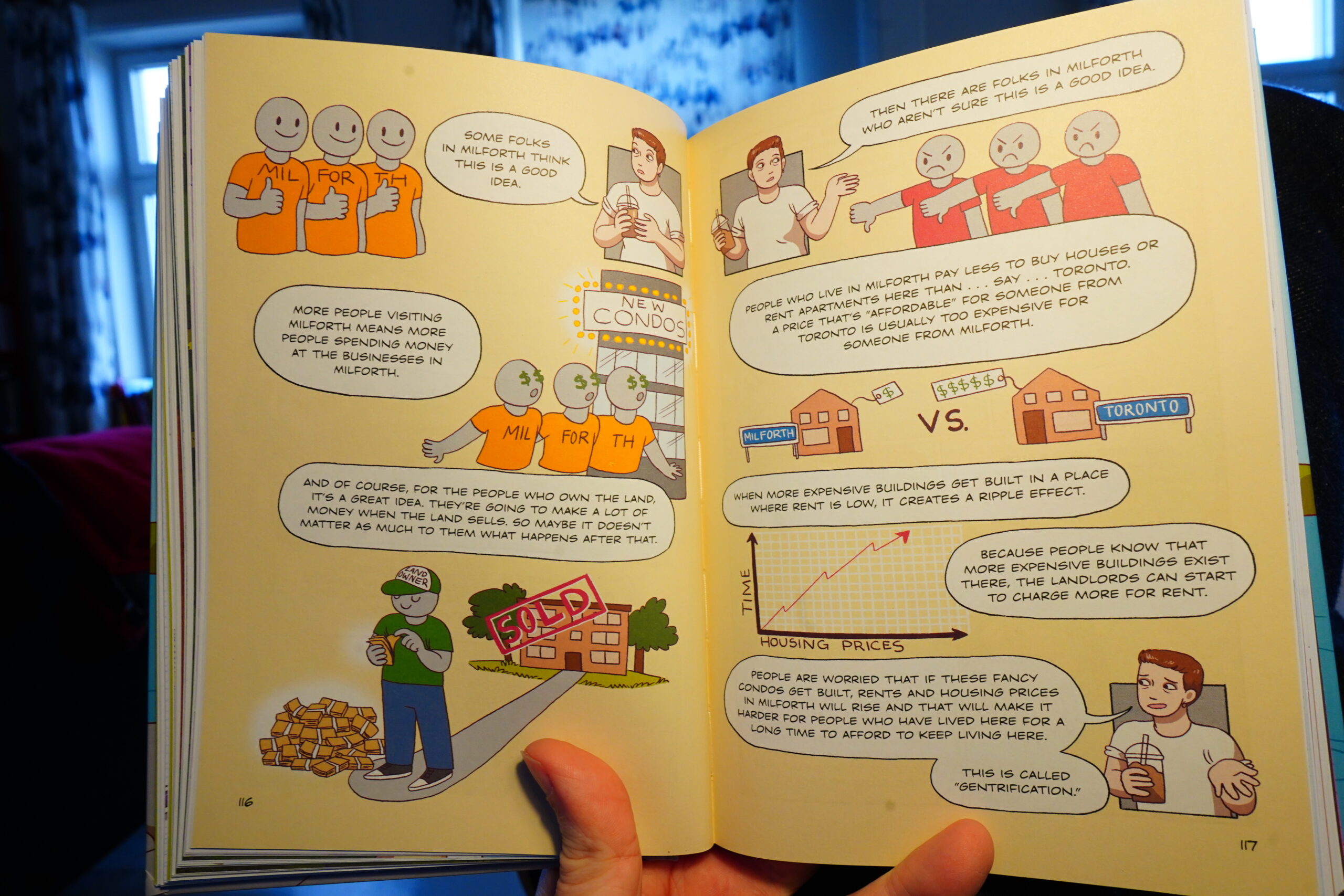
Perhaps a bit too edumacational, but it’s Canadian, eh?
| Boris: New Album |  |
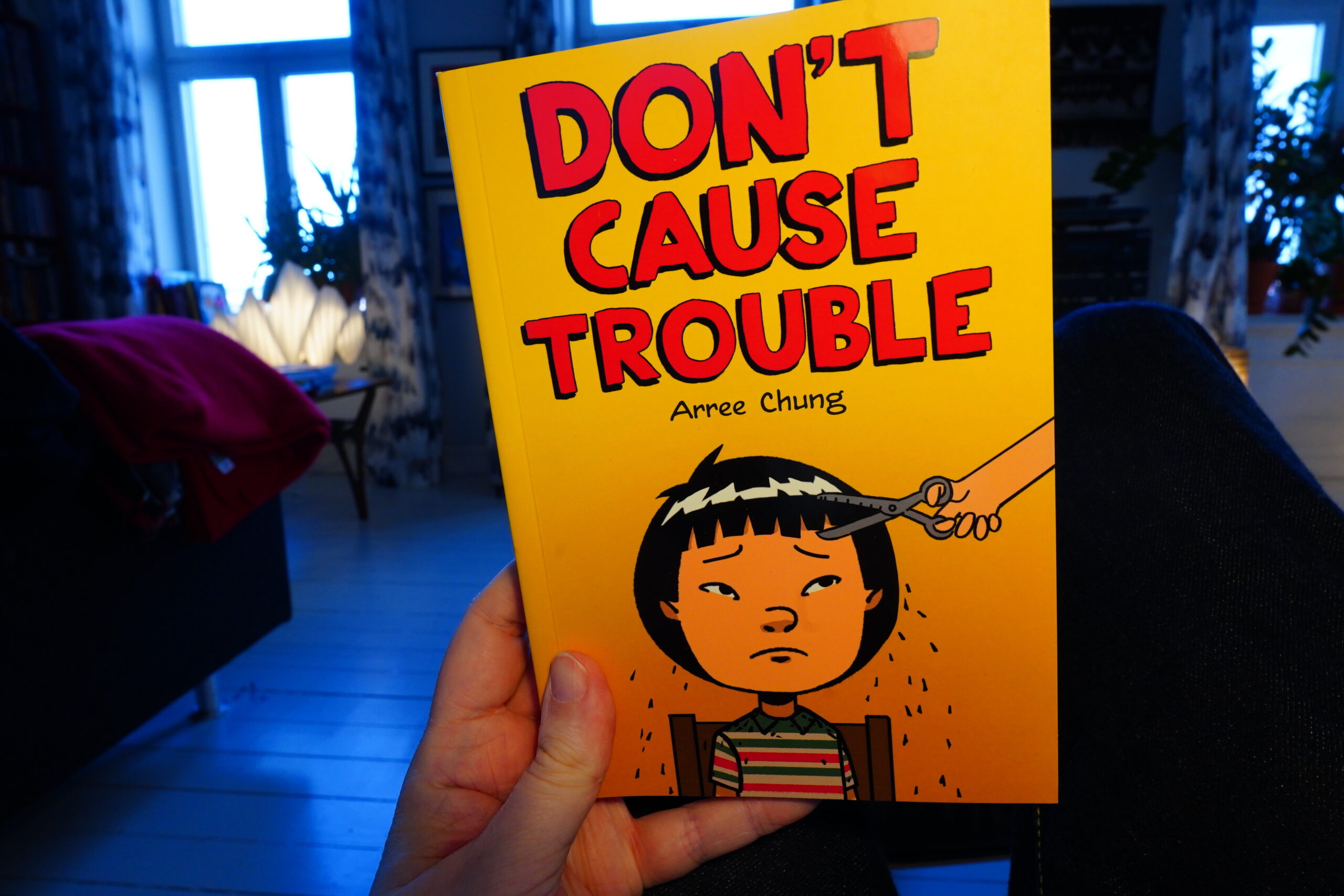
19:27: Don’t Cause Trouble by Aree Chung (Henry Holt)
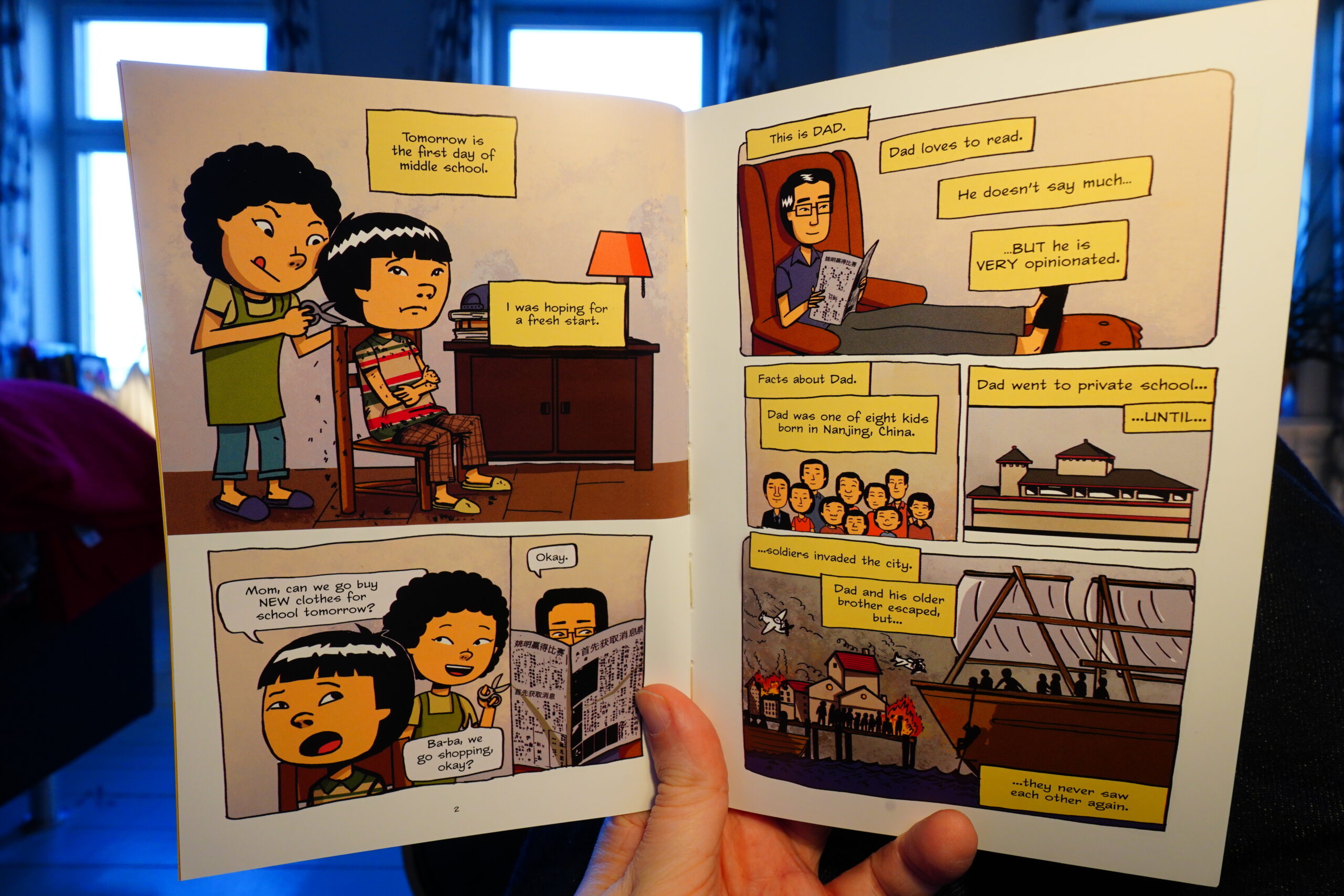
This is fun. Yes, it’s yet another story about growing up. But it’s pretty entertaining.
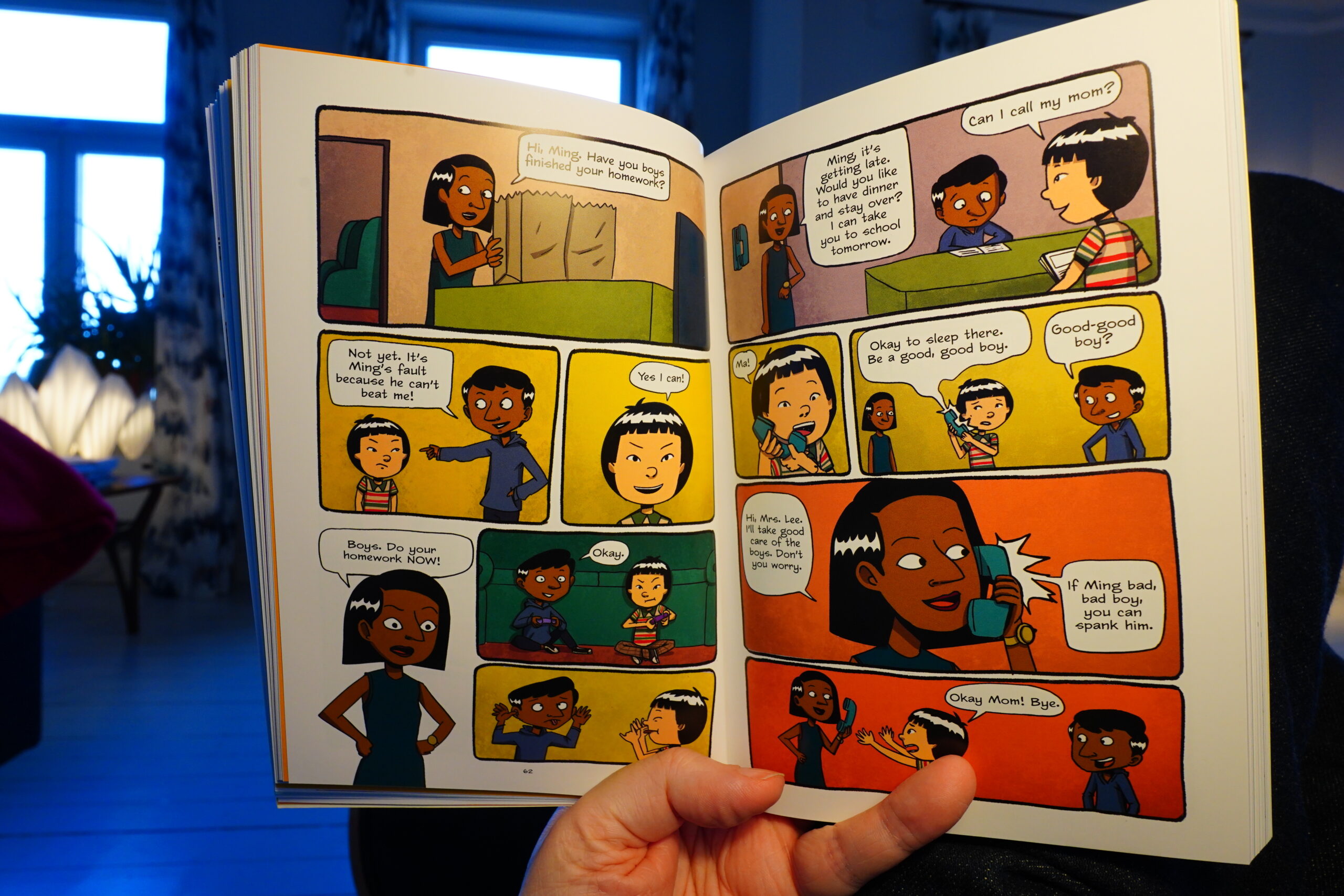
Heh heh, I’m so observant. I didn’t realise that the protagonist was a boy until page 62.
19:59: The End
And now I think I’m going to make some dinner before I swoon from hunger.
